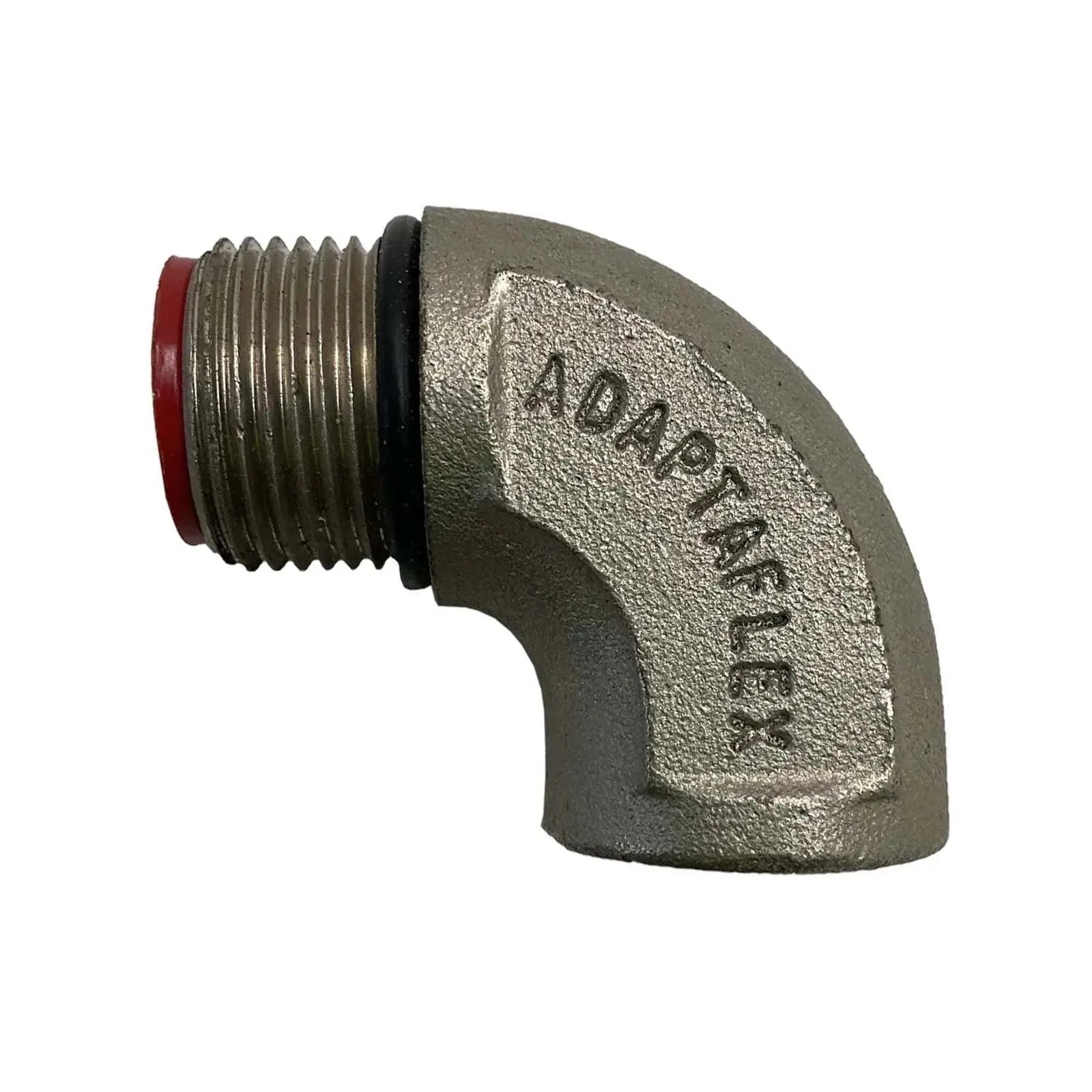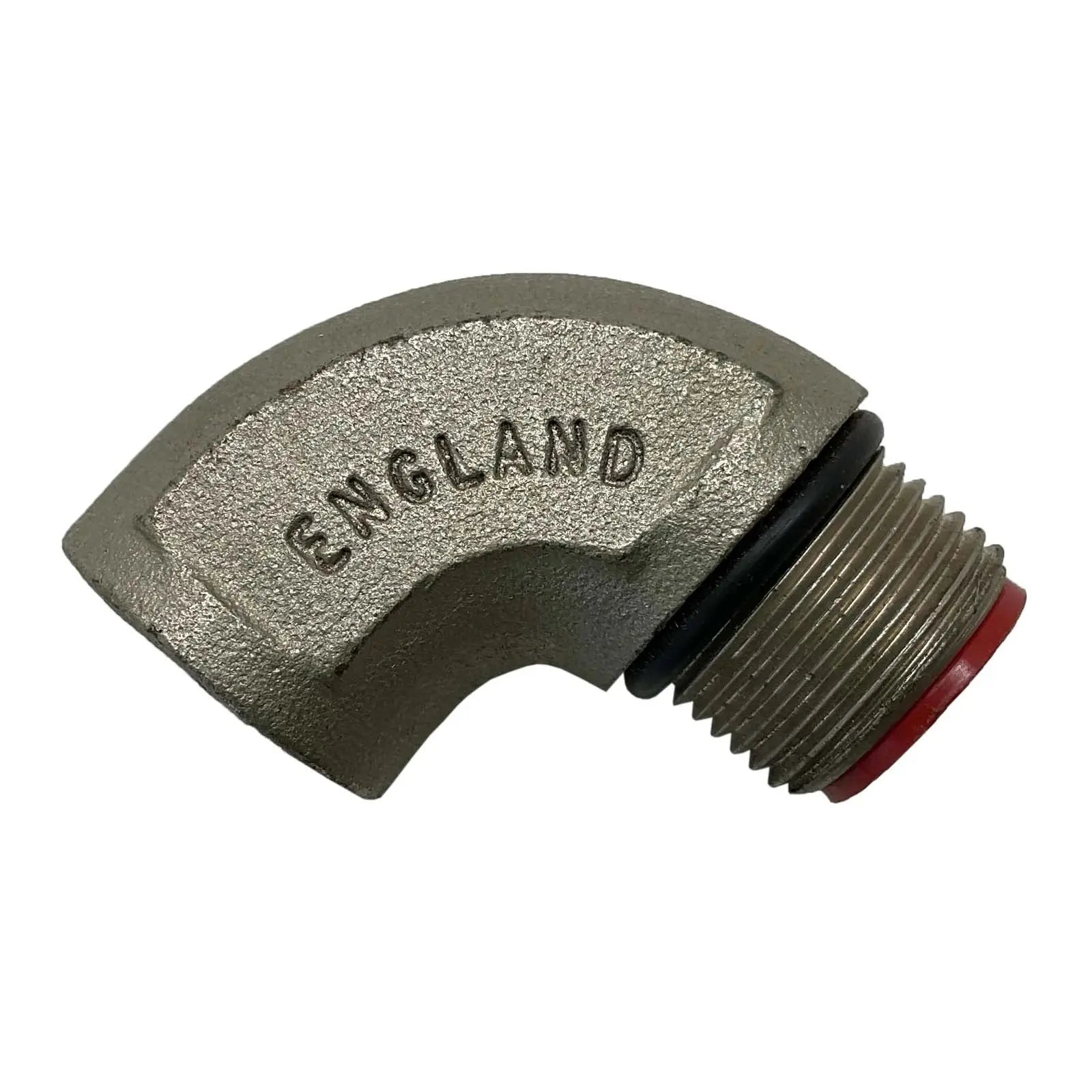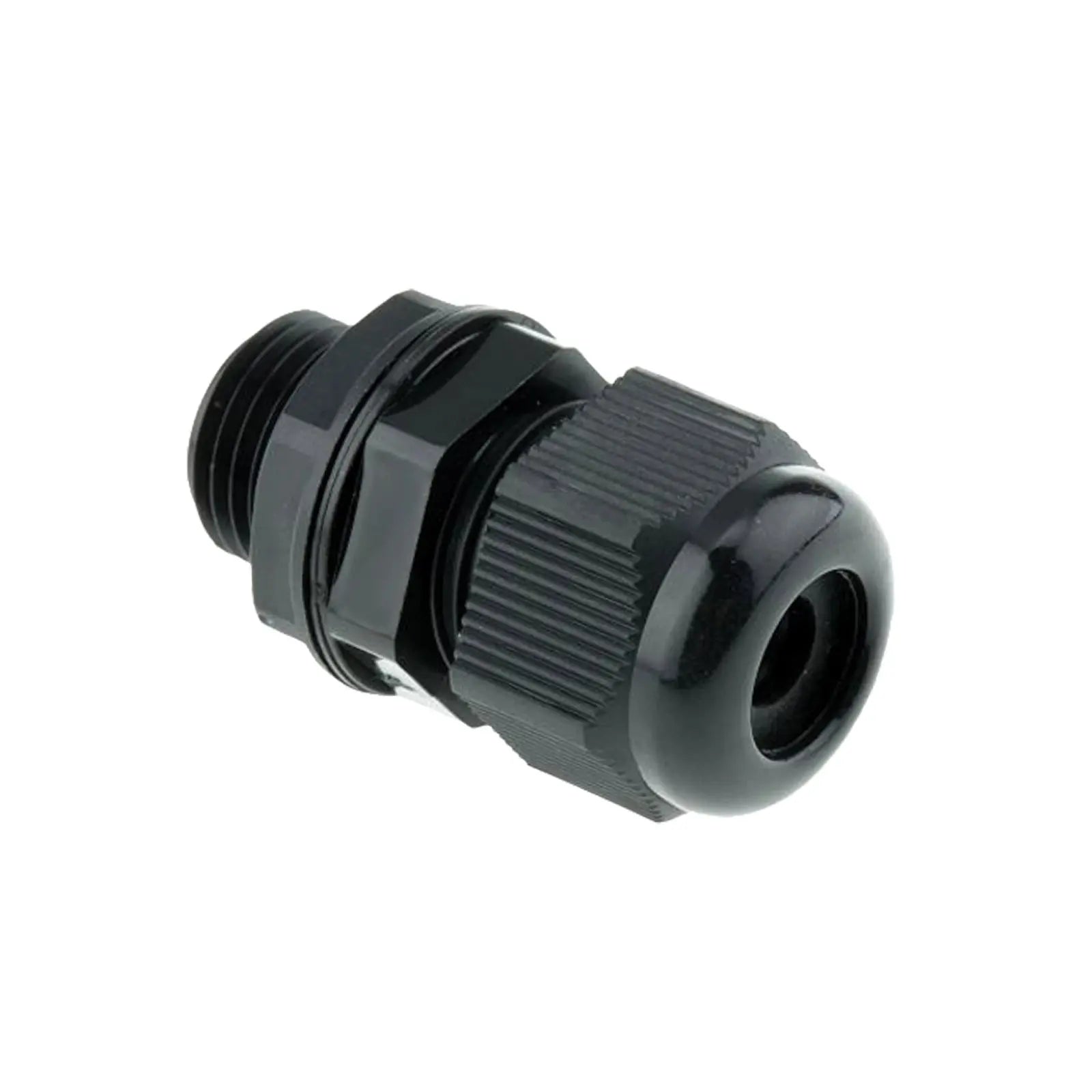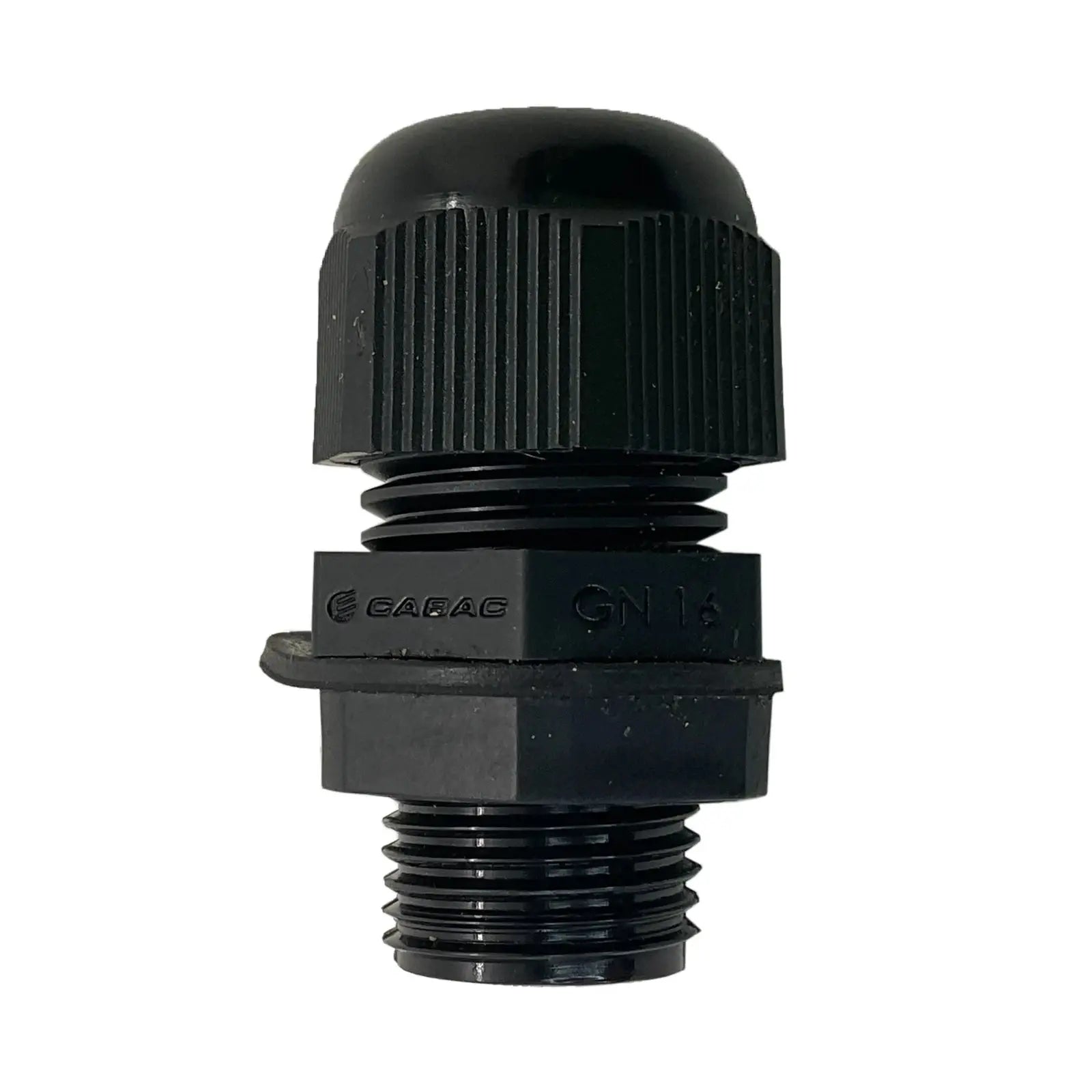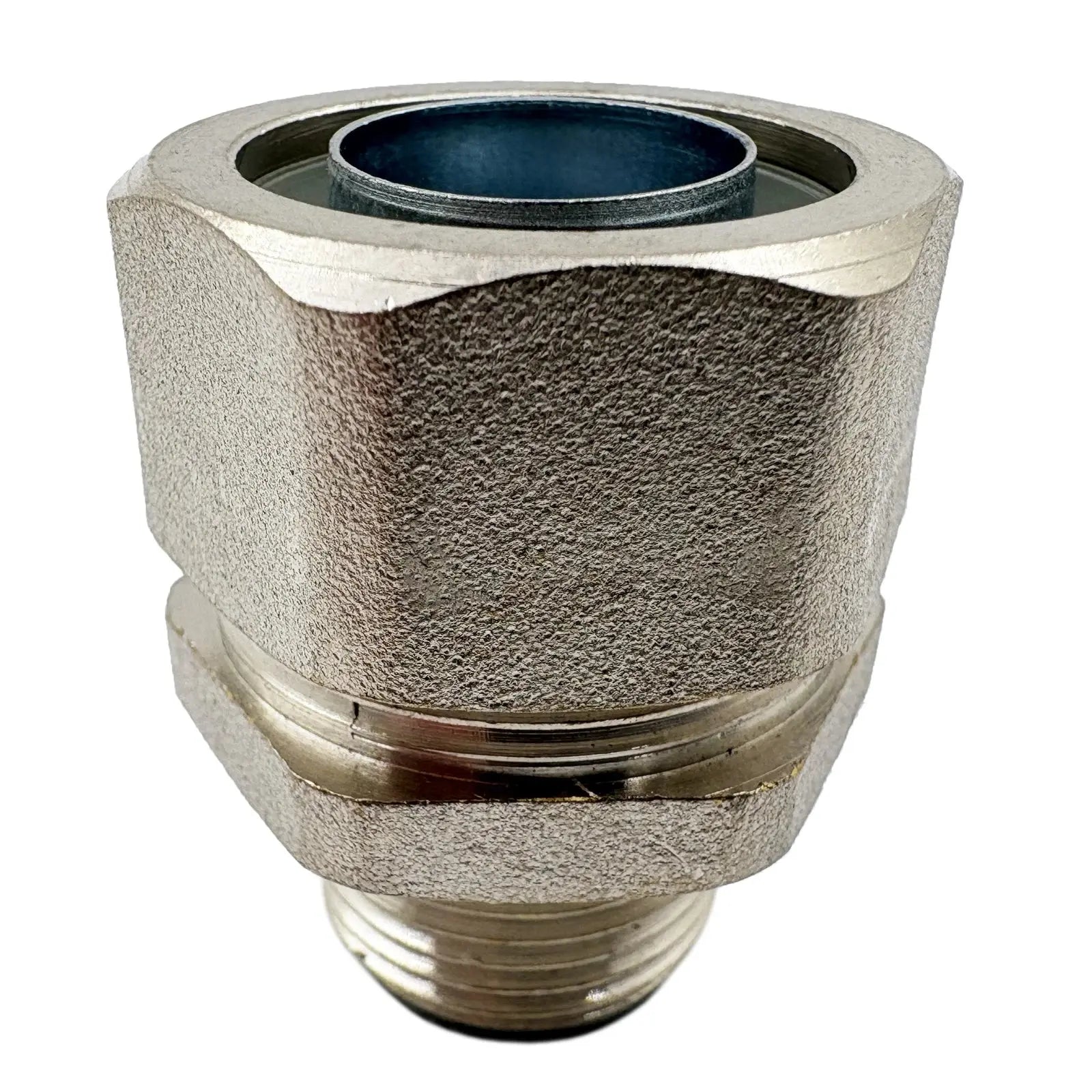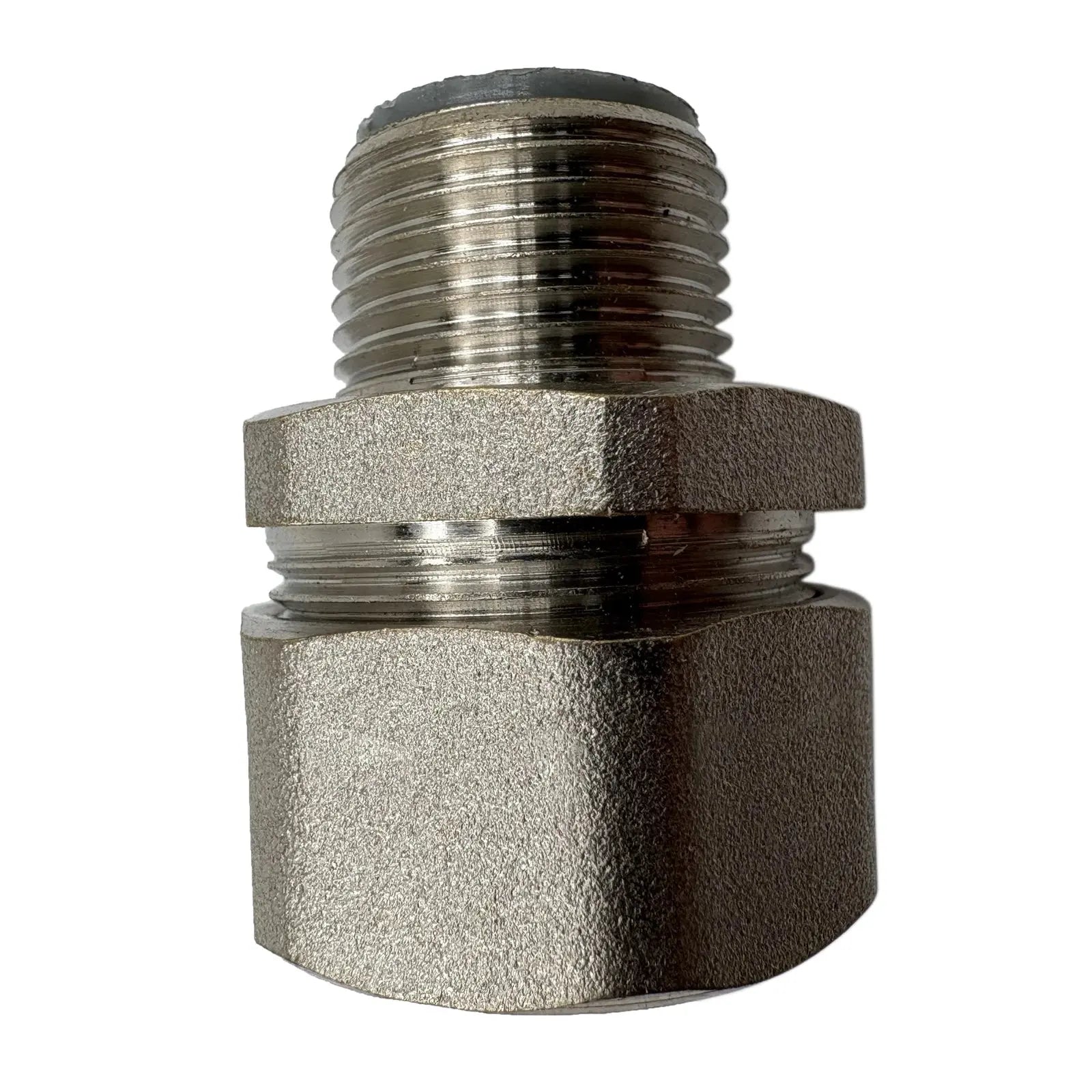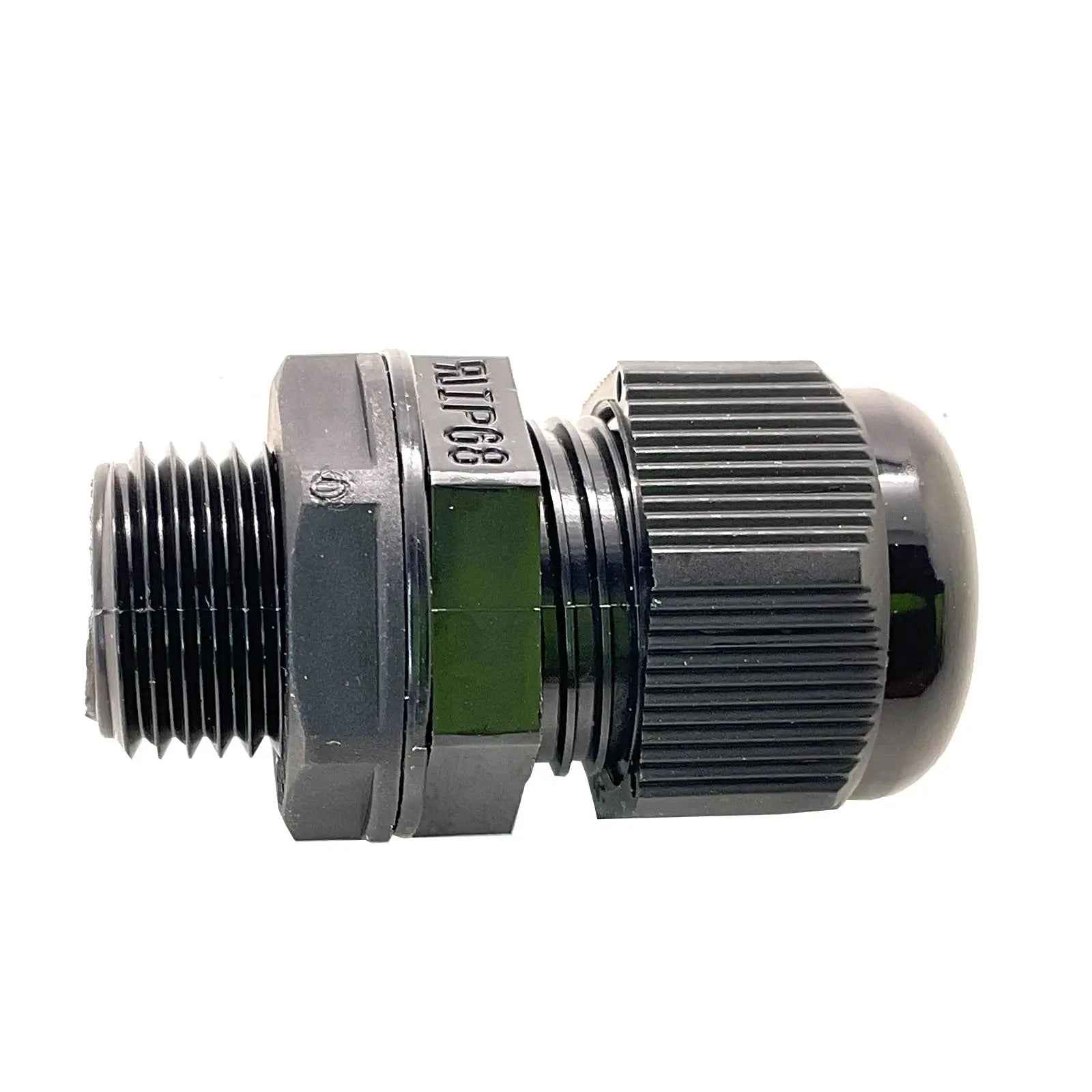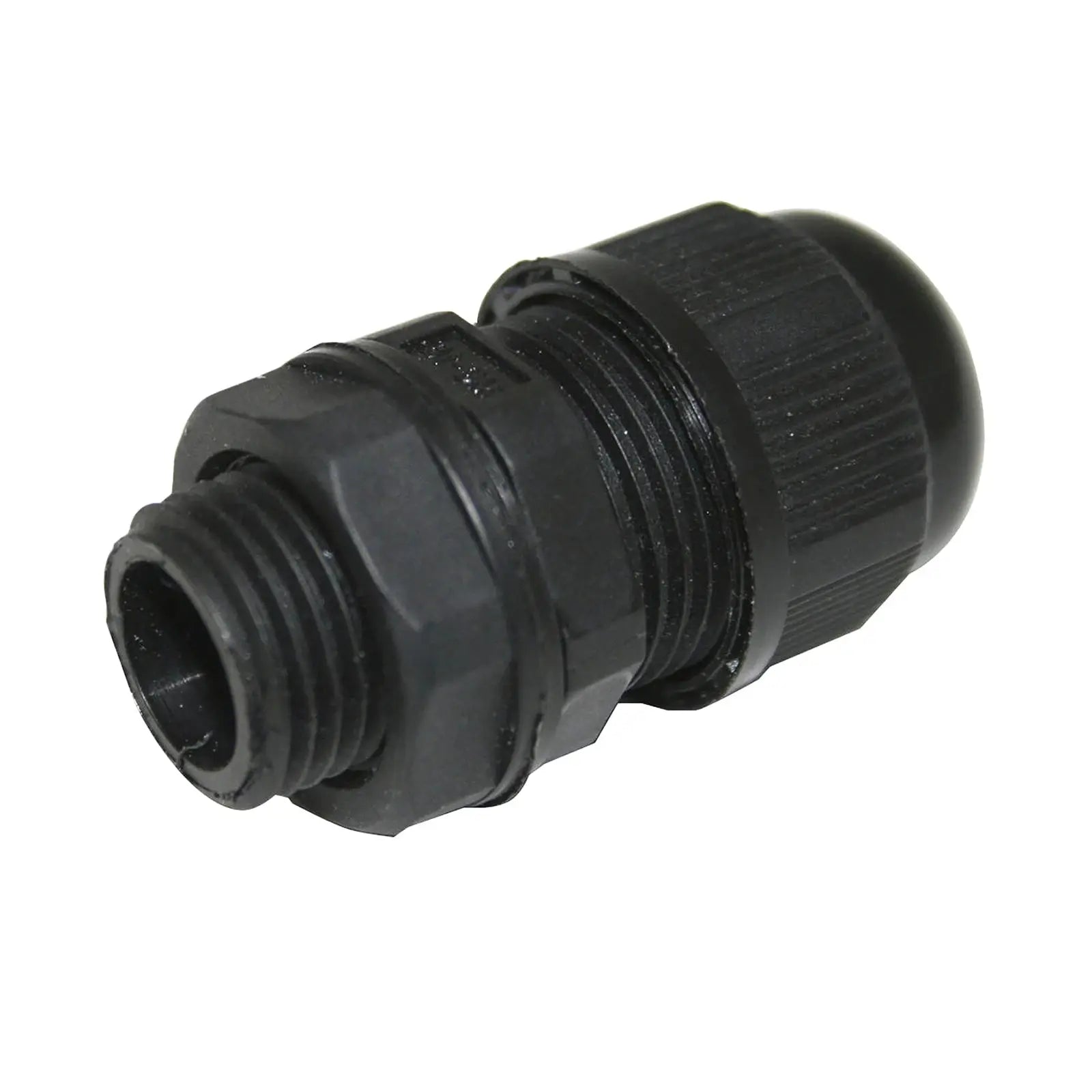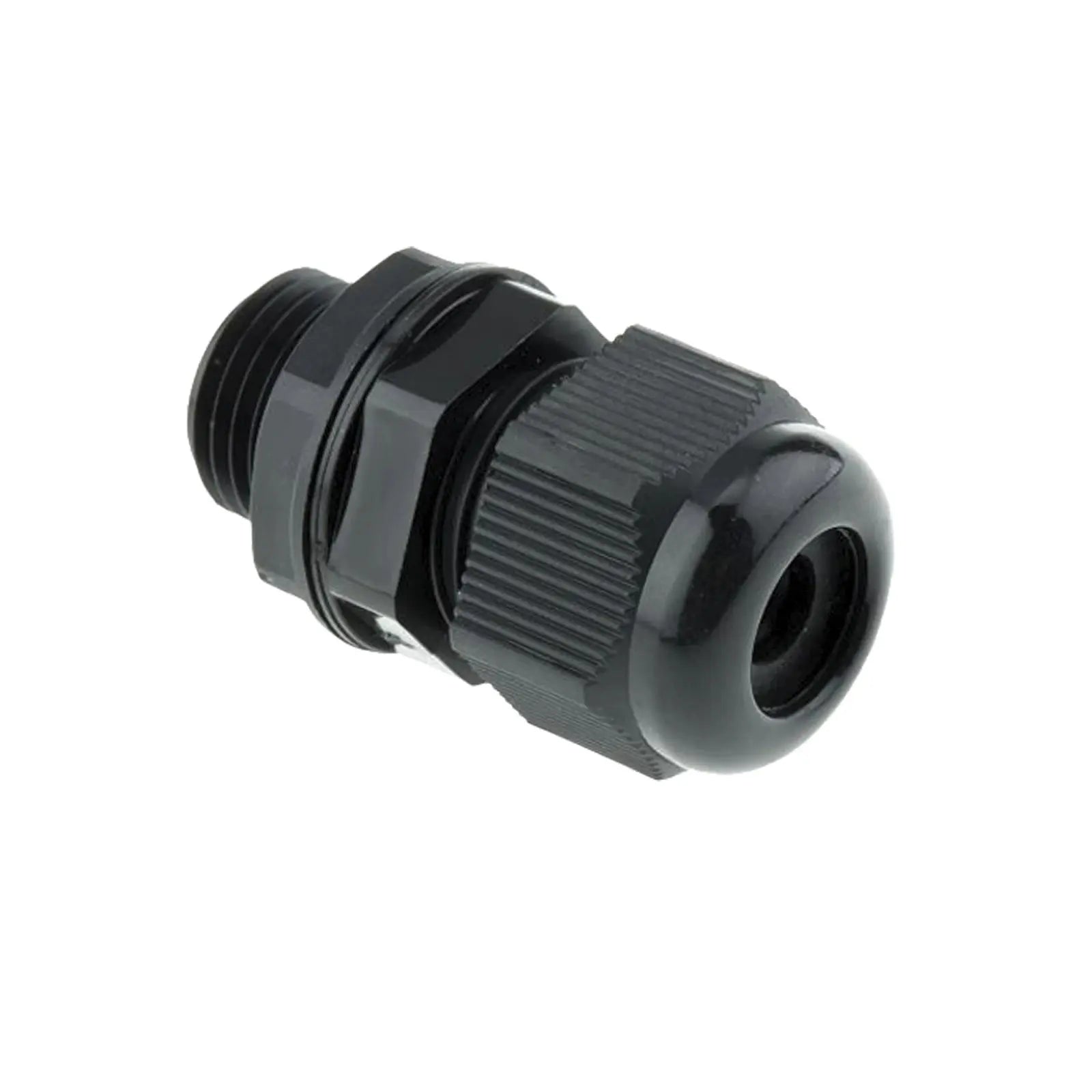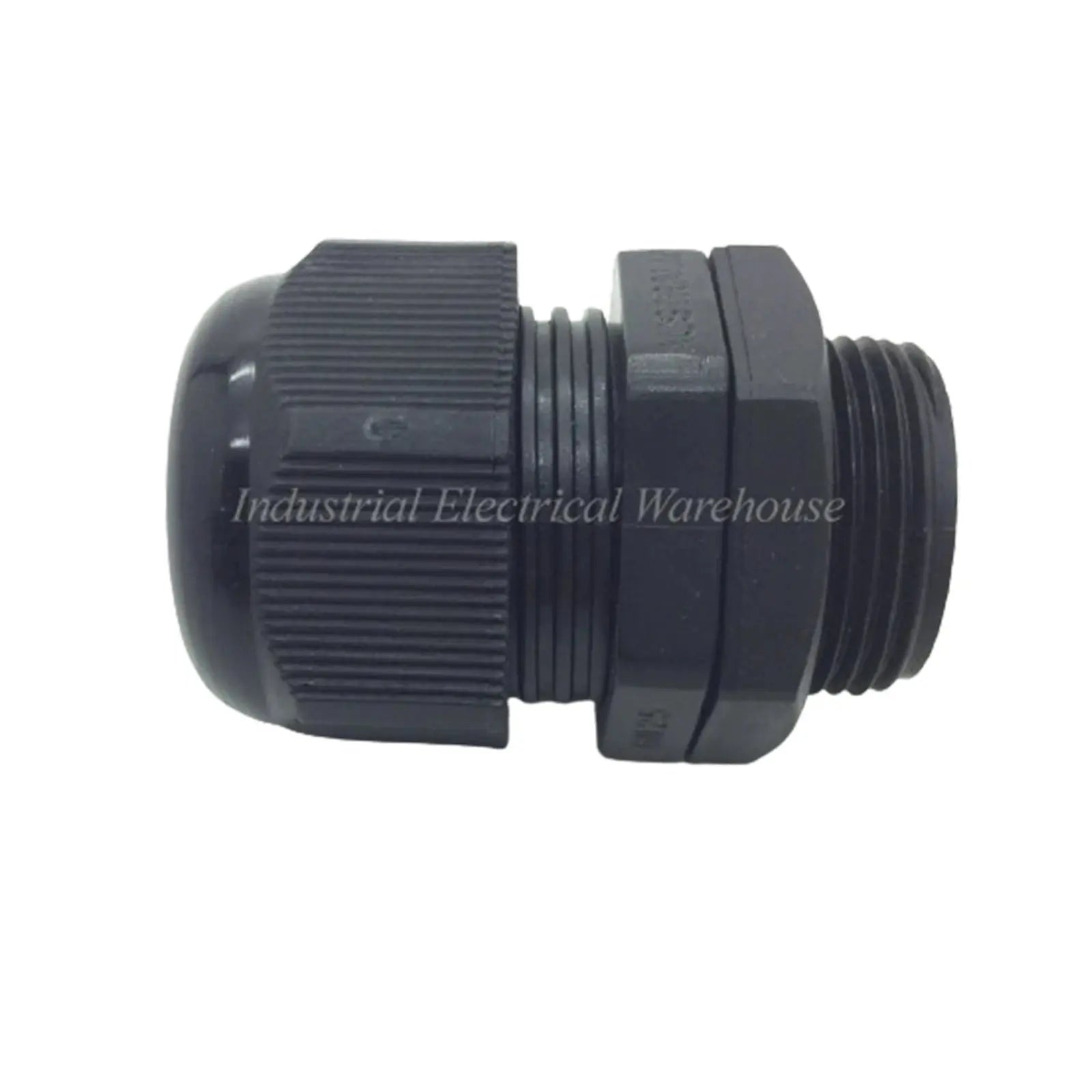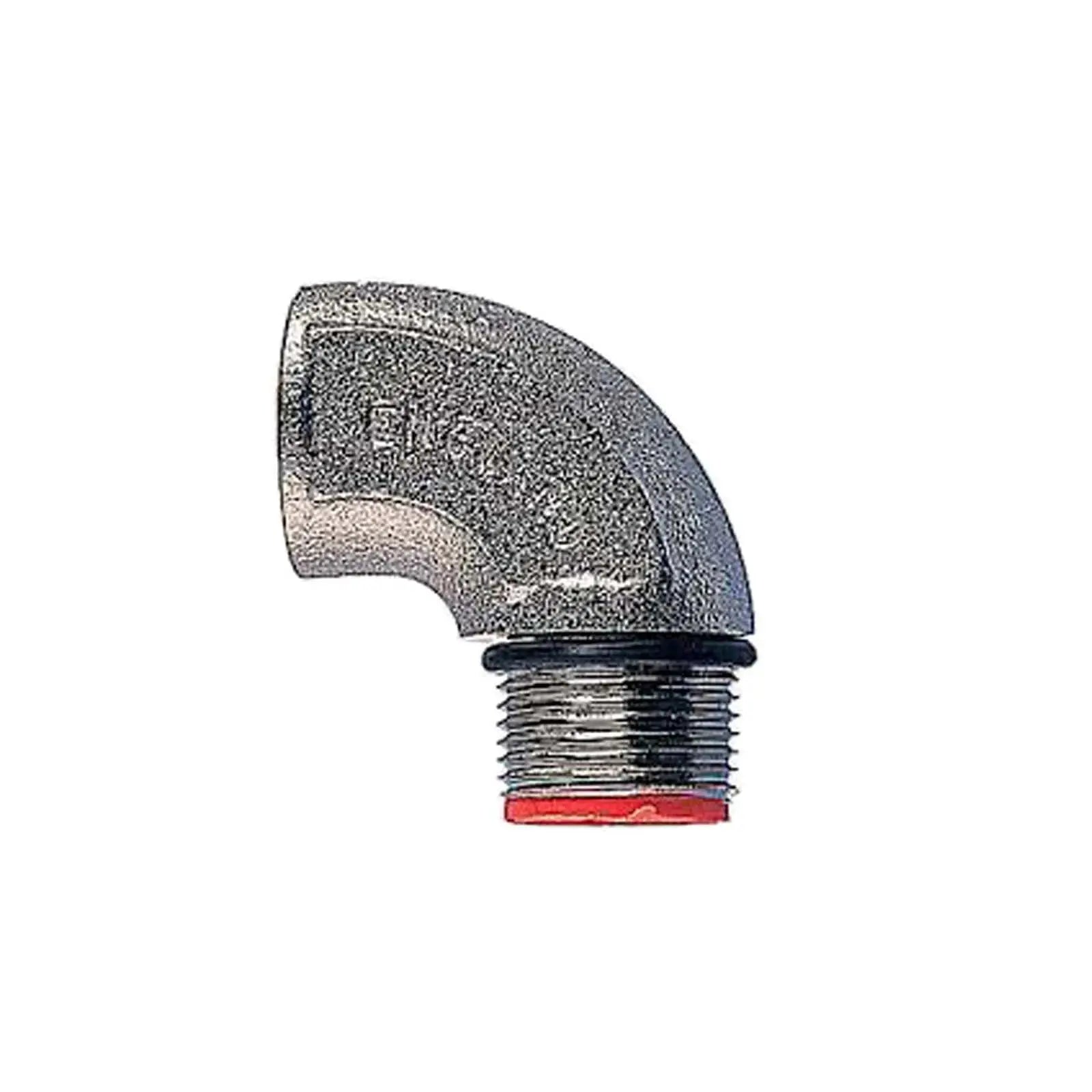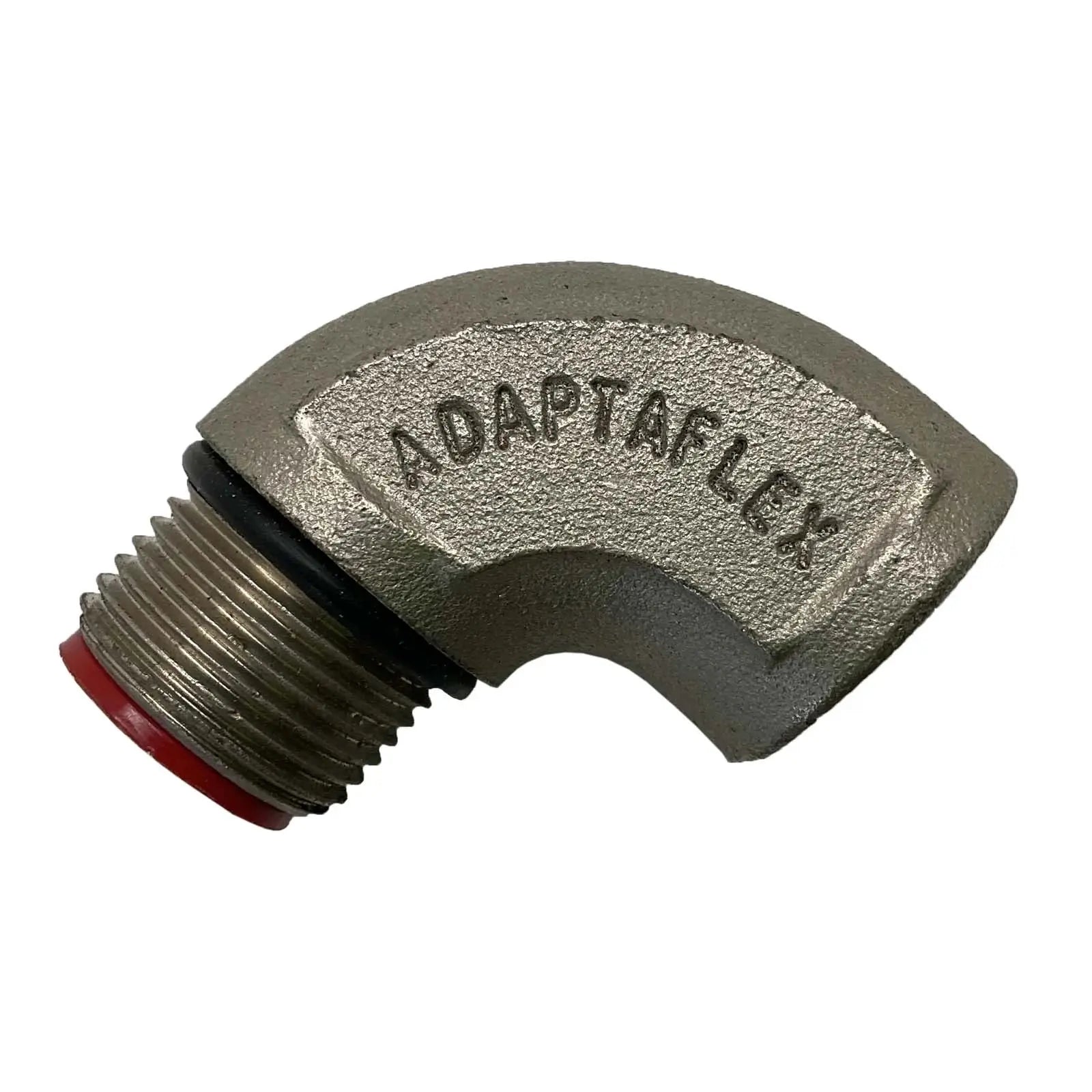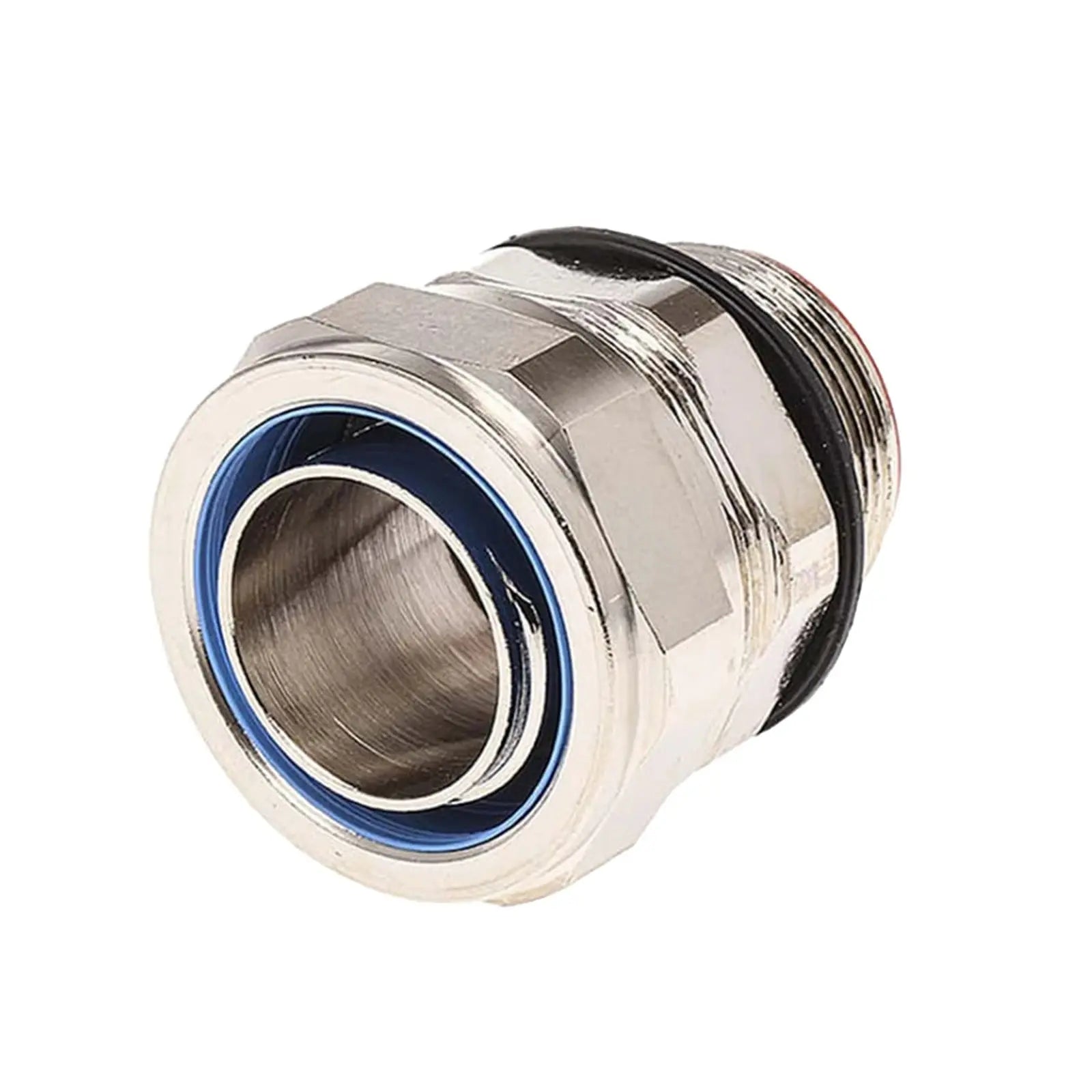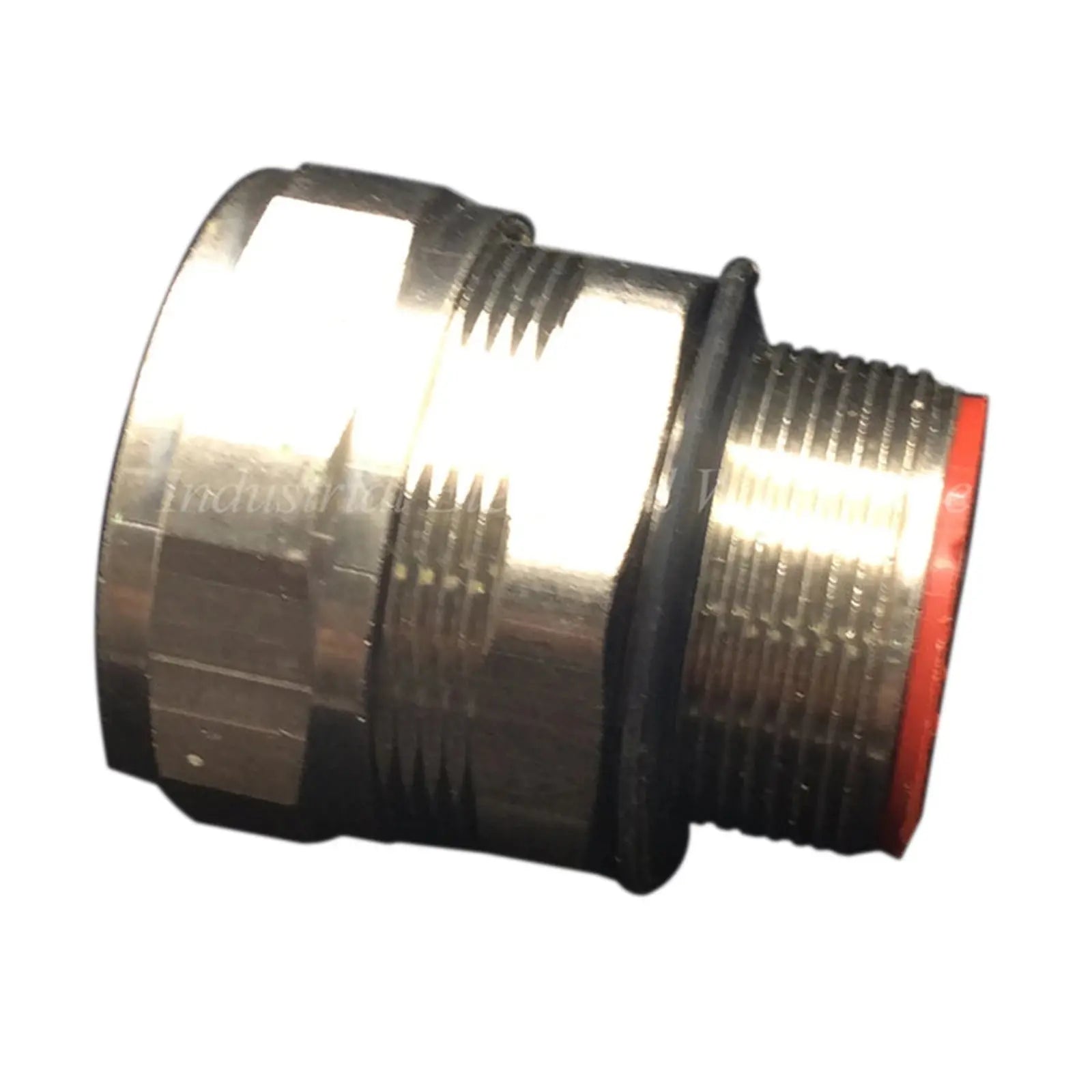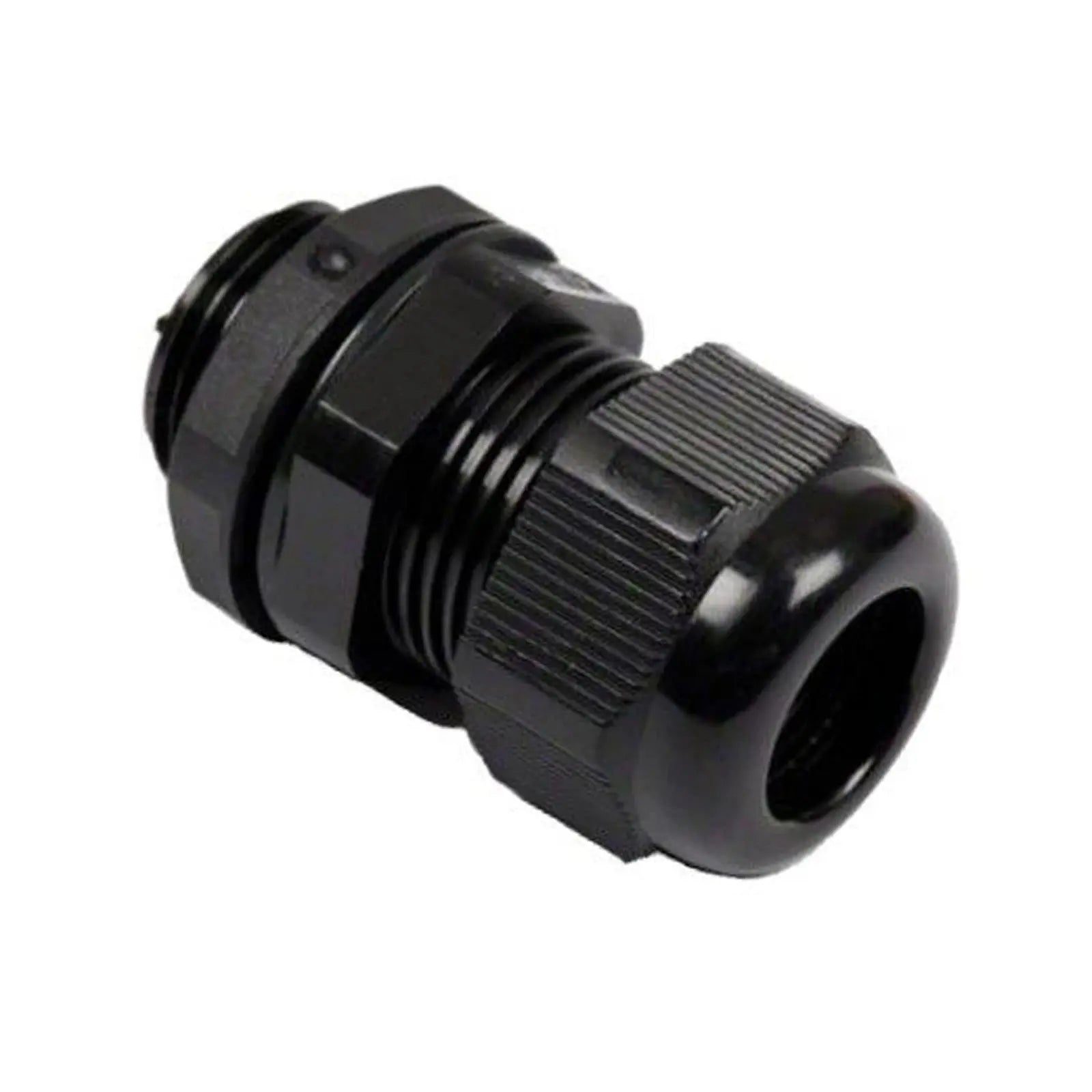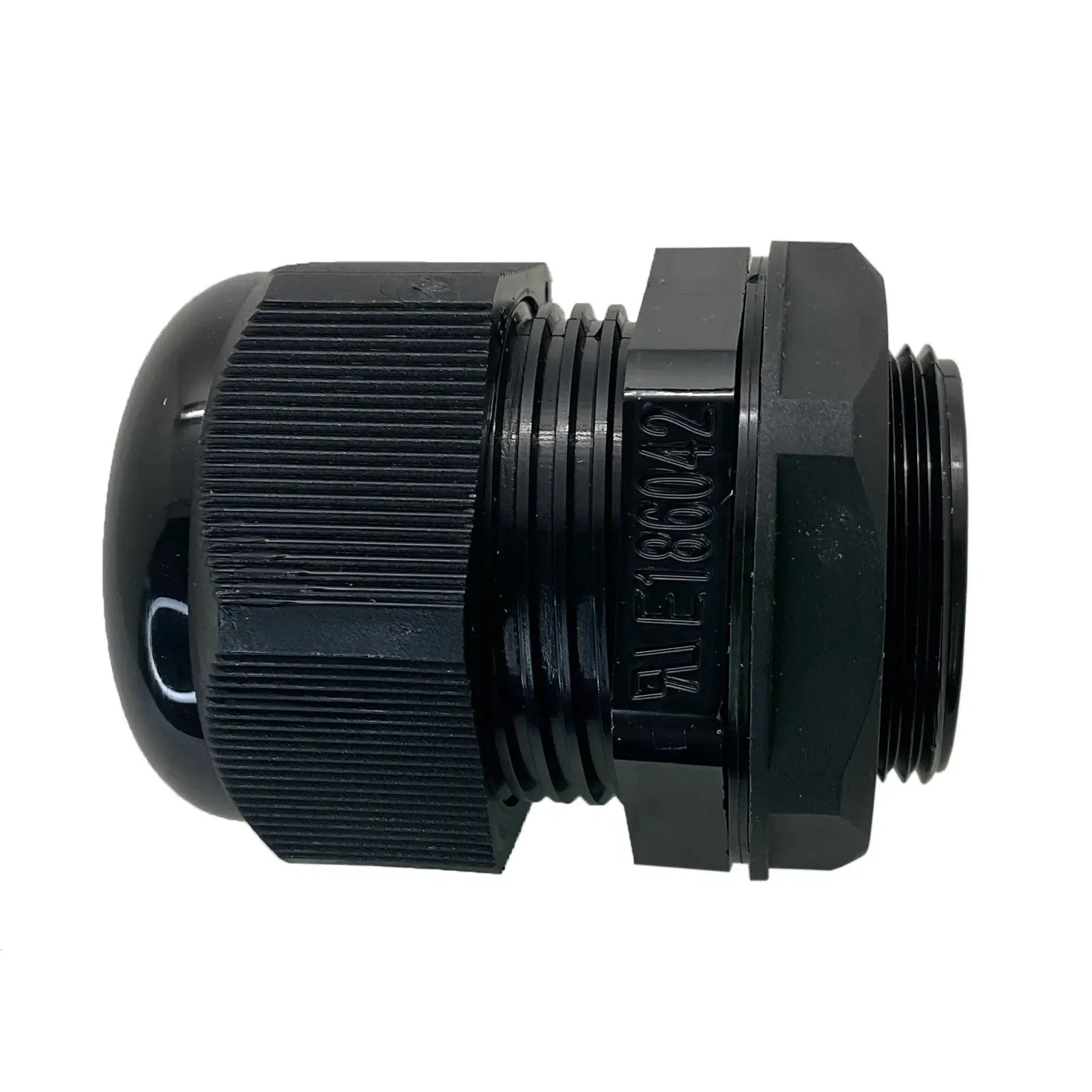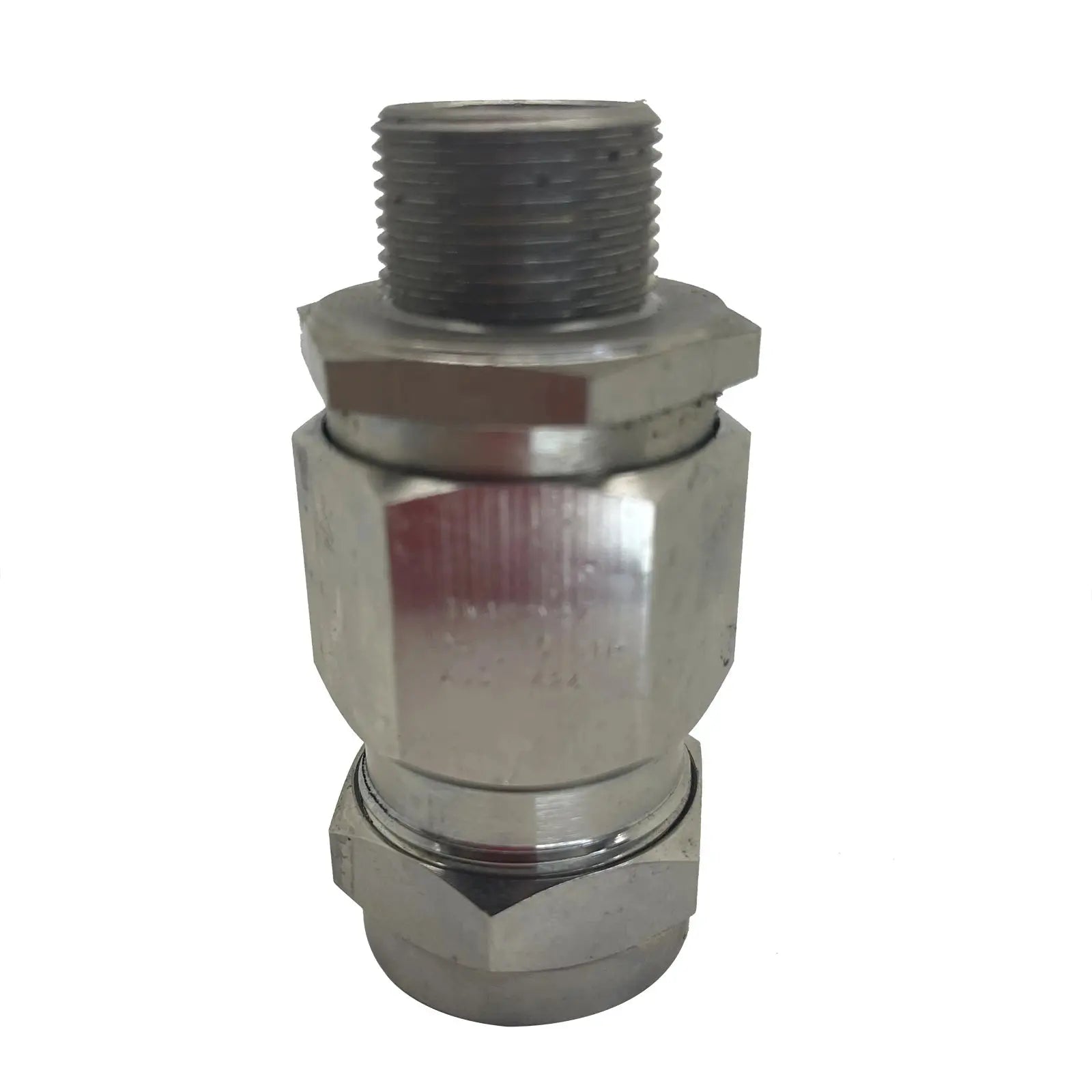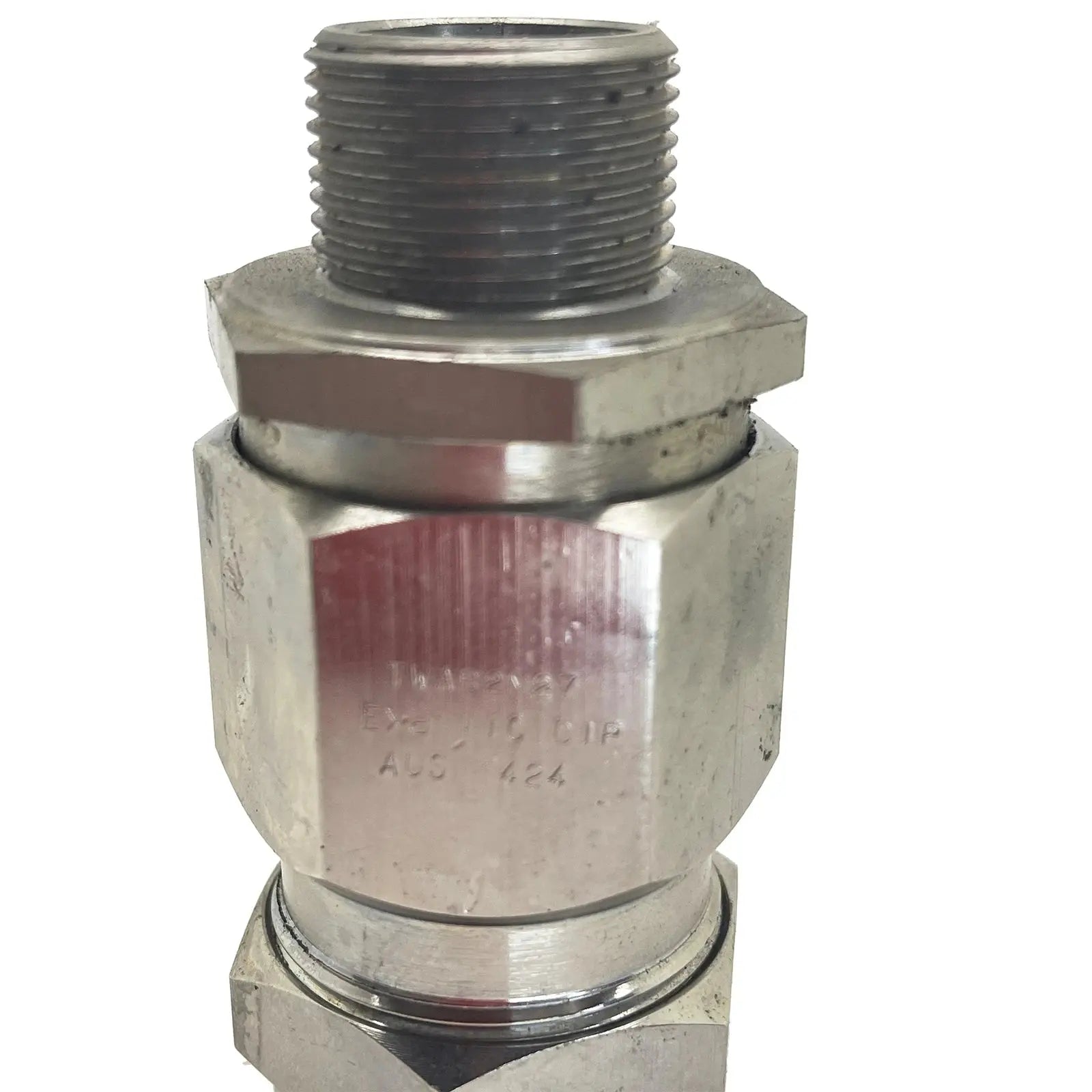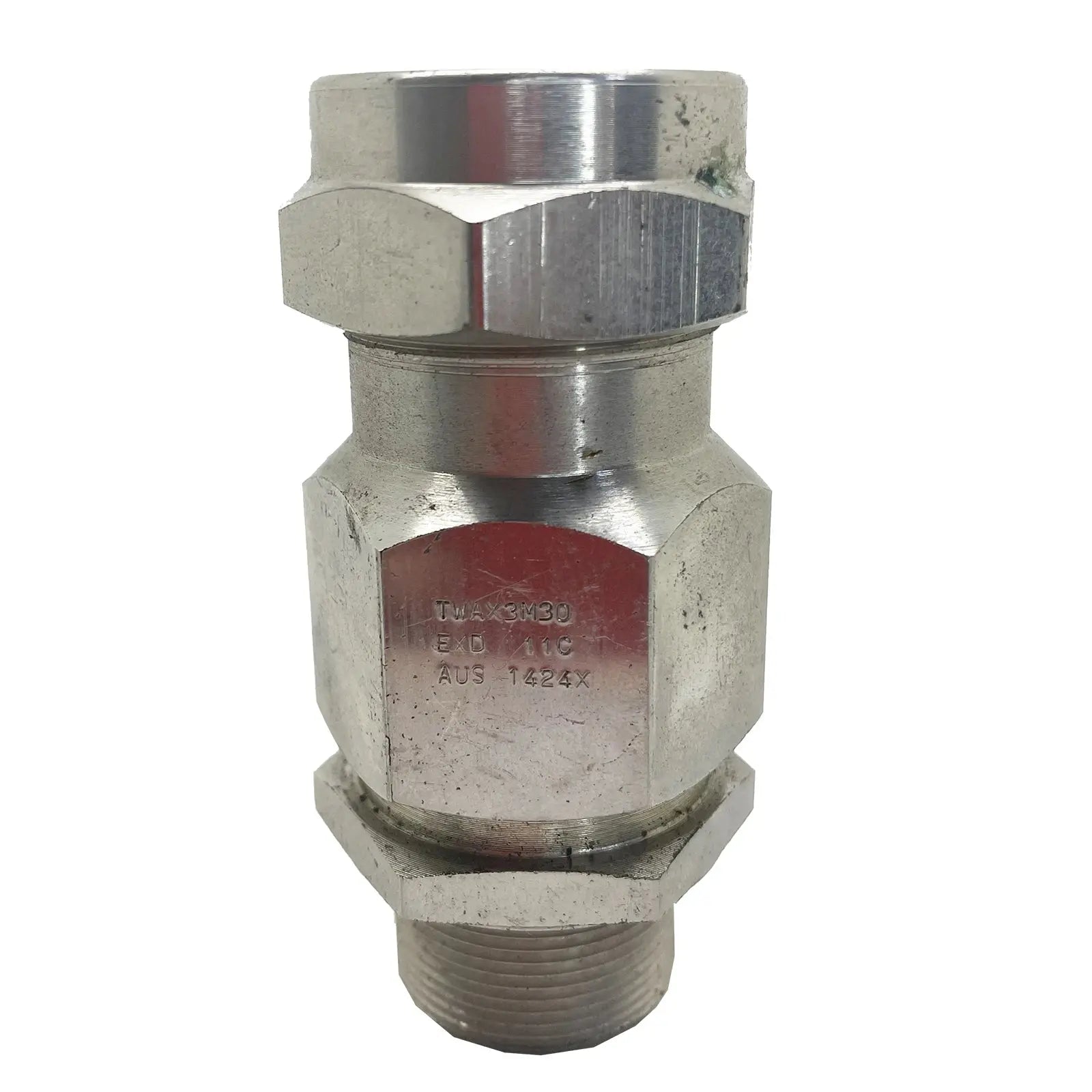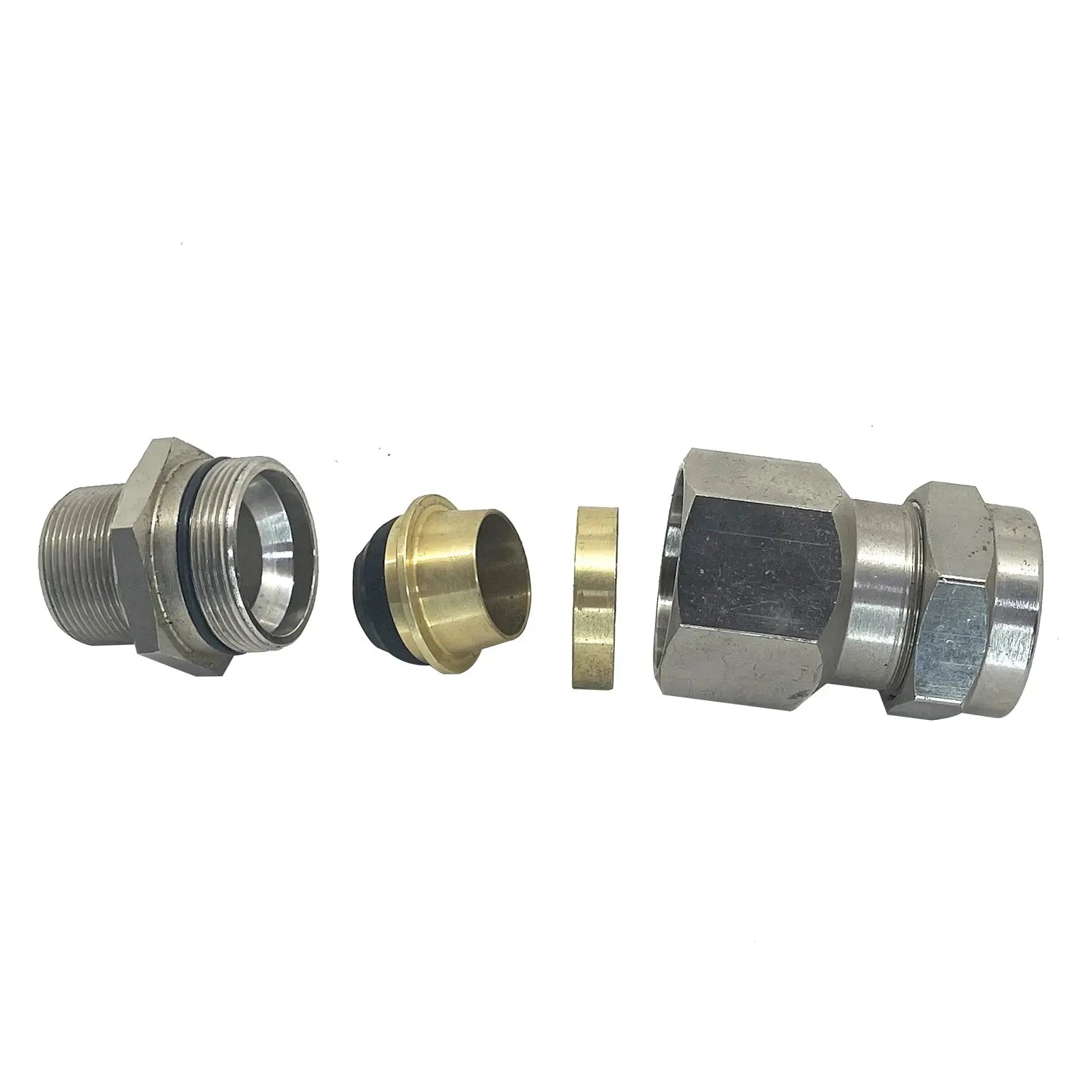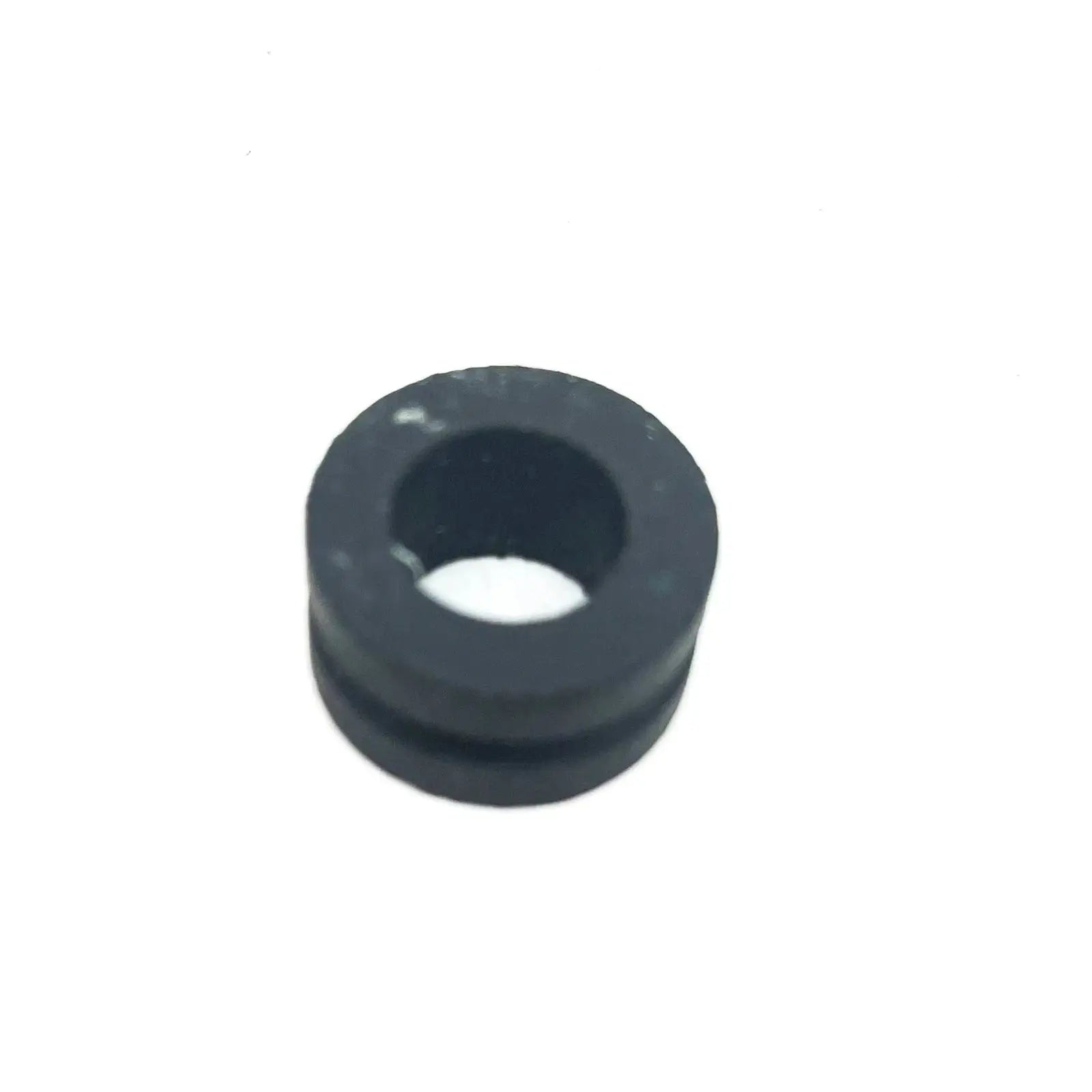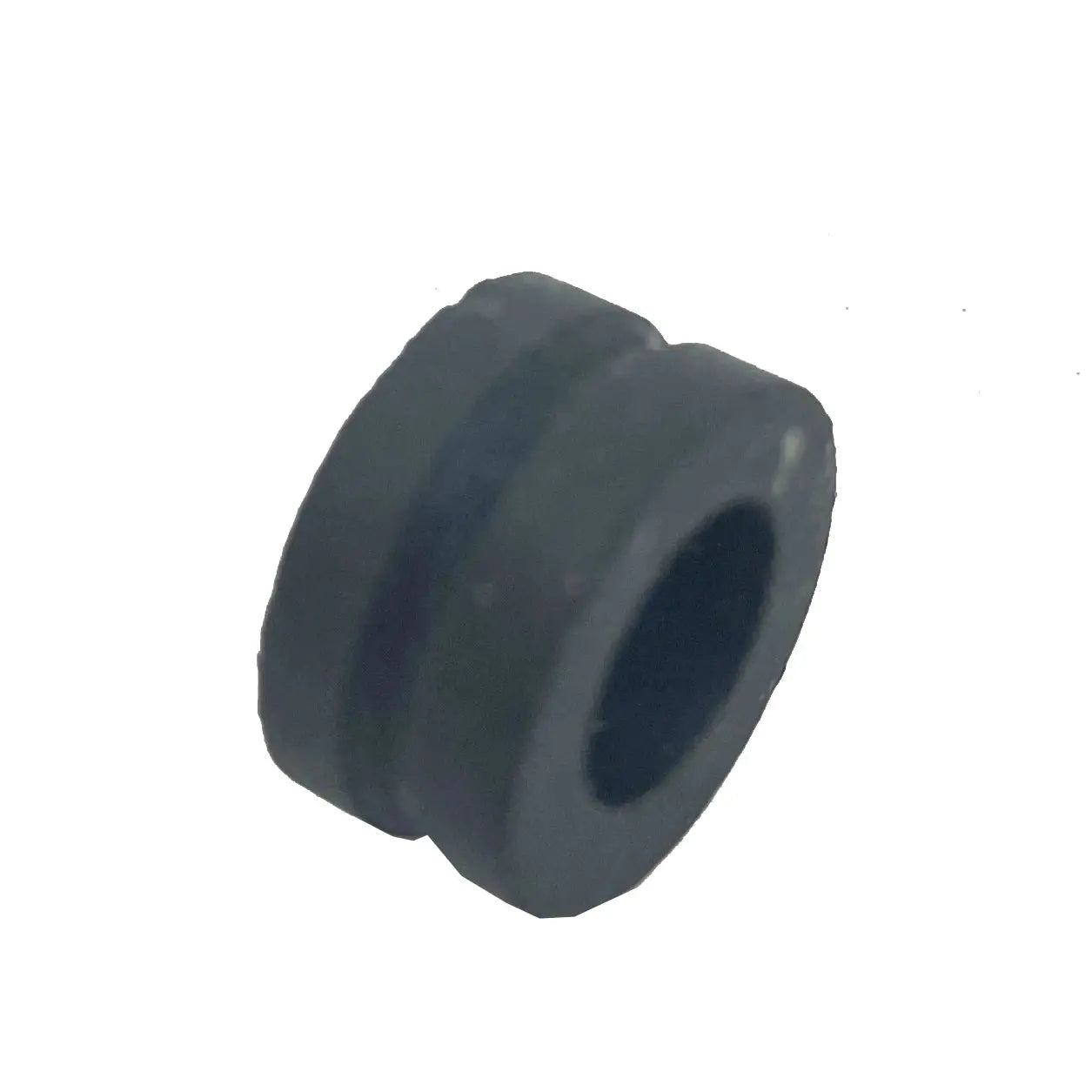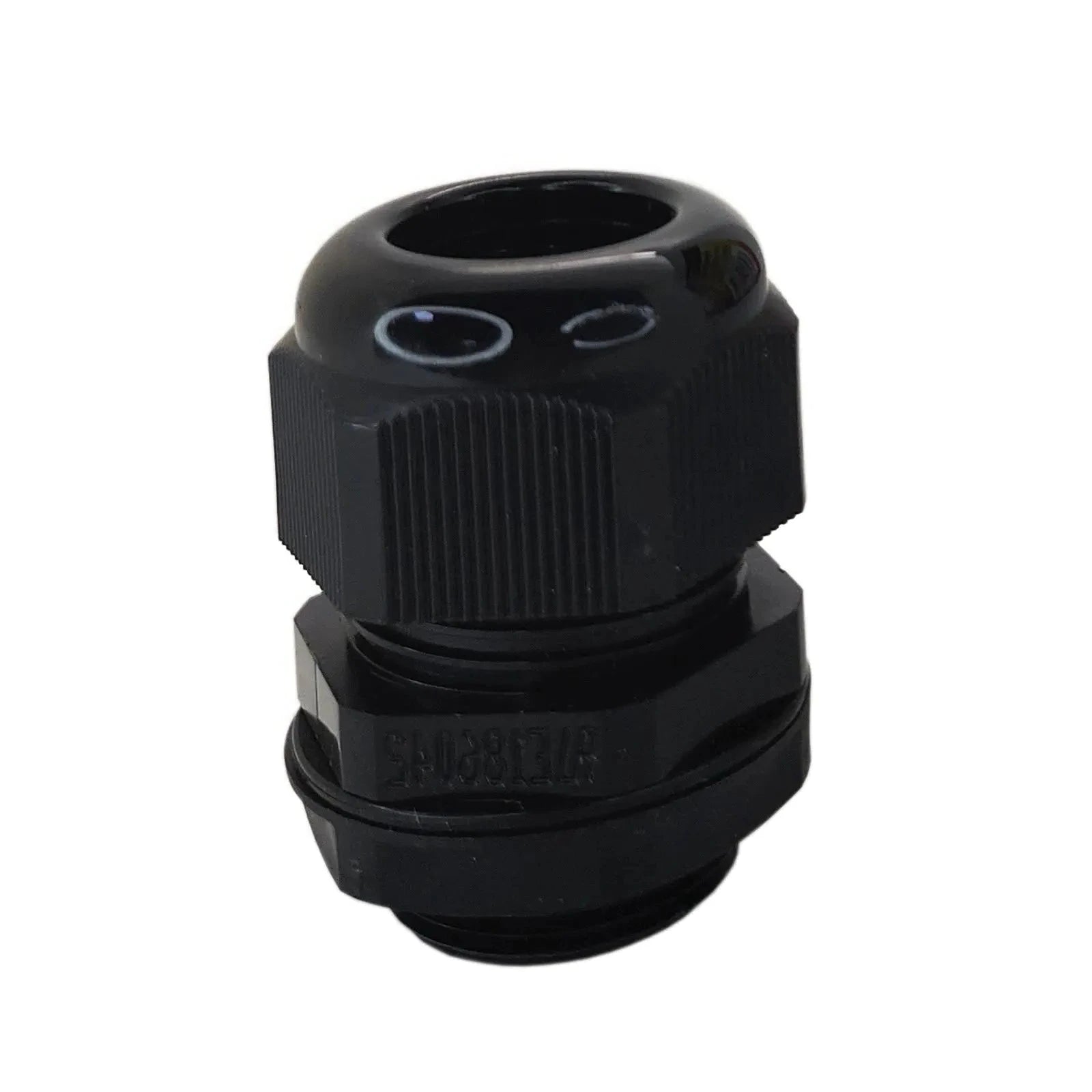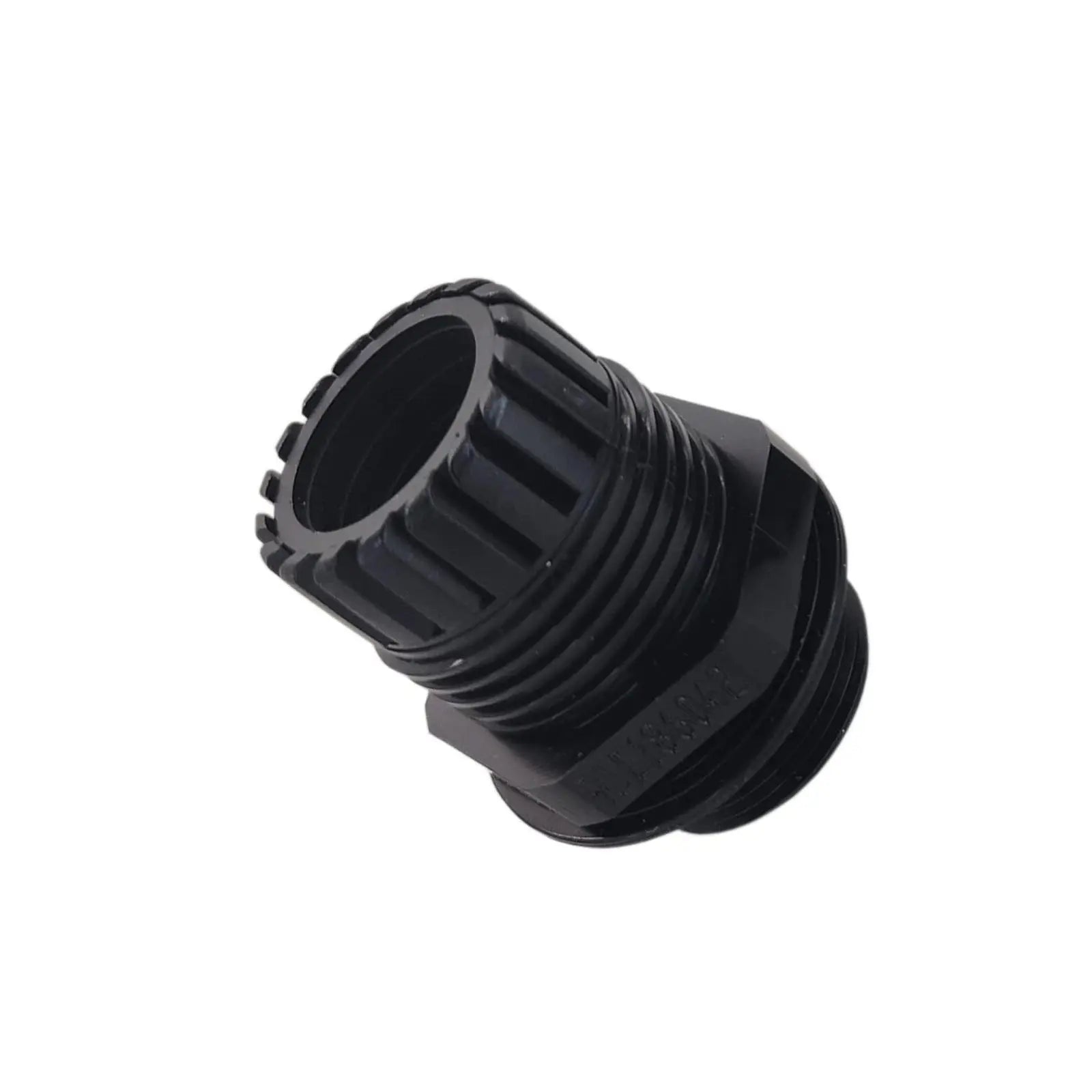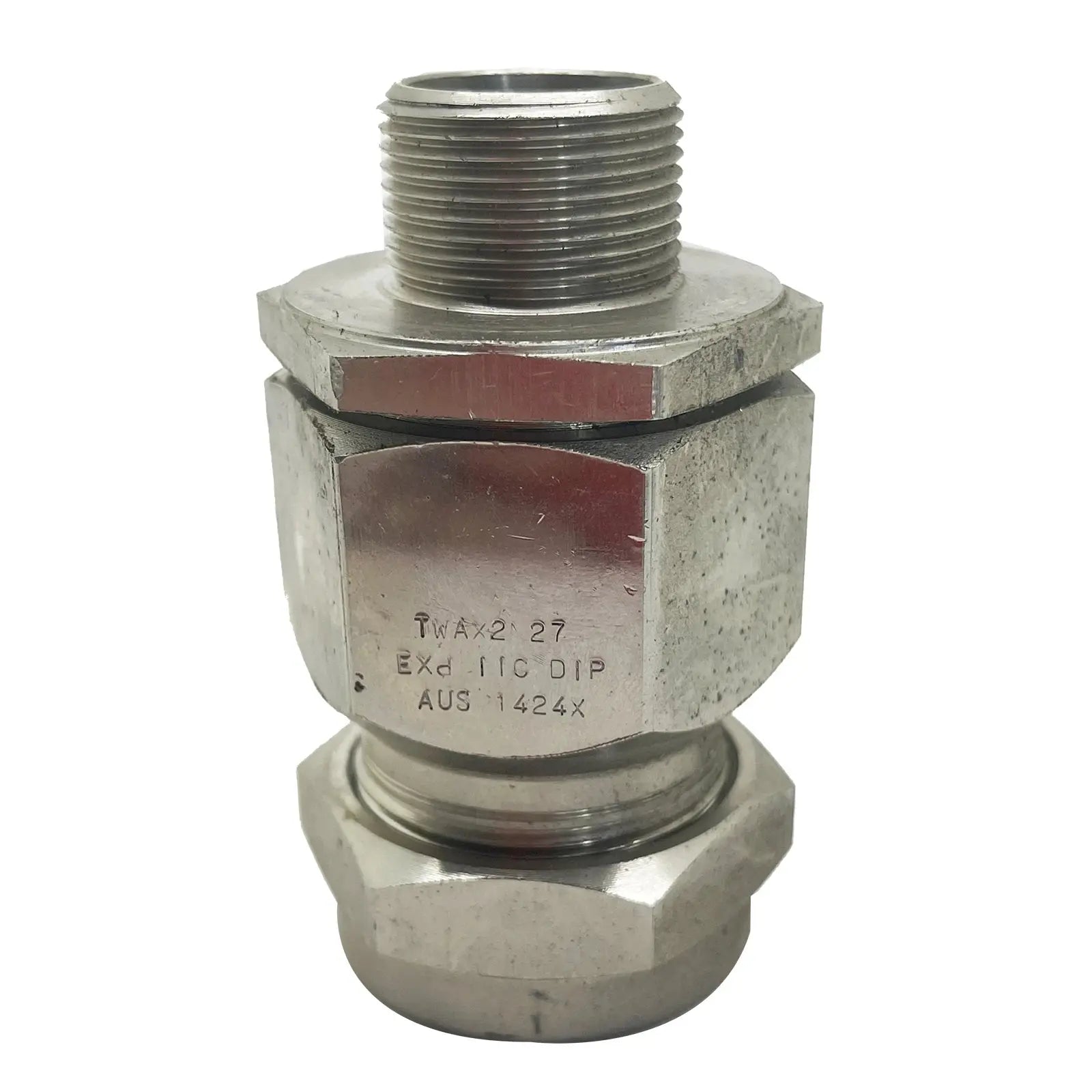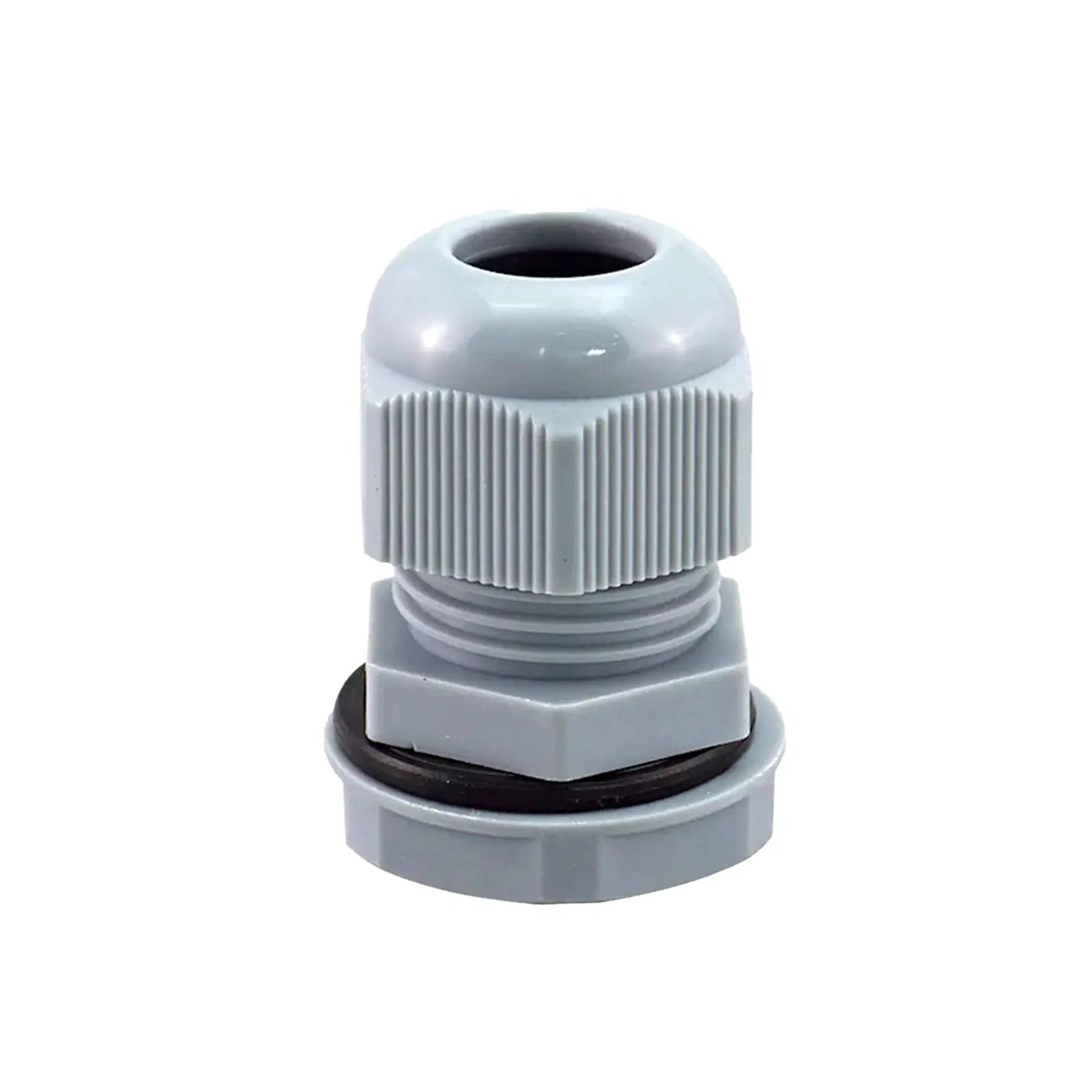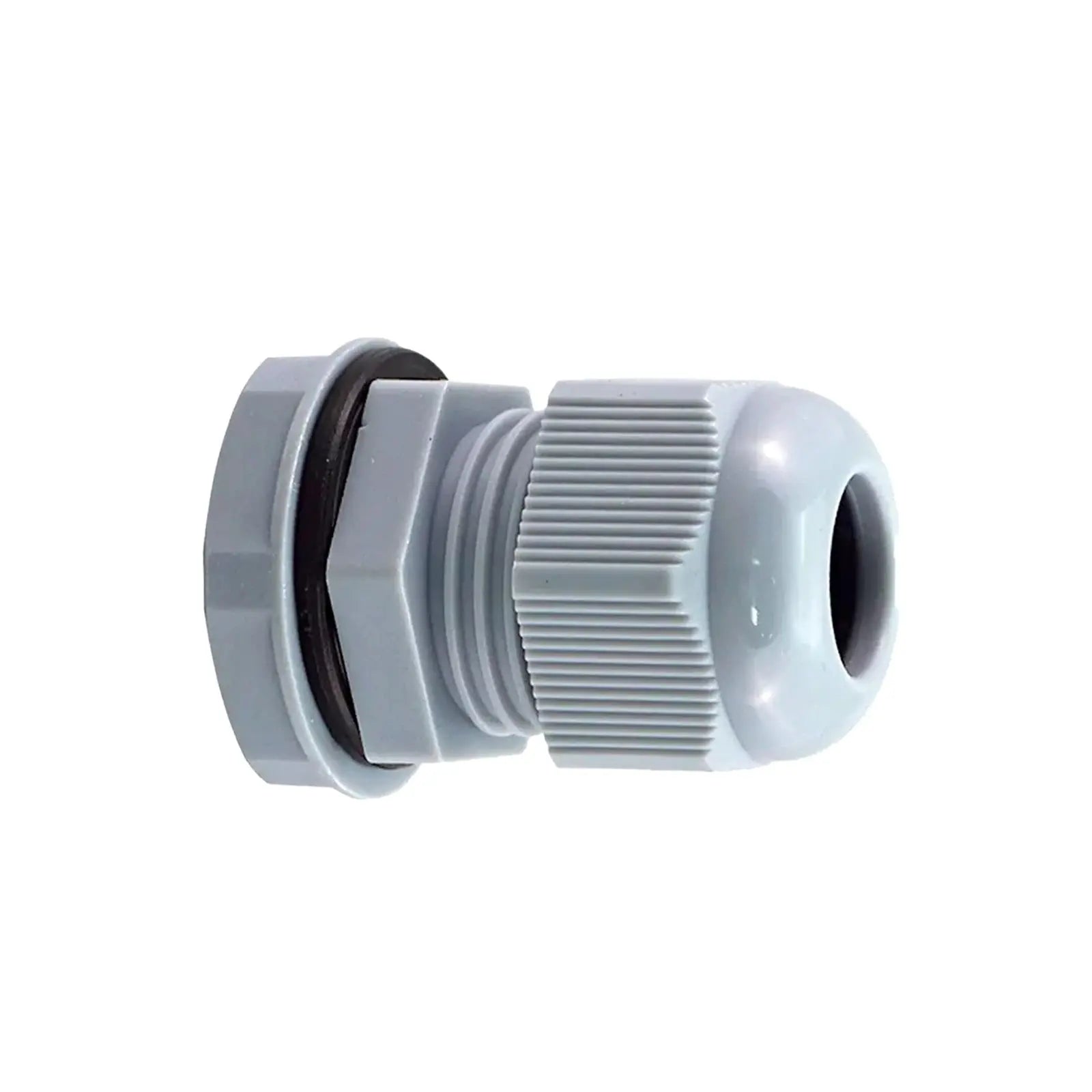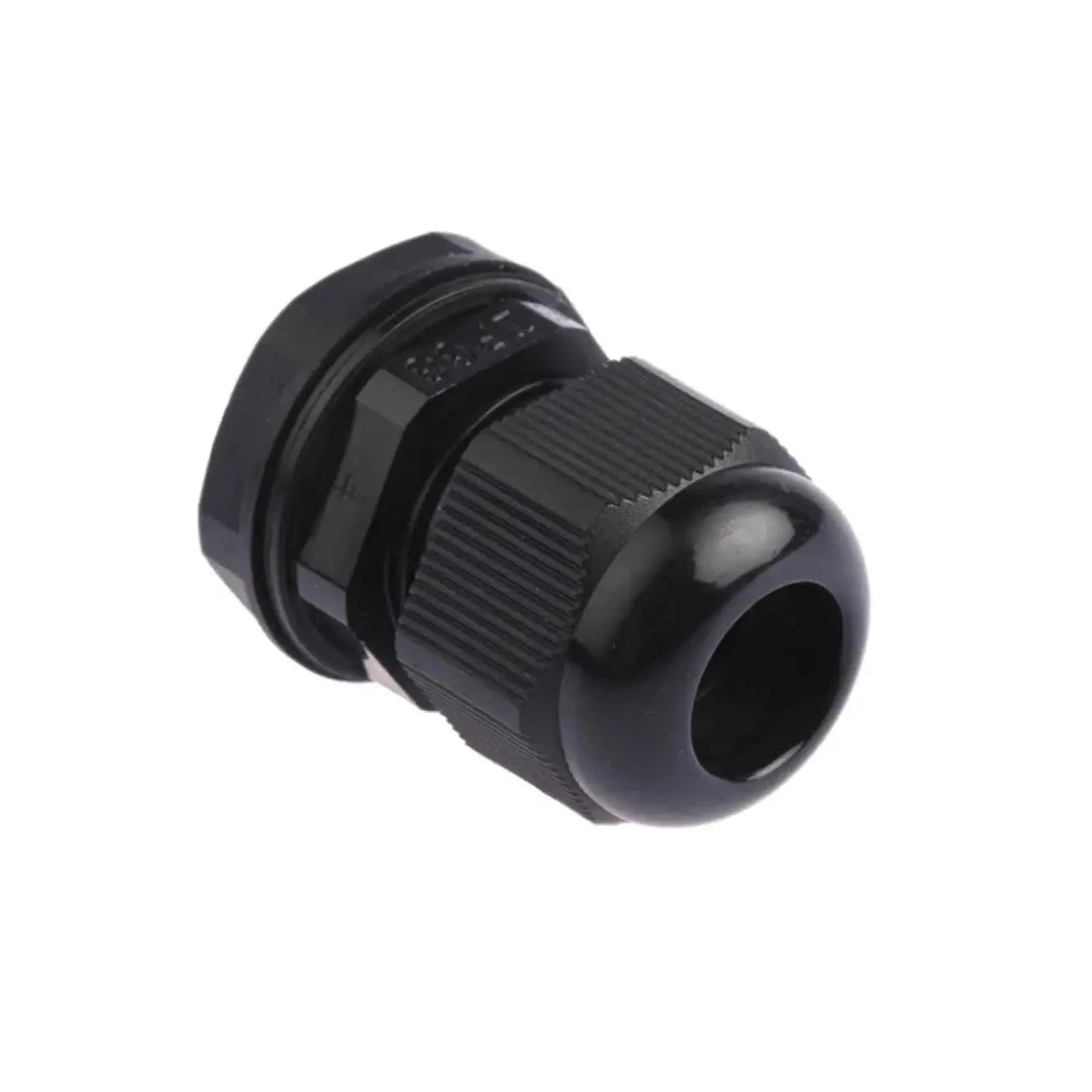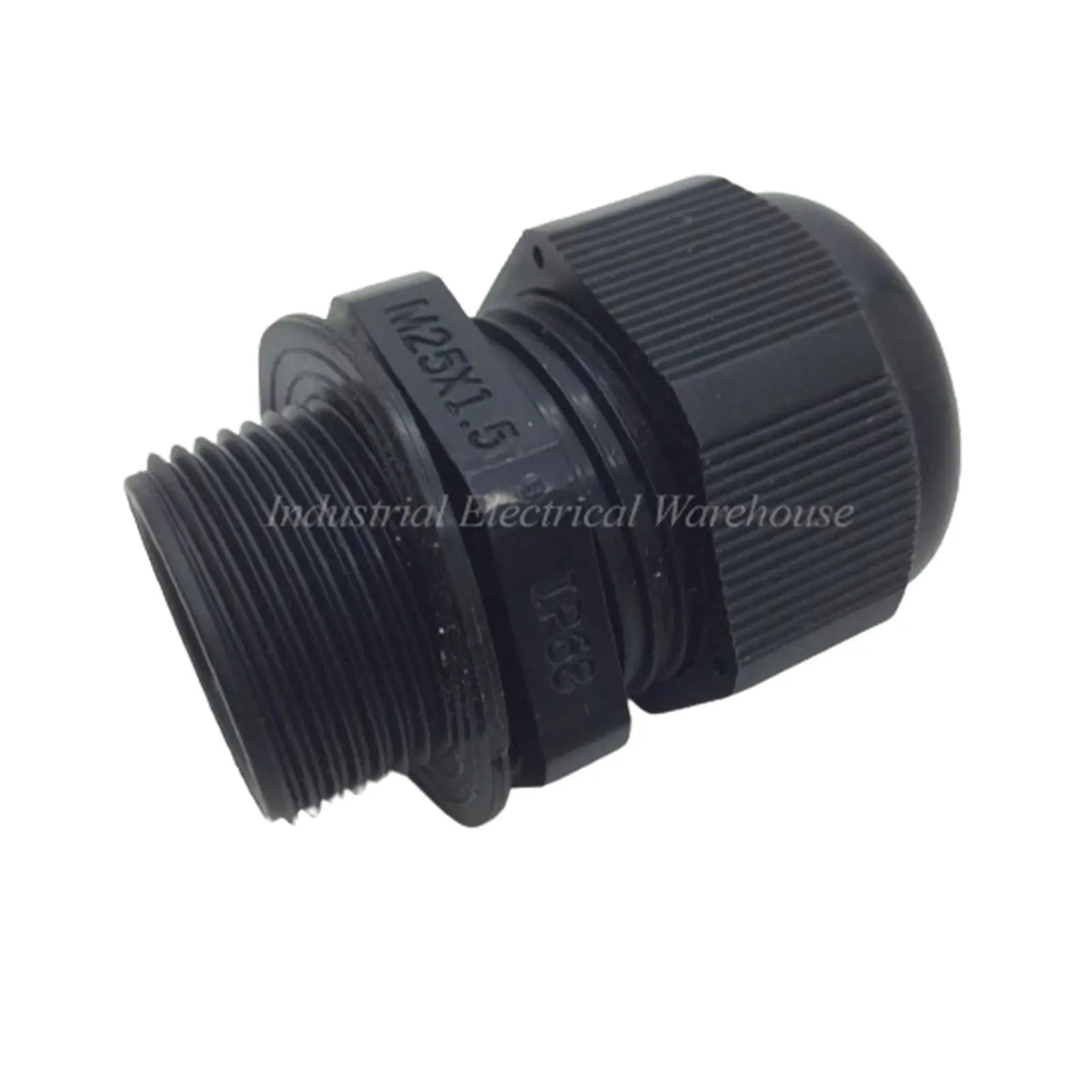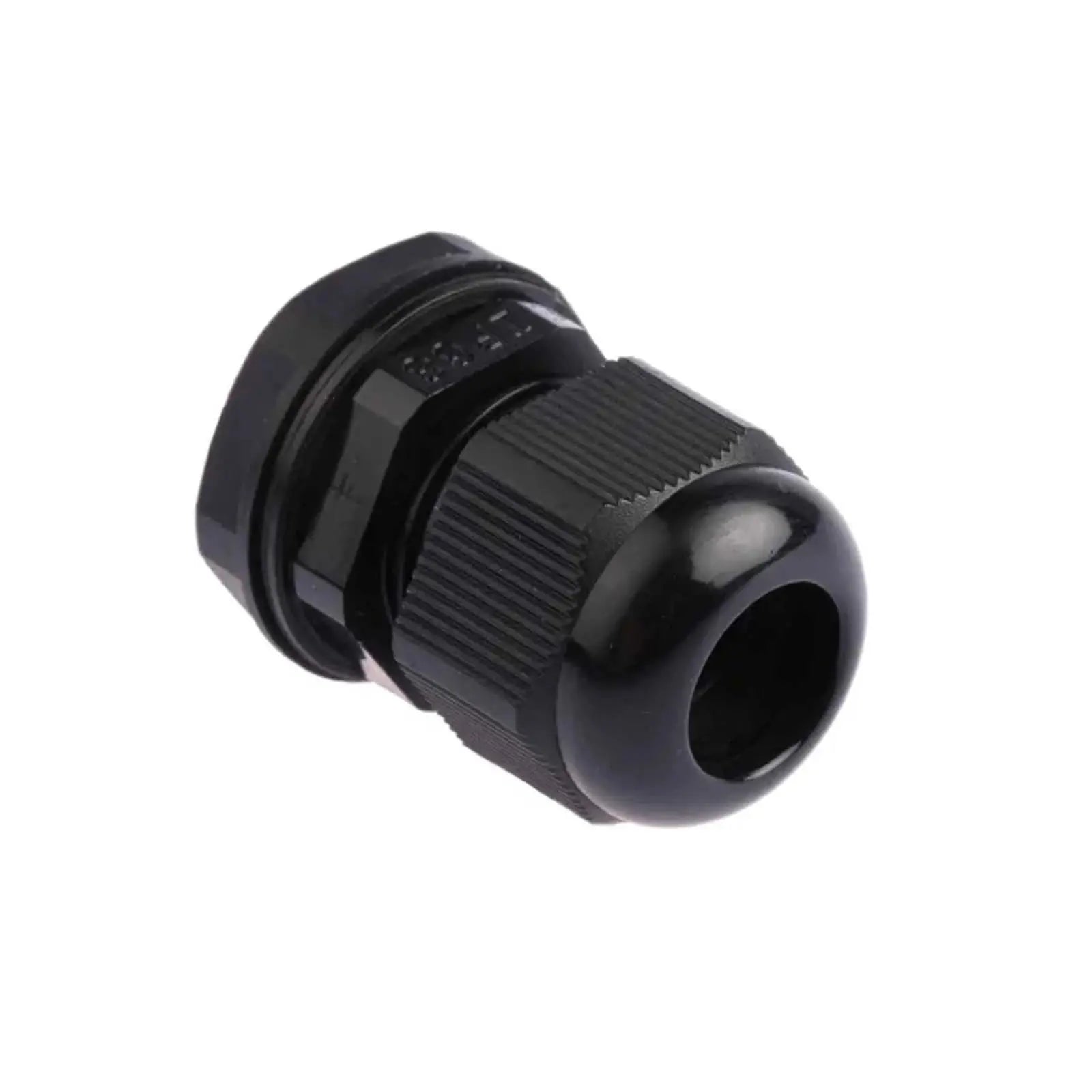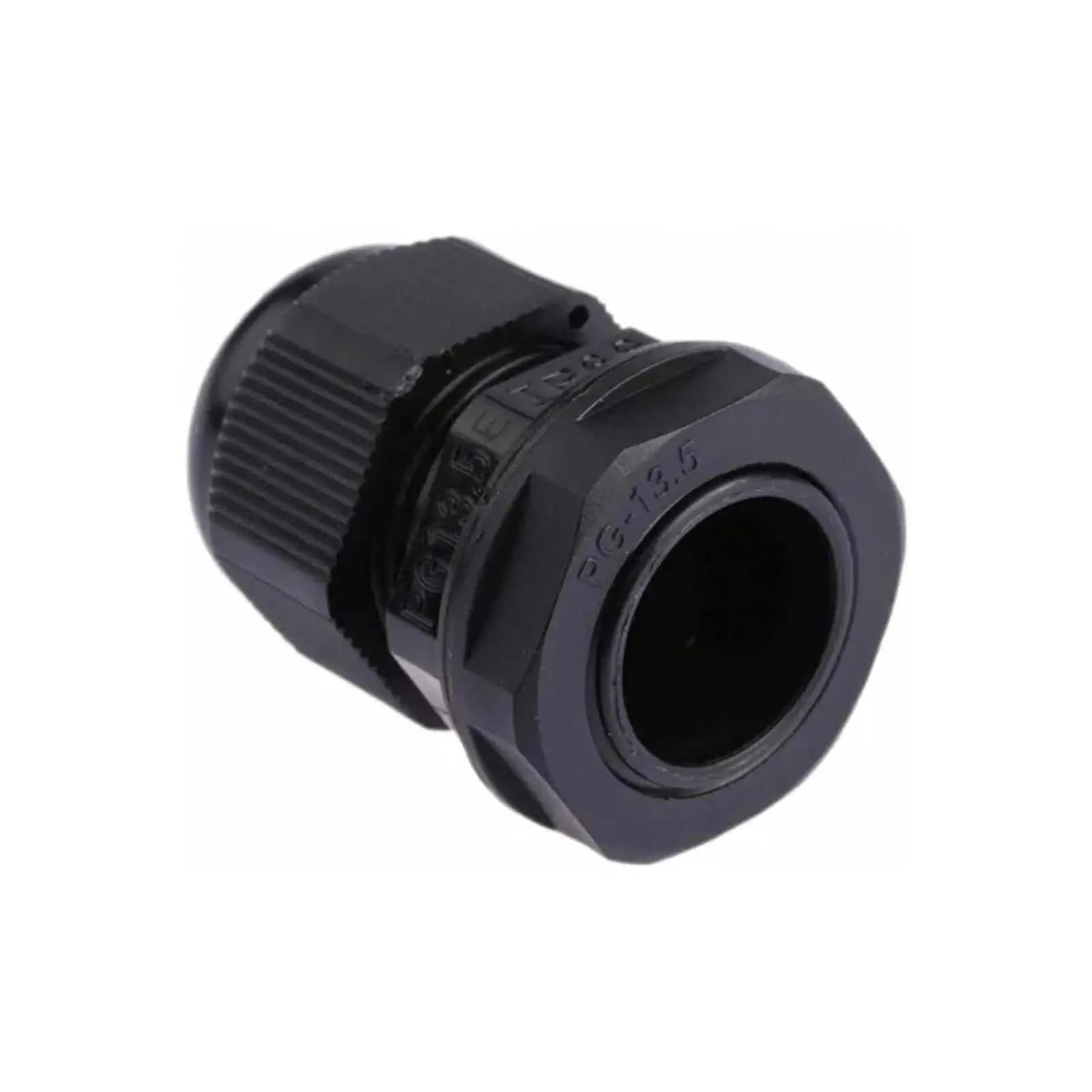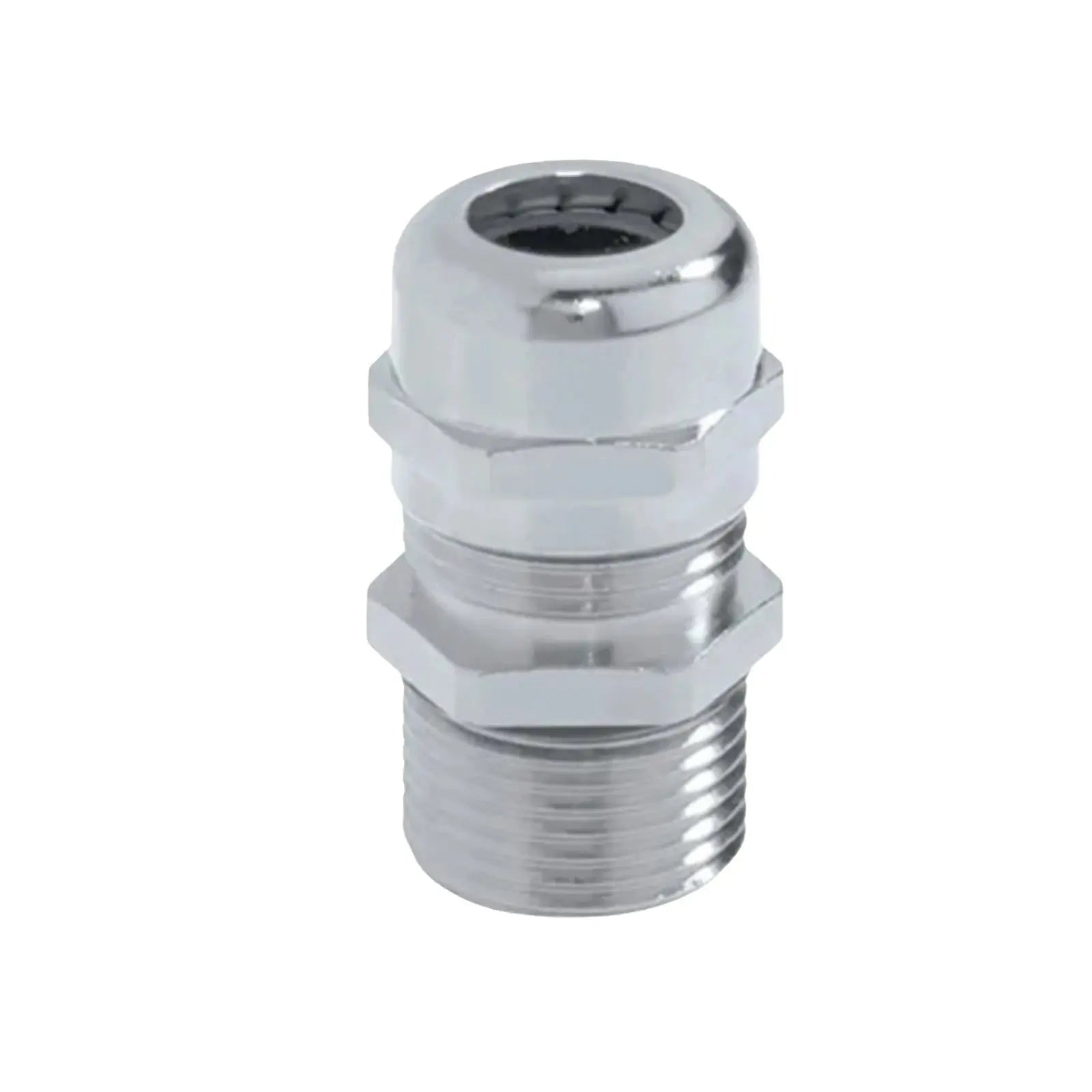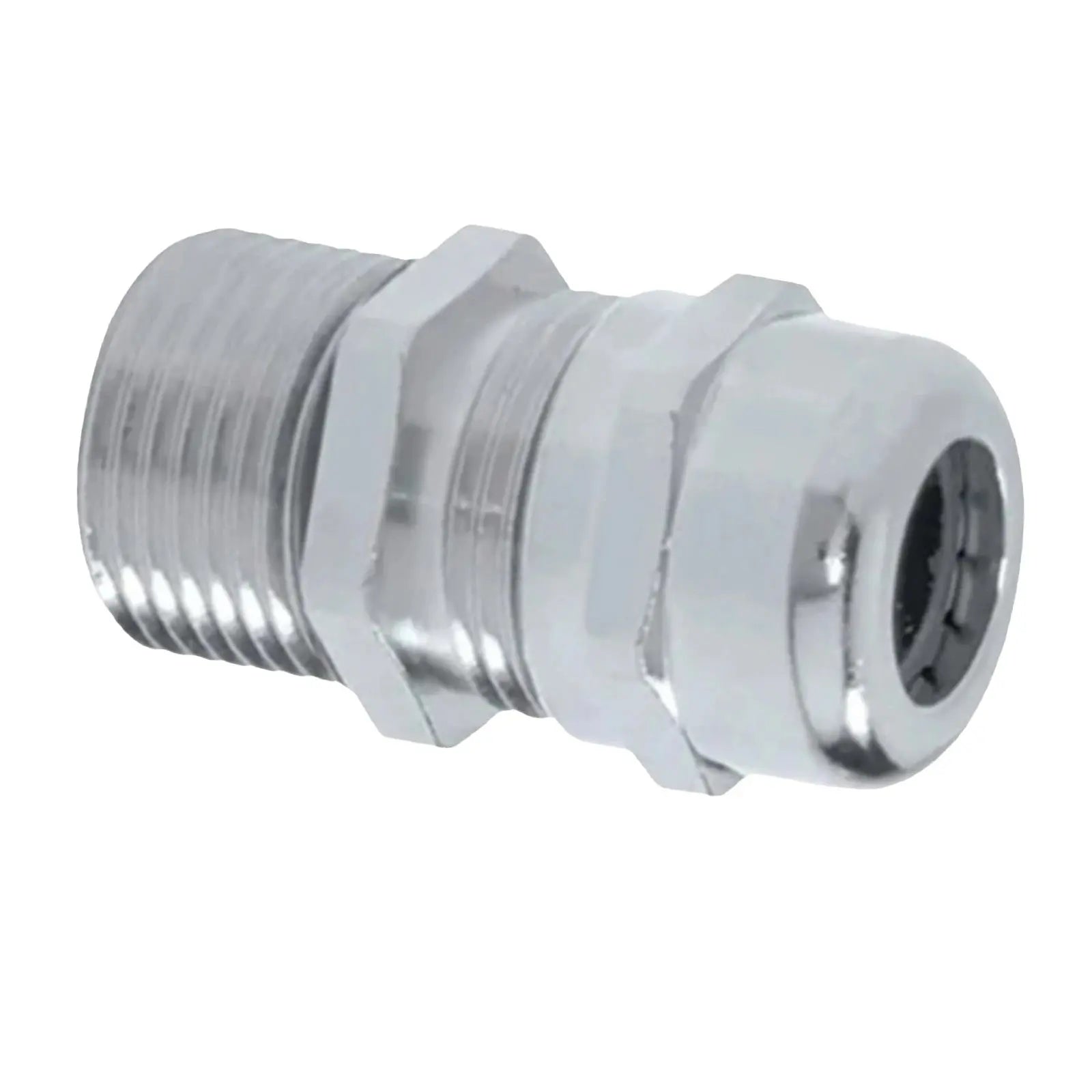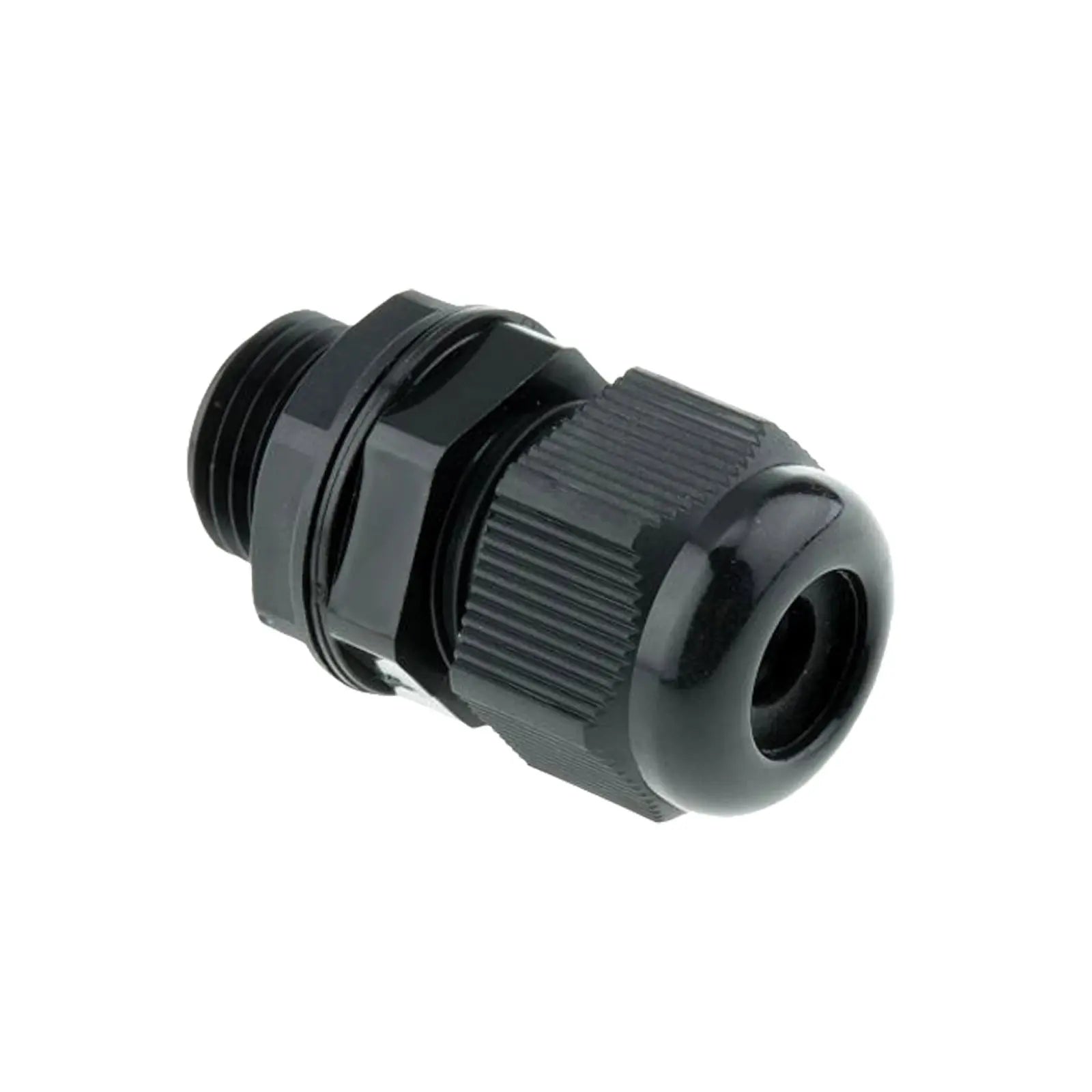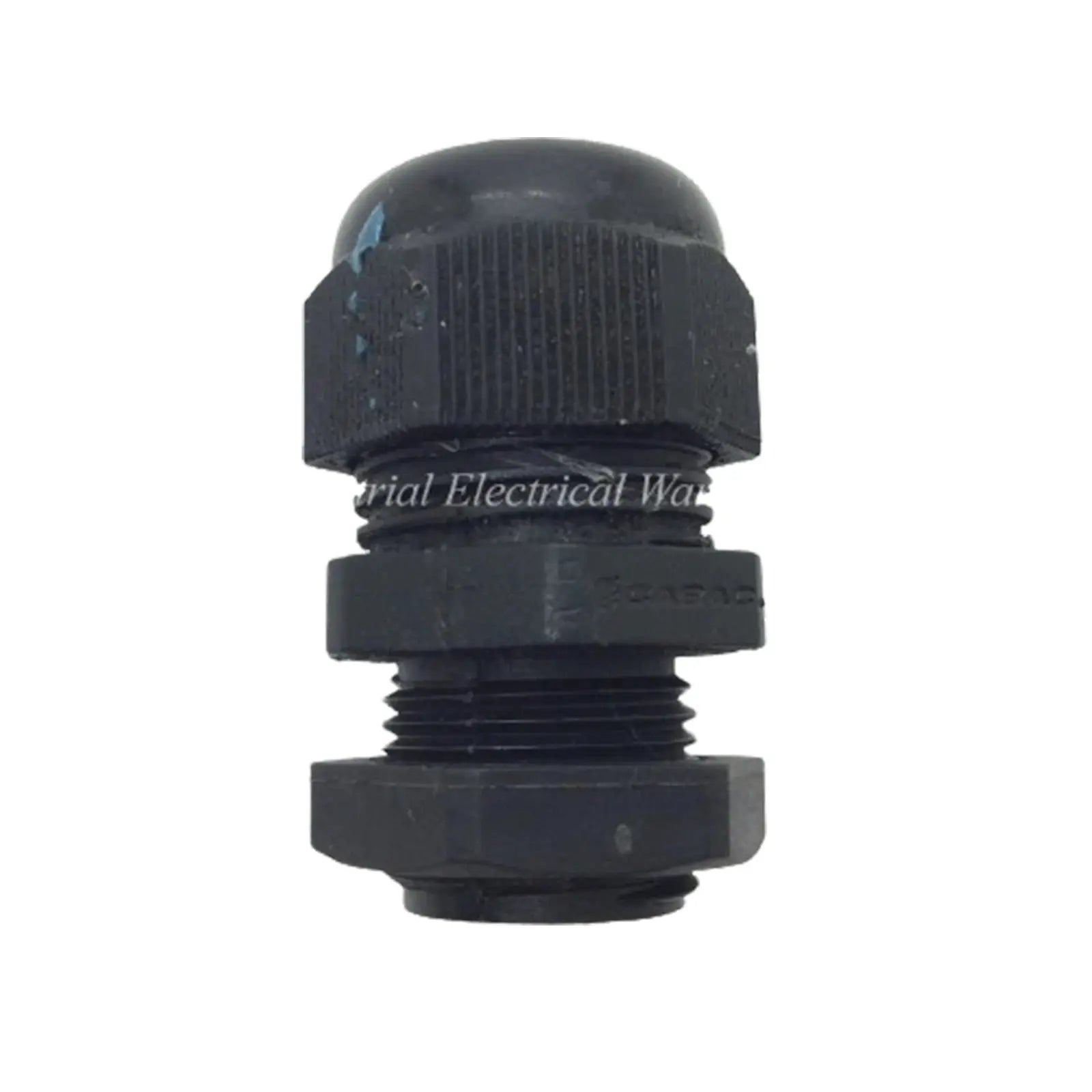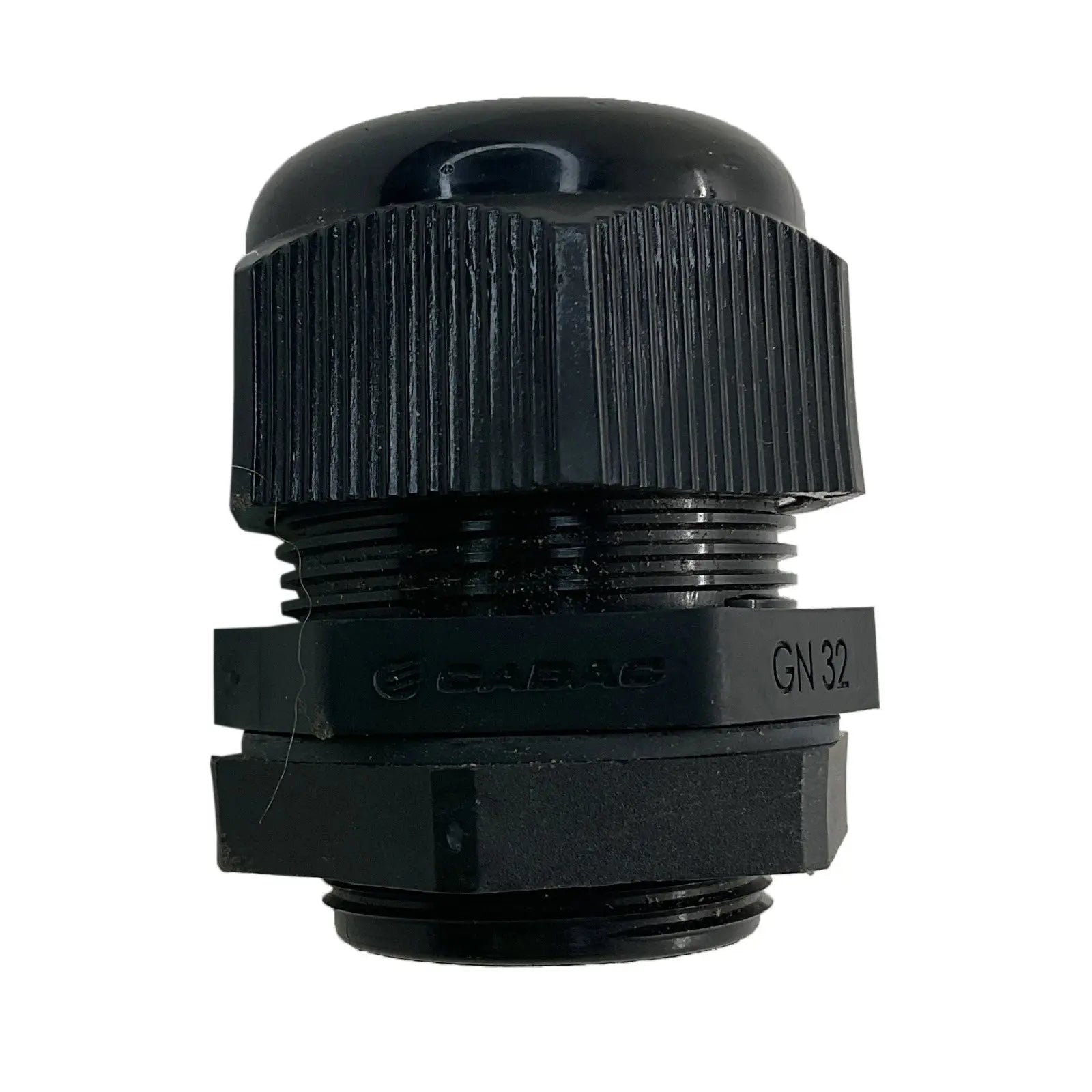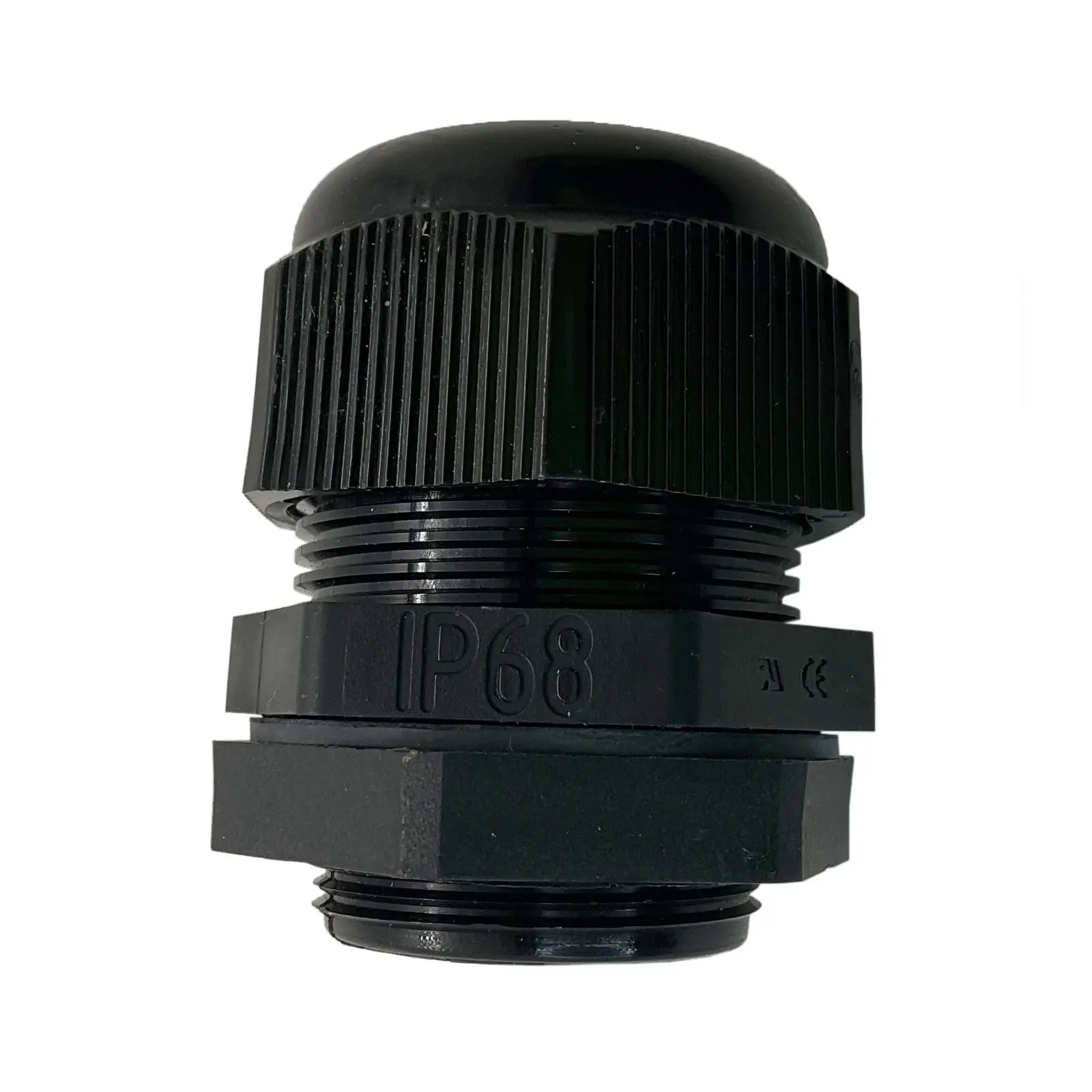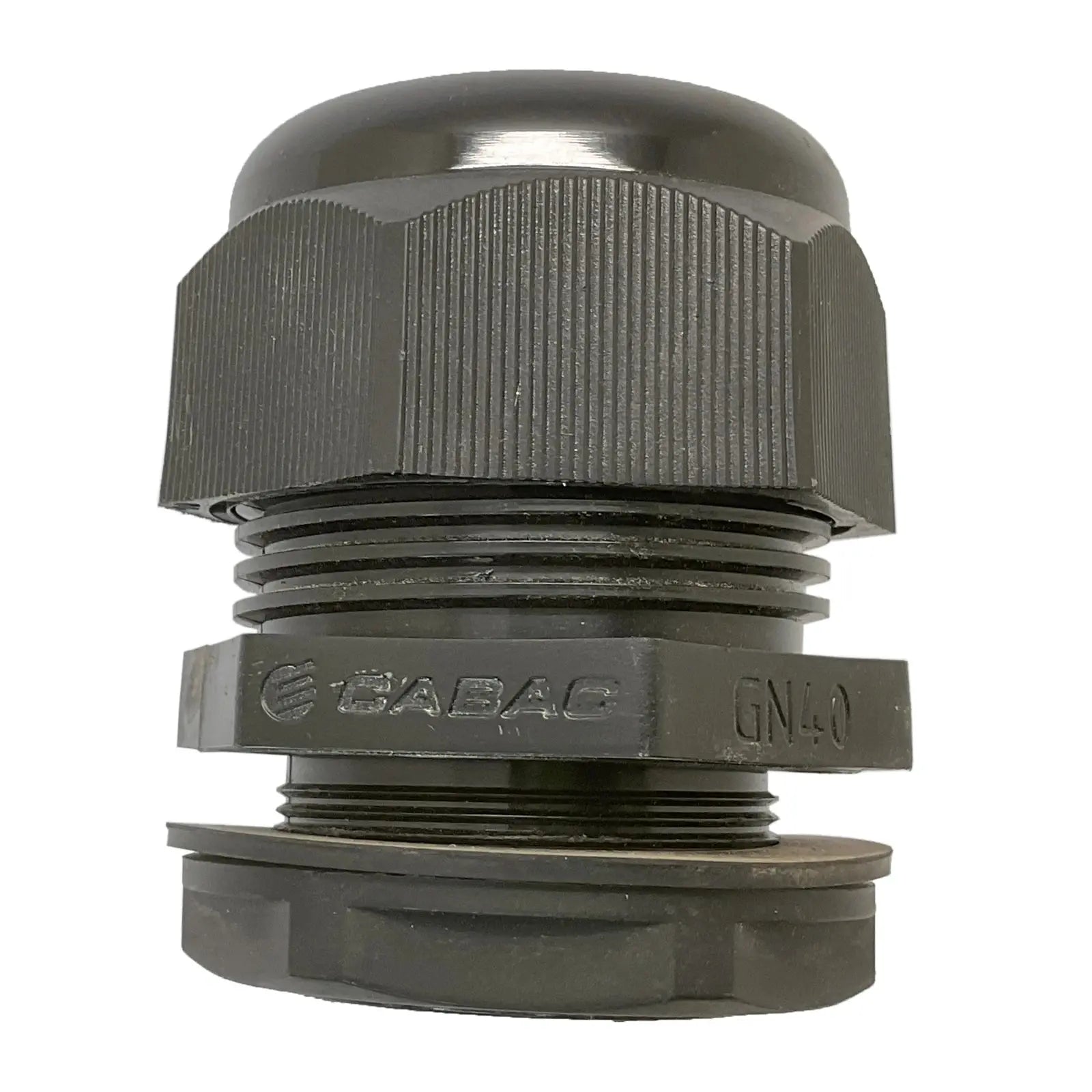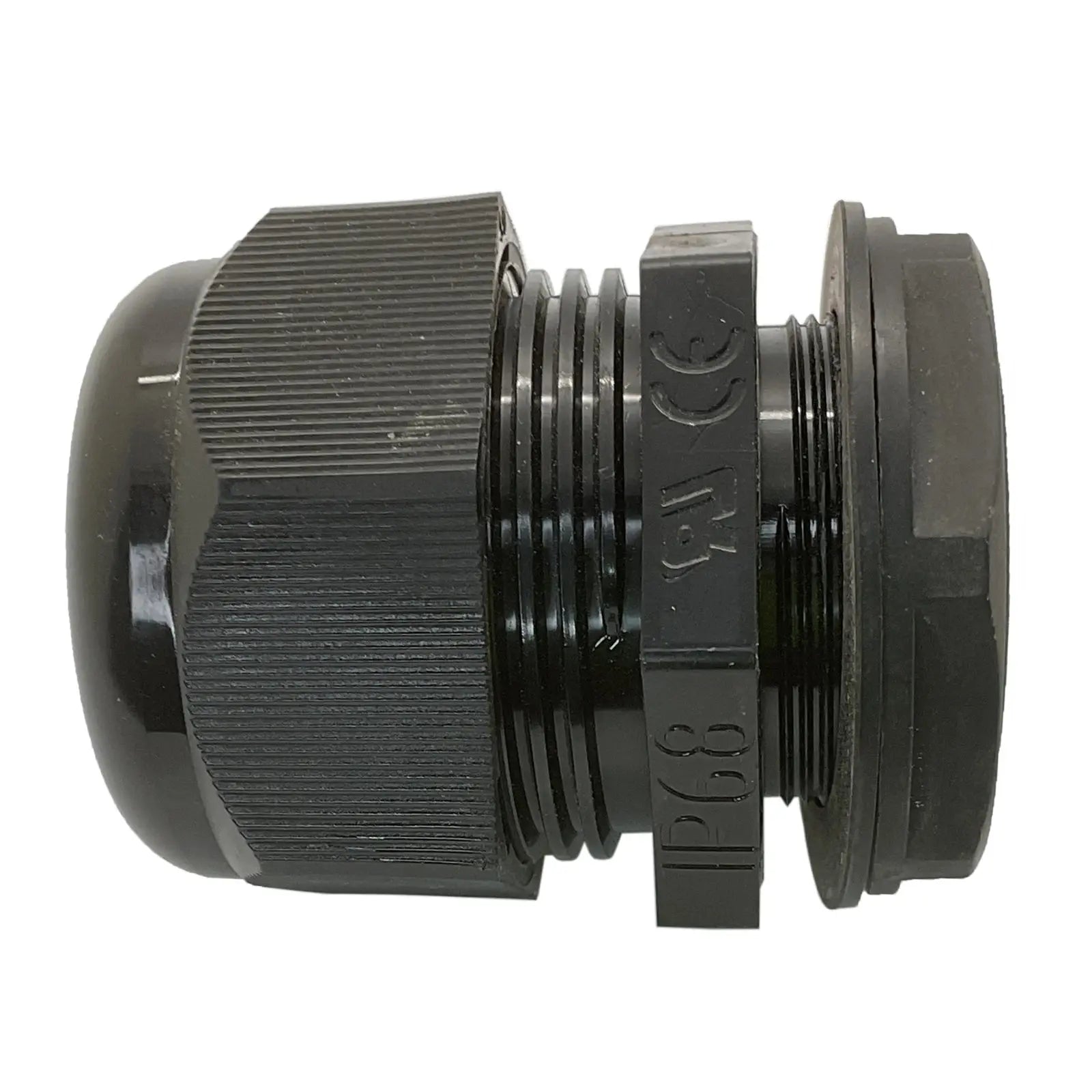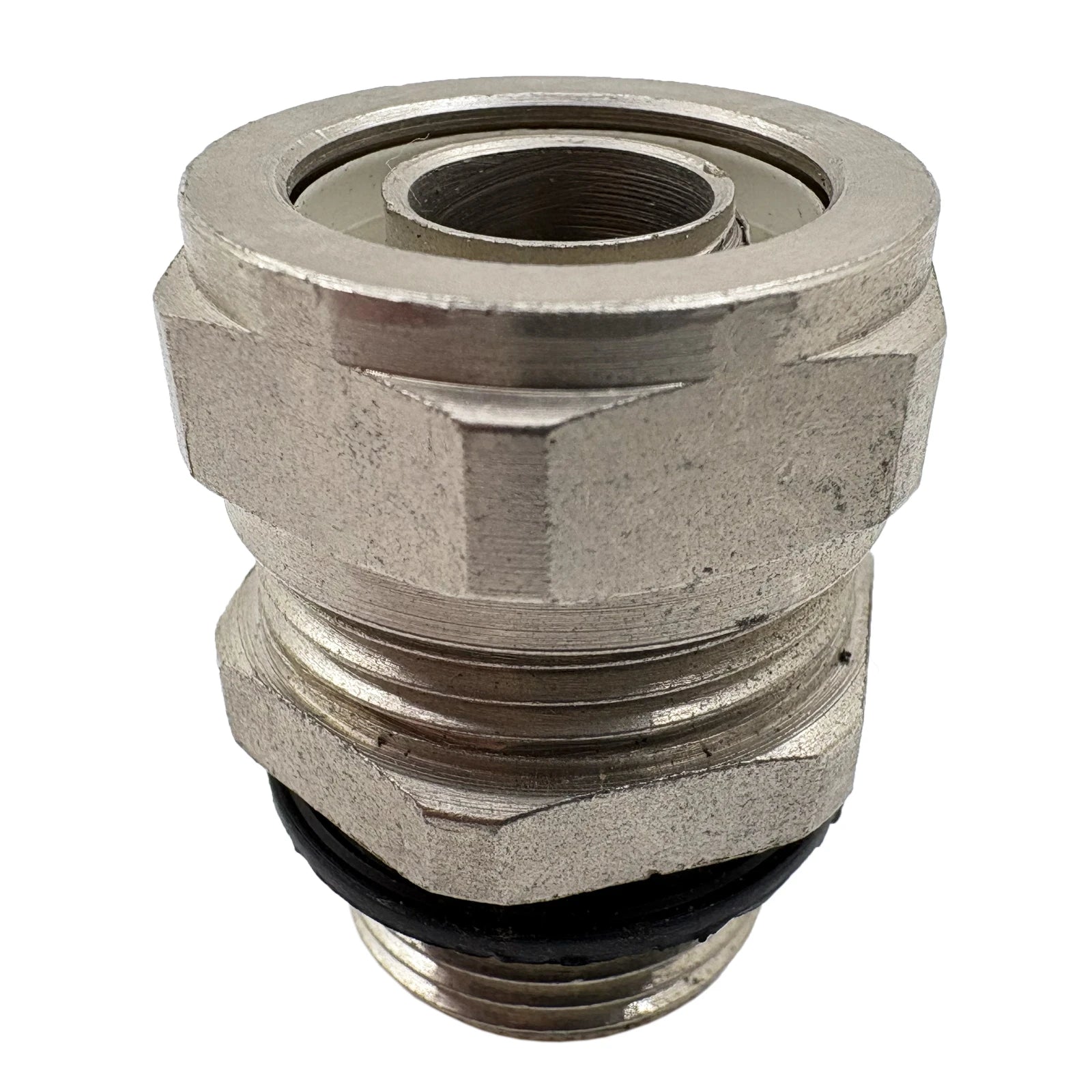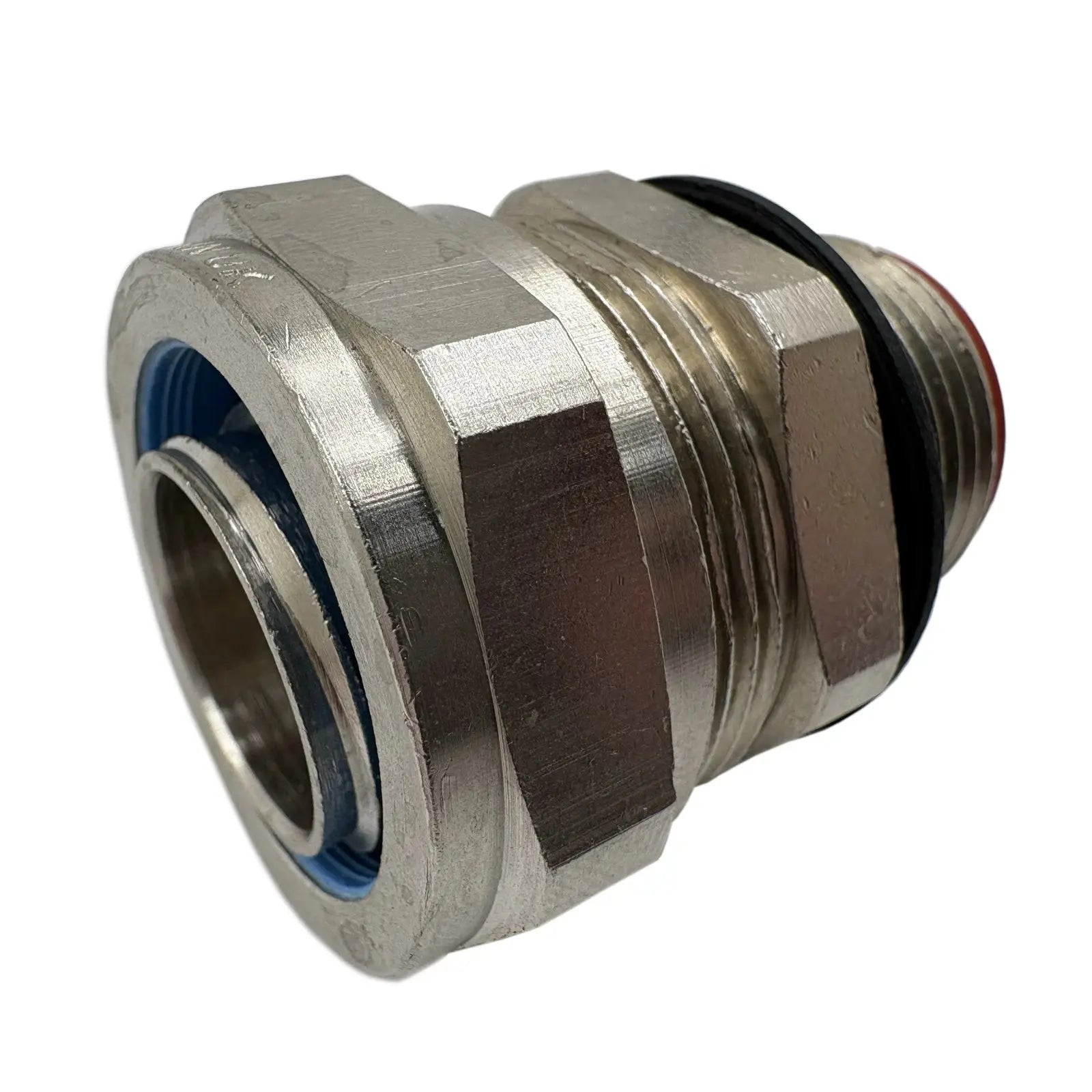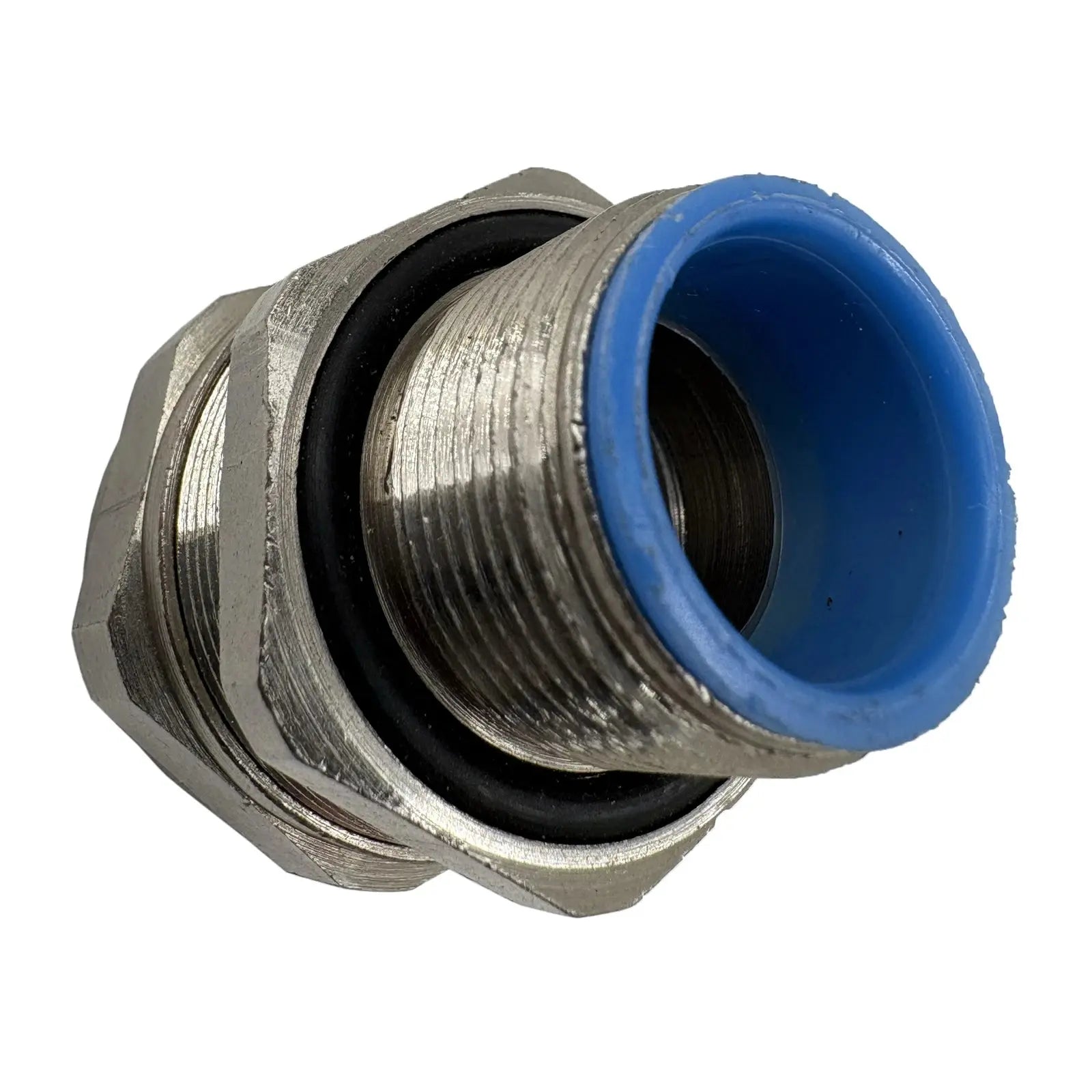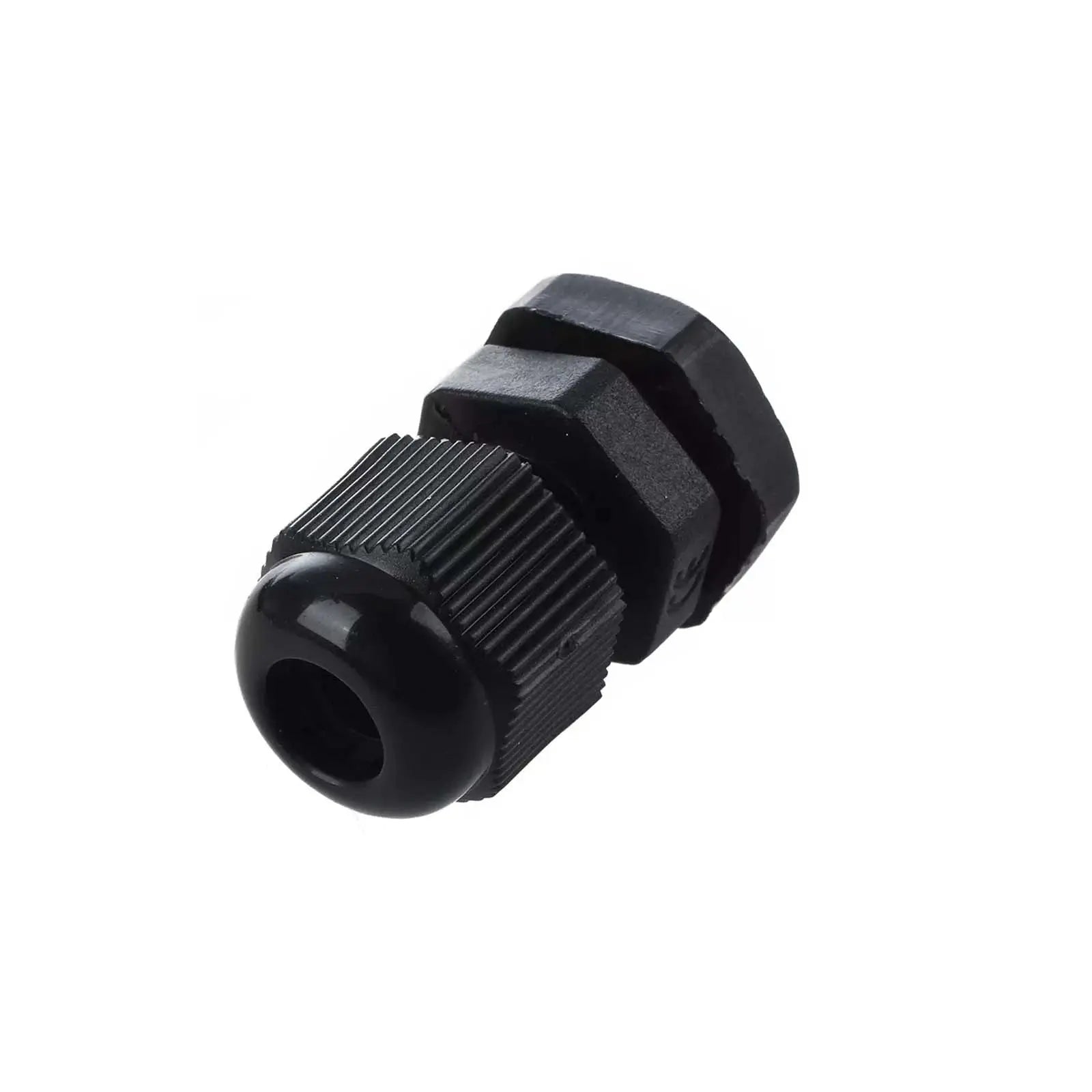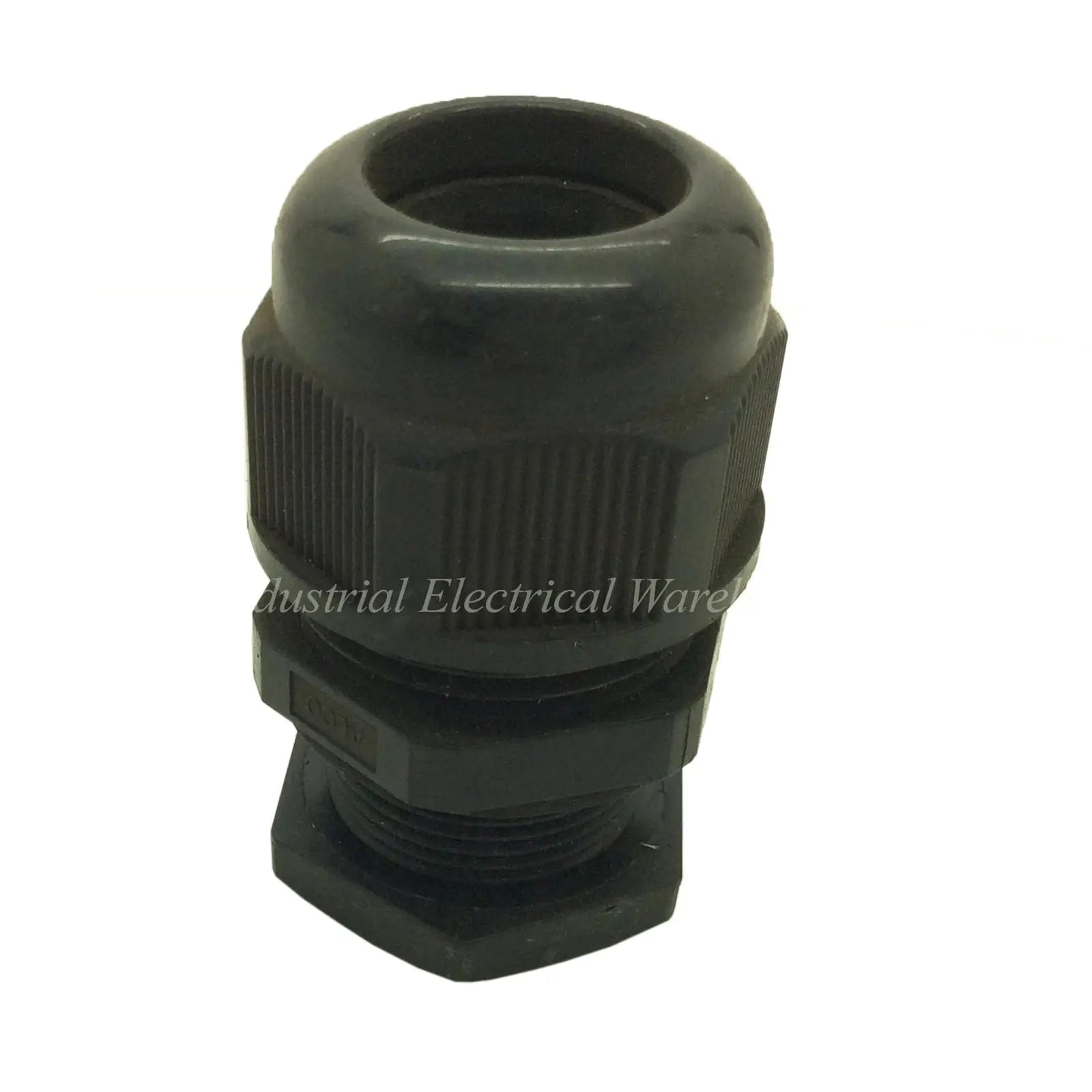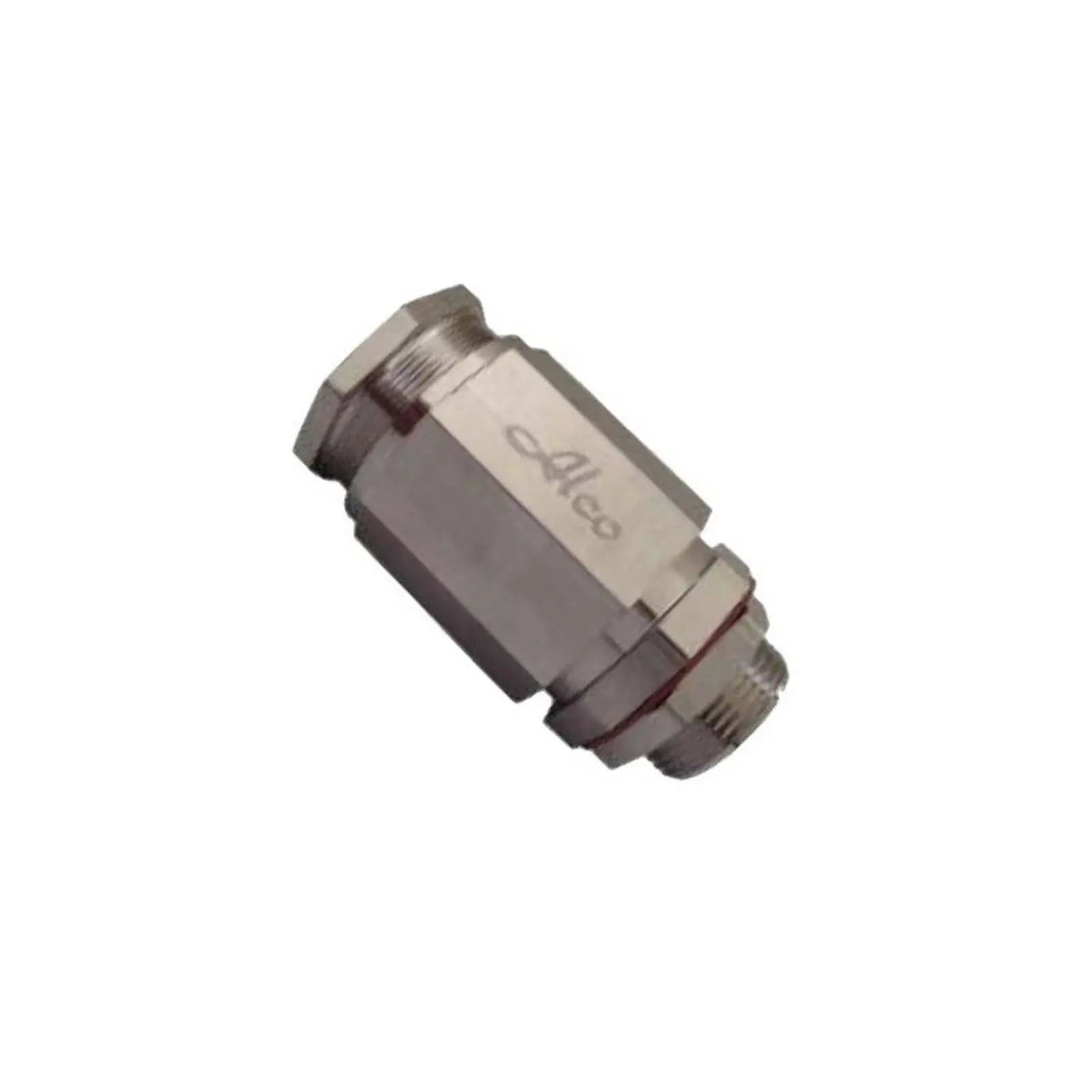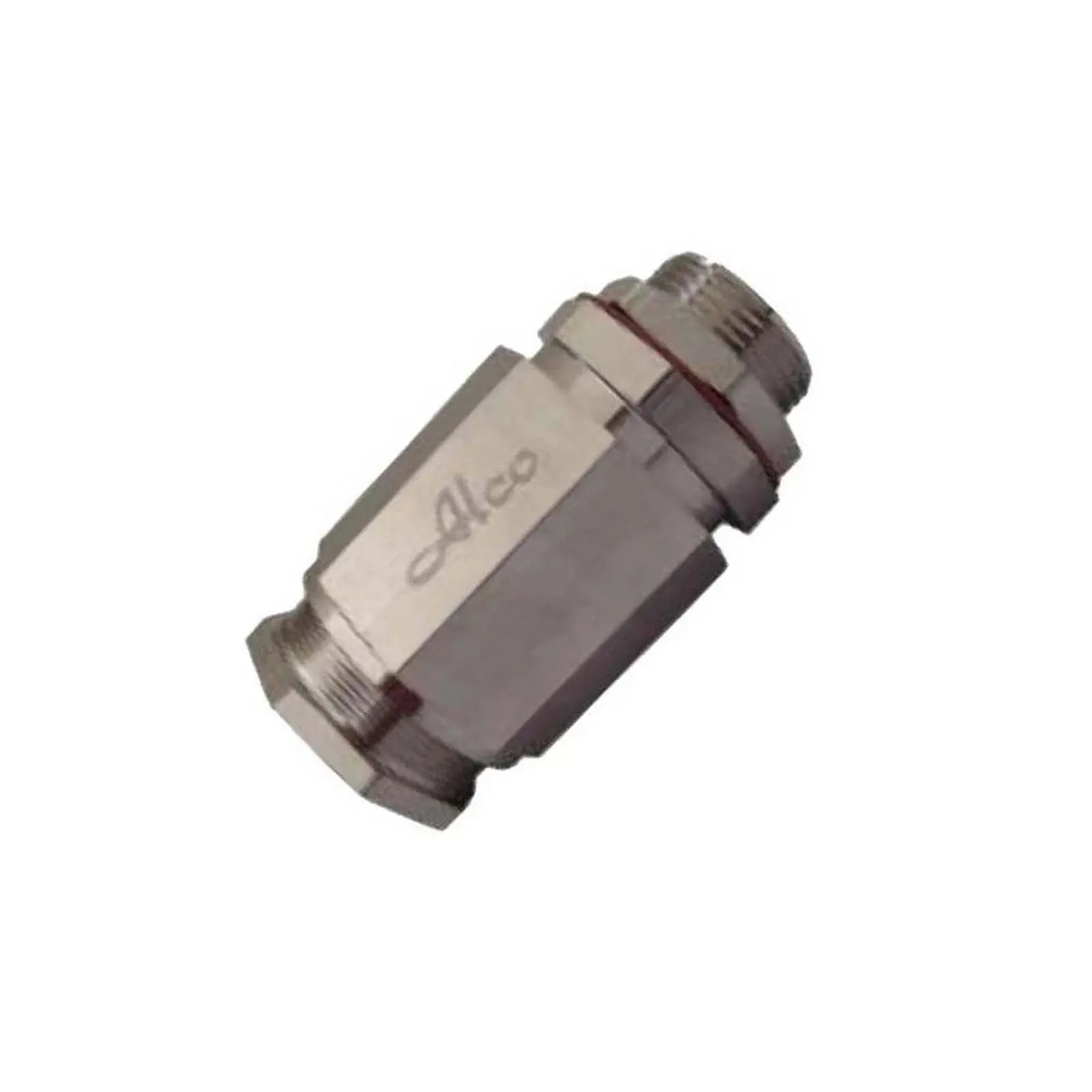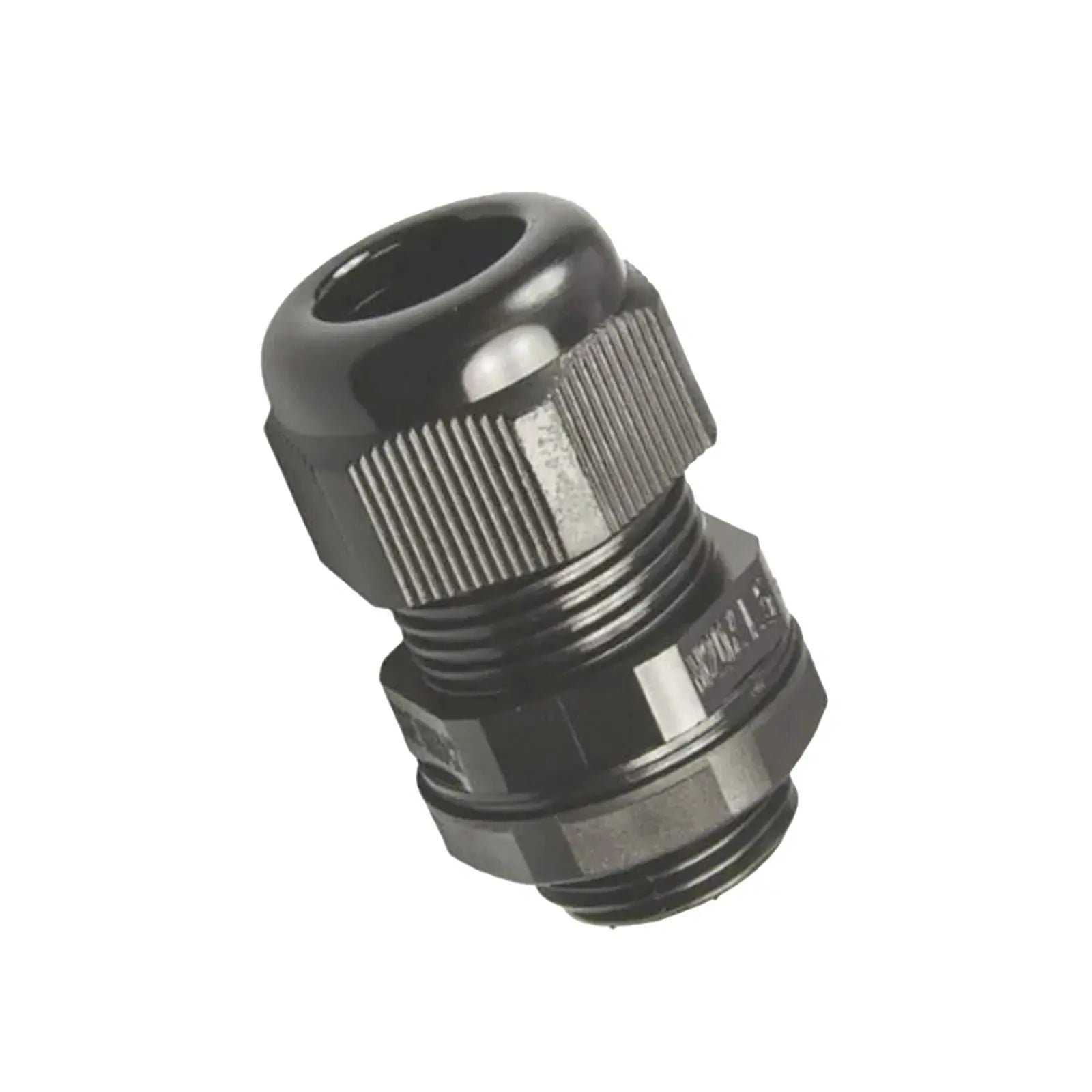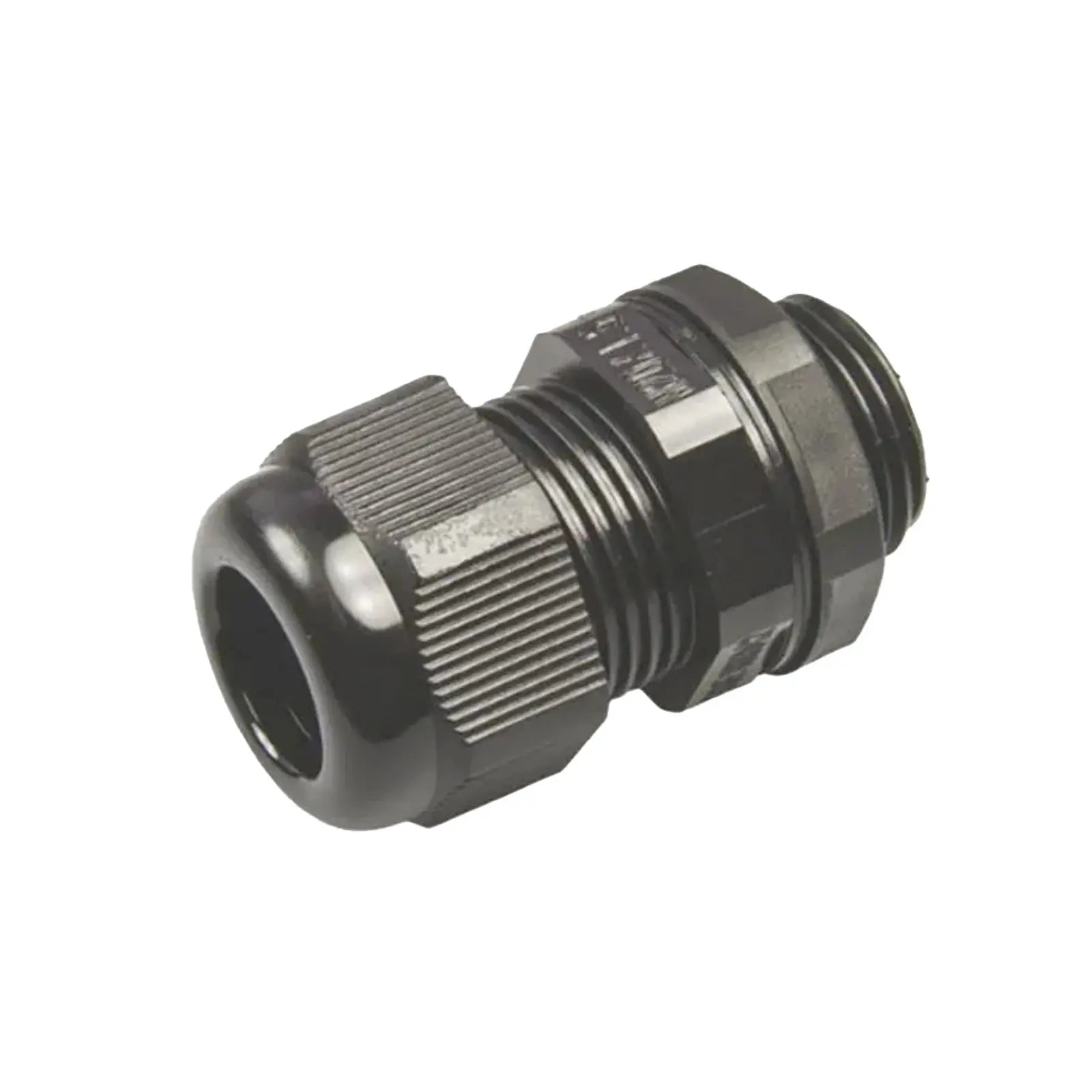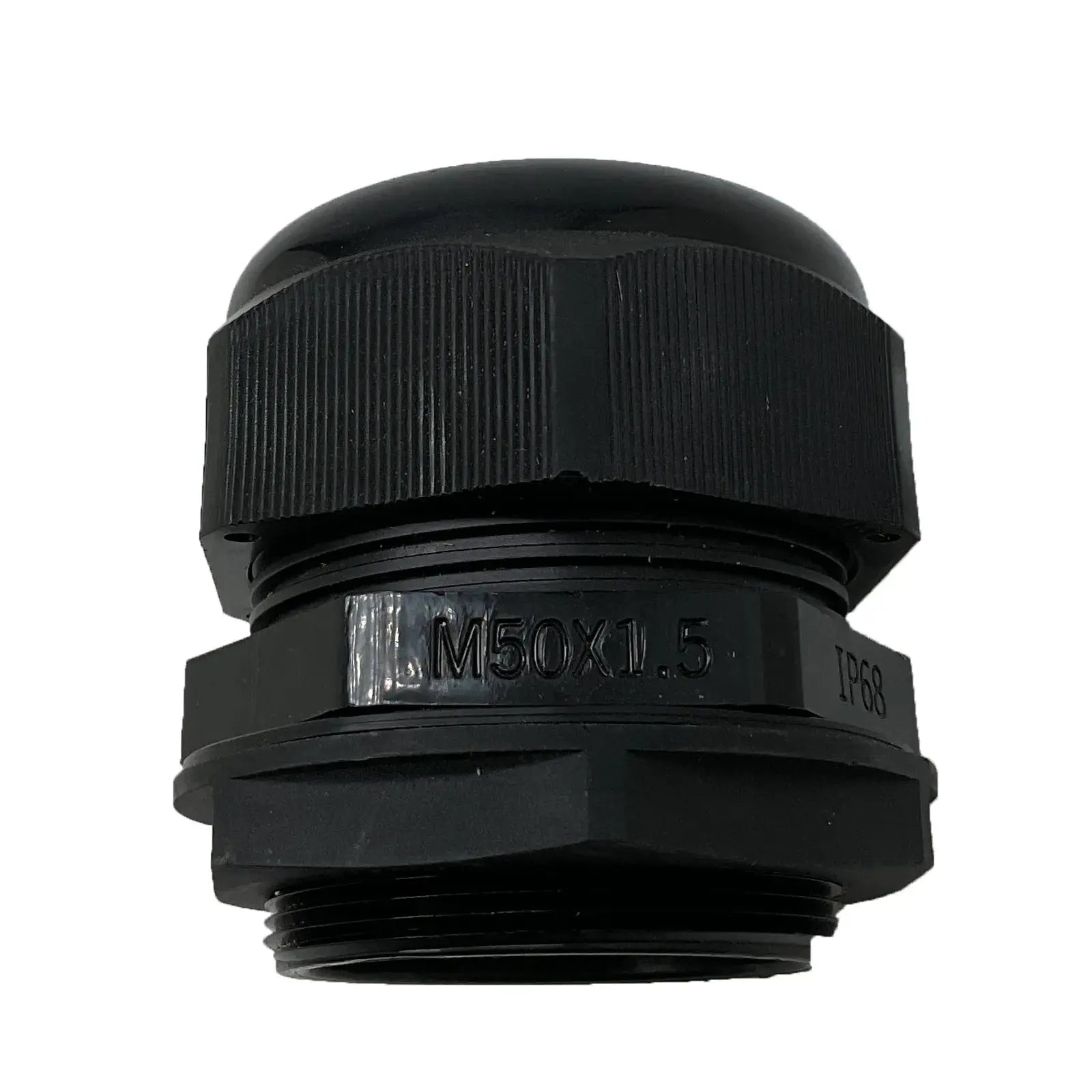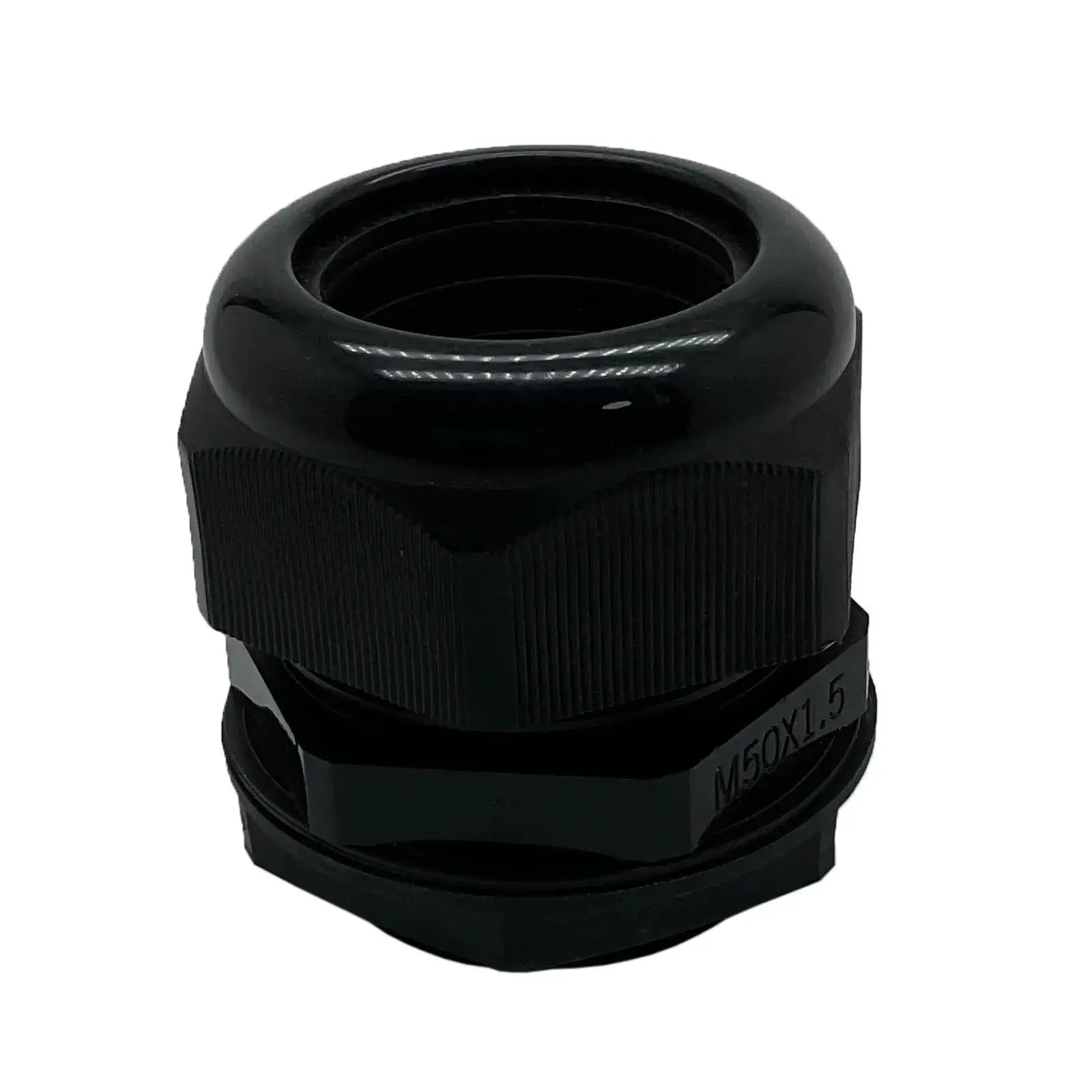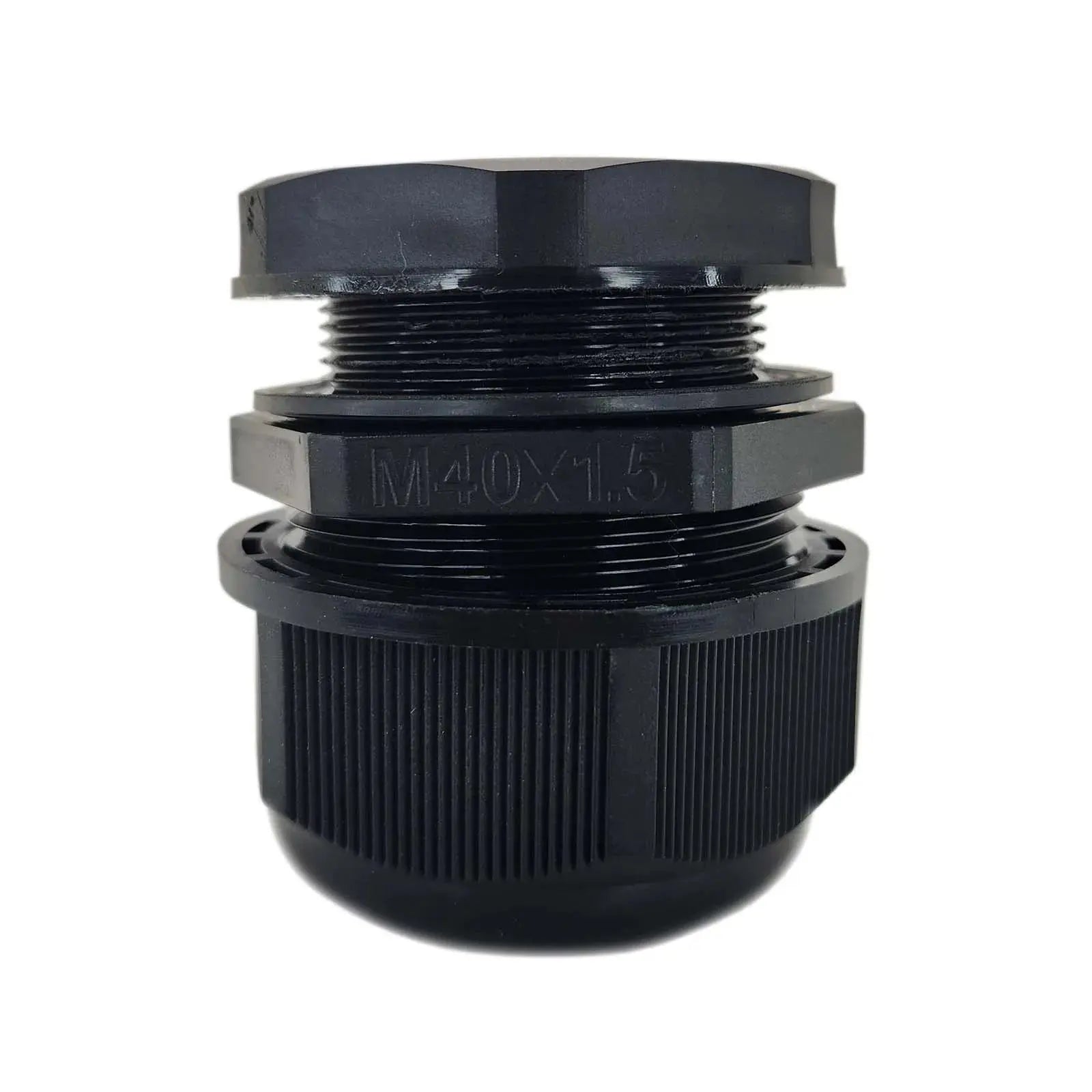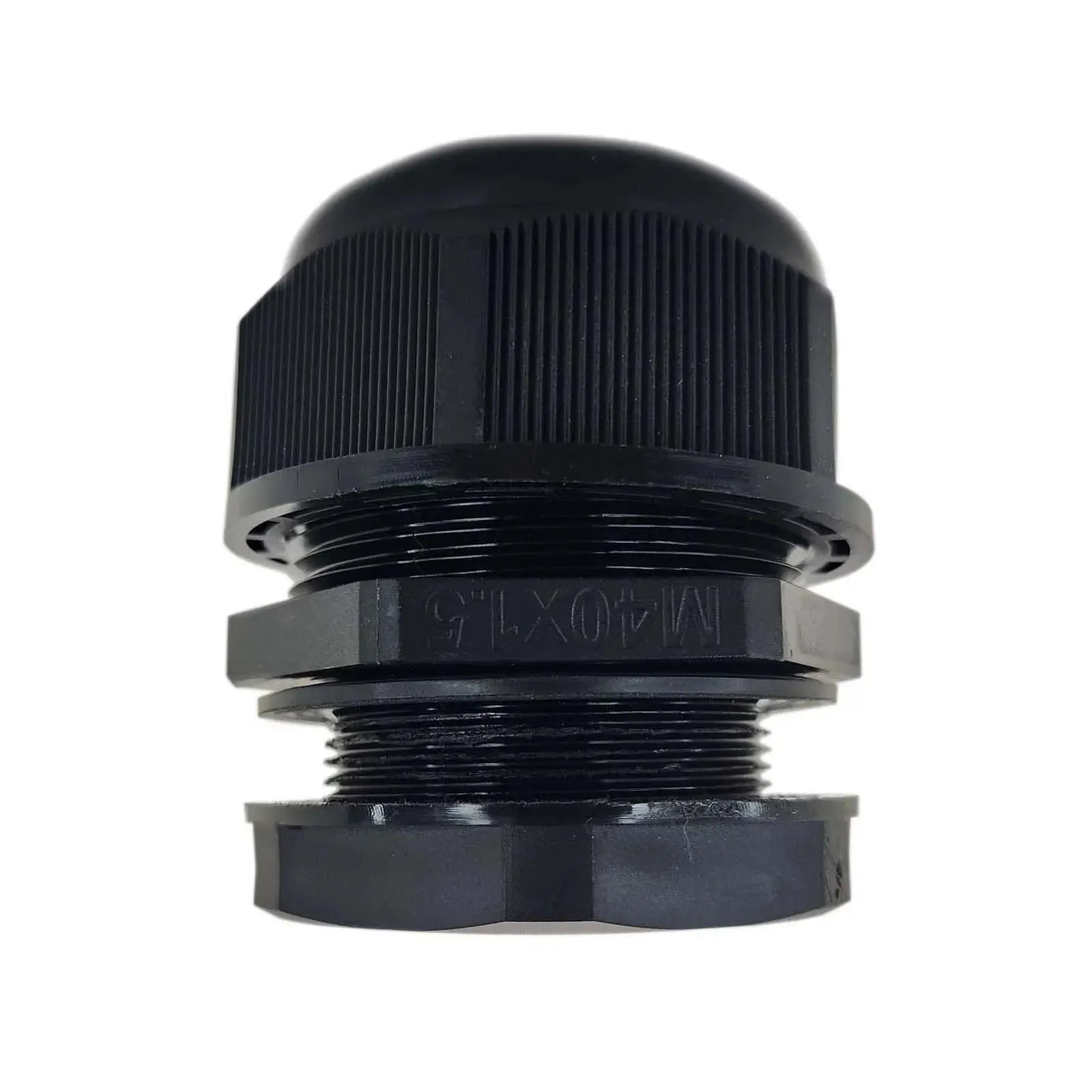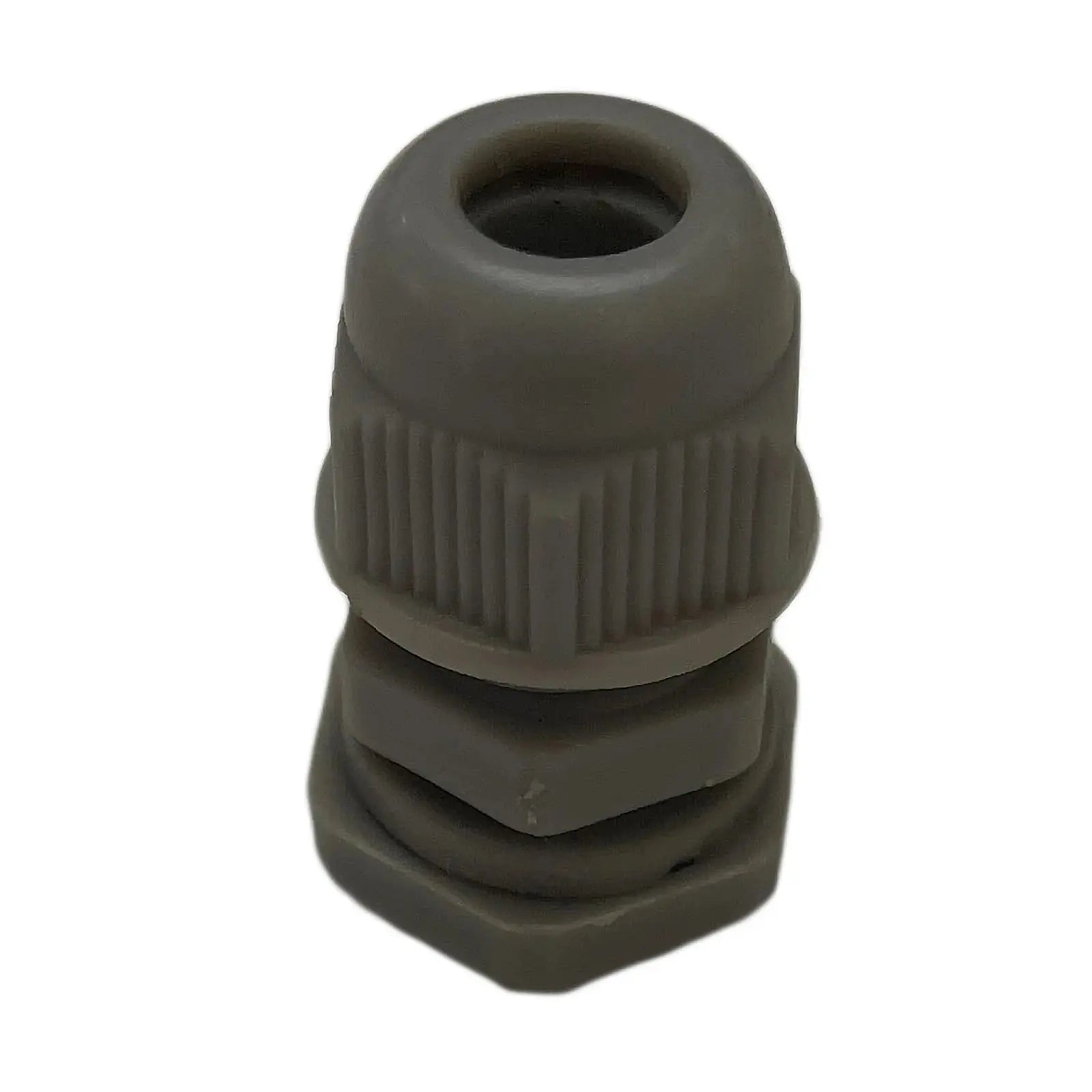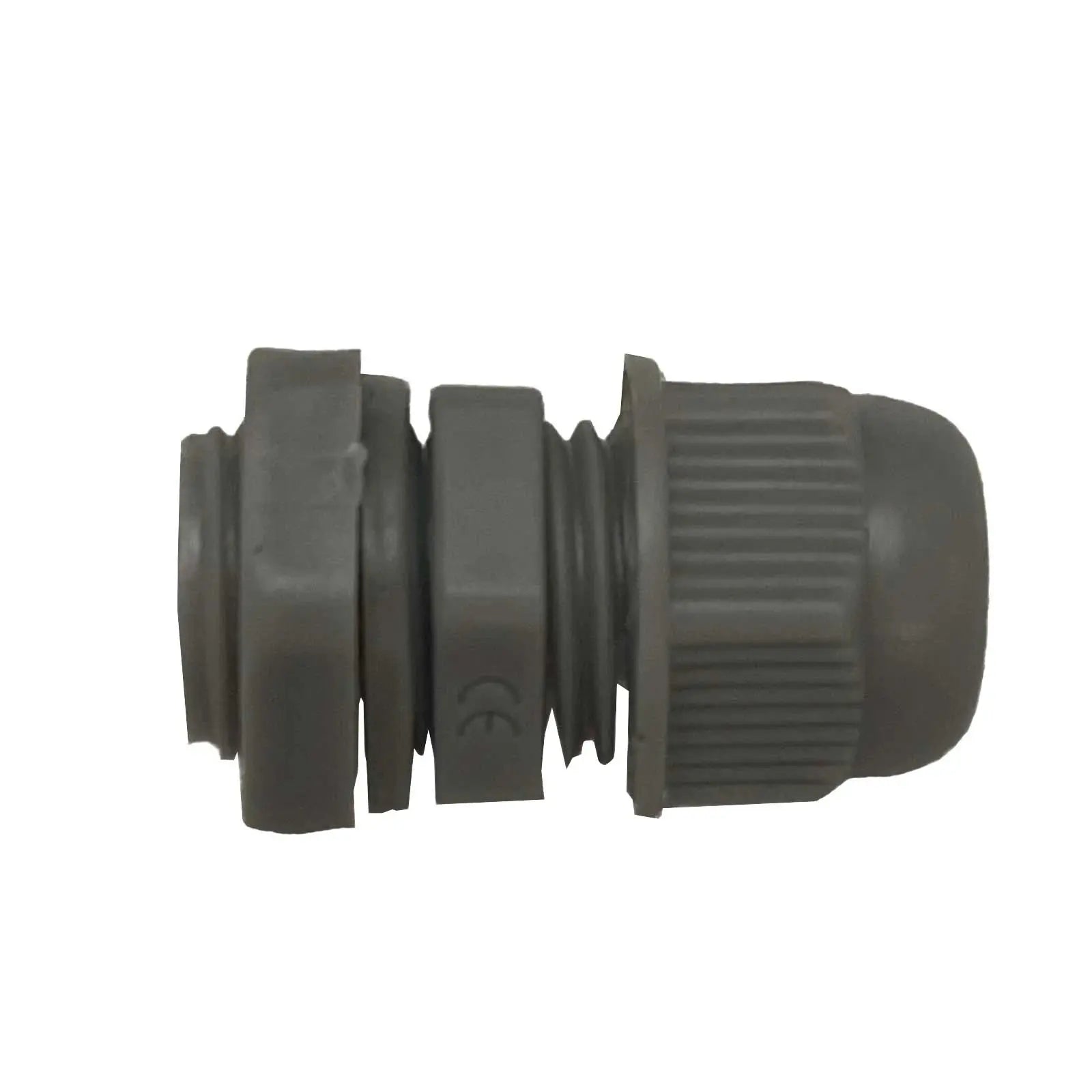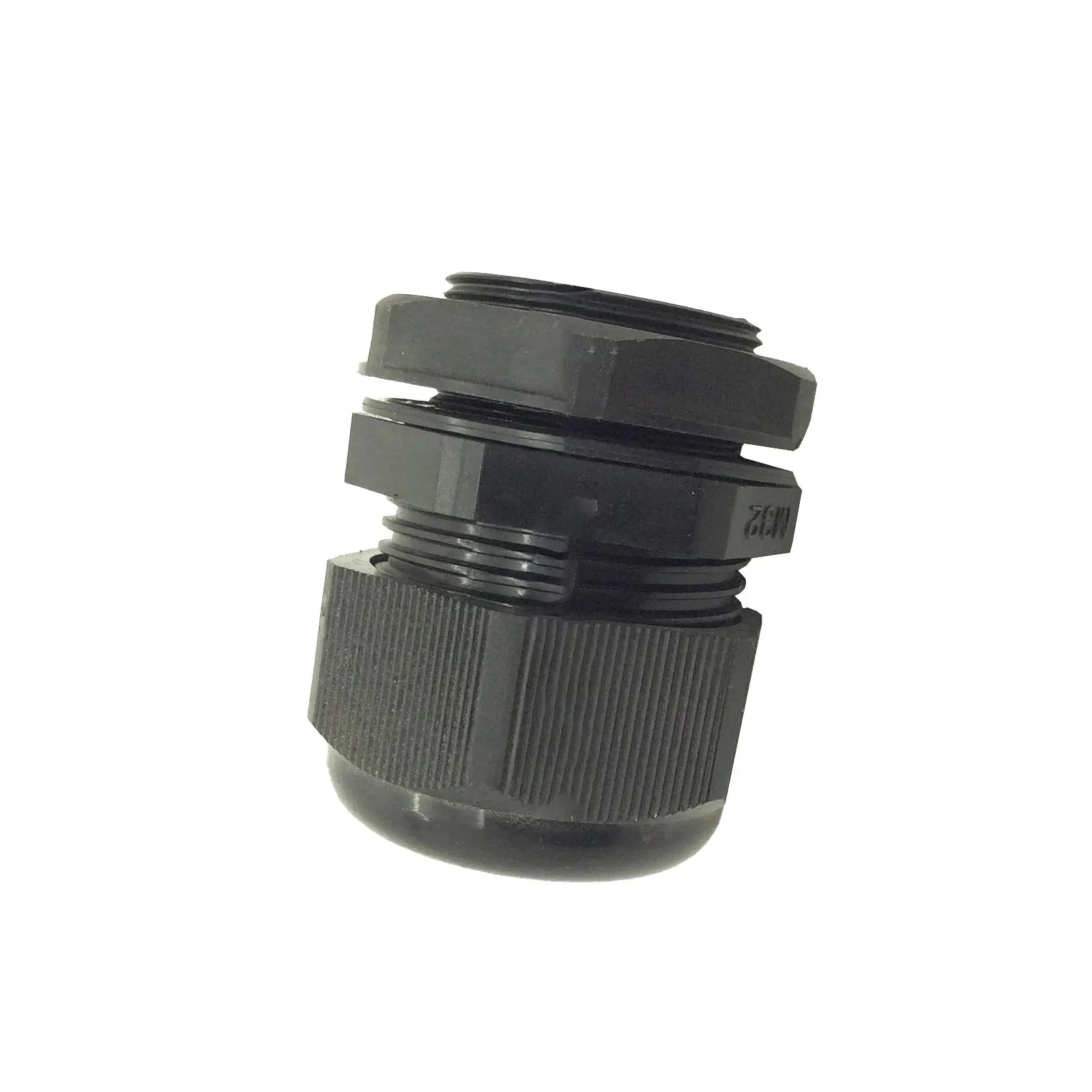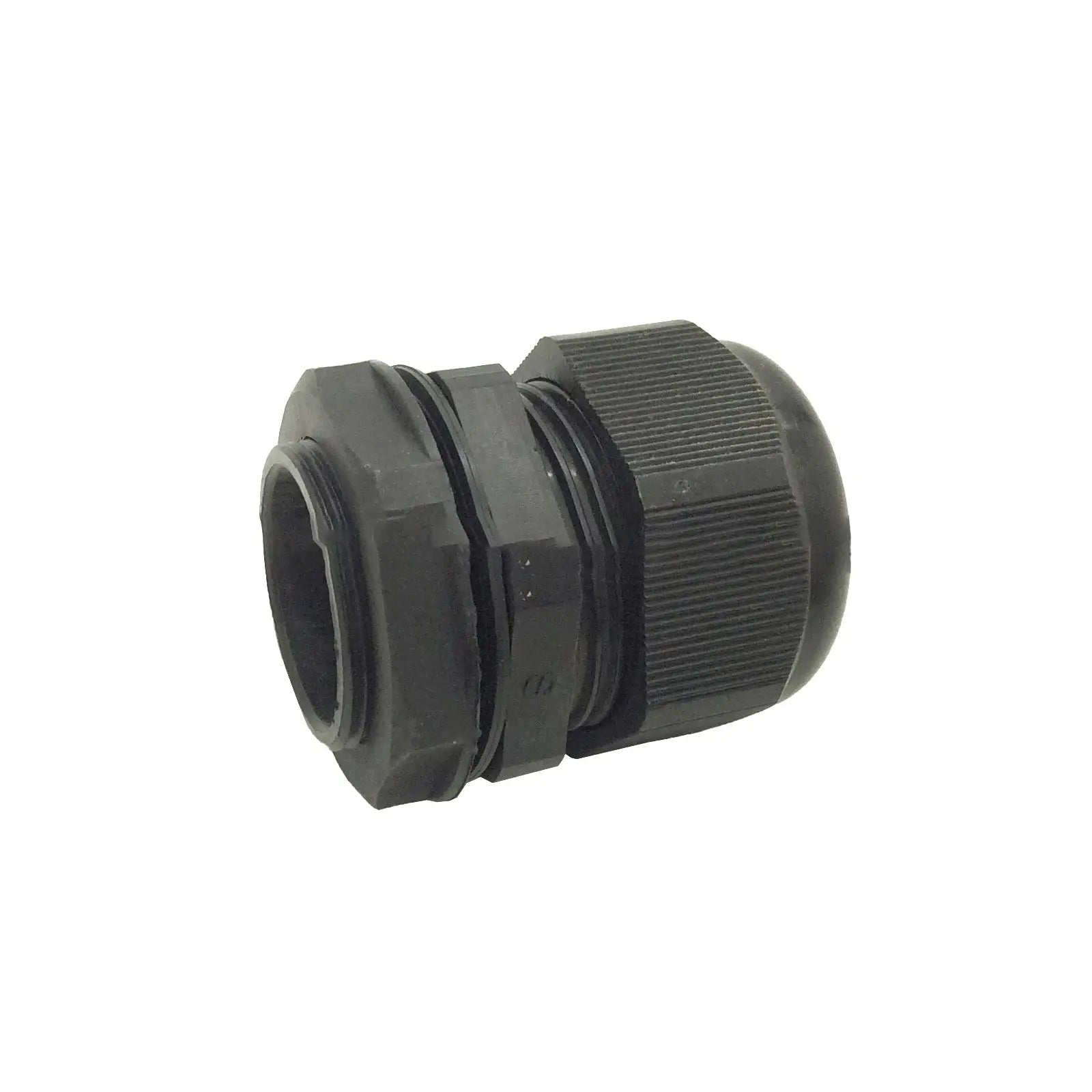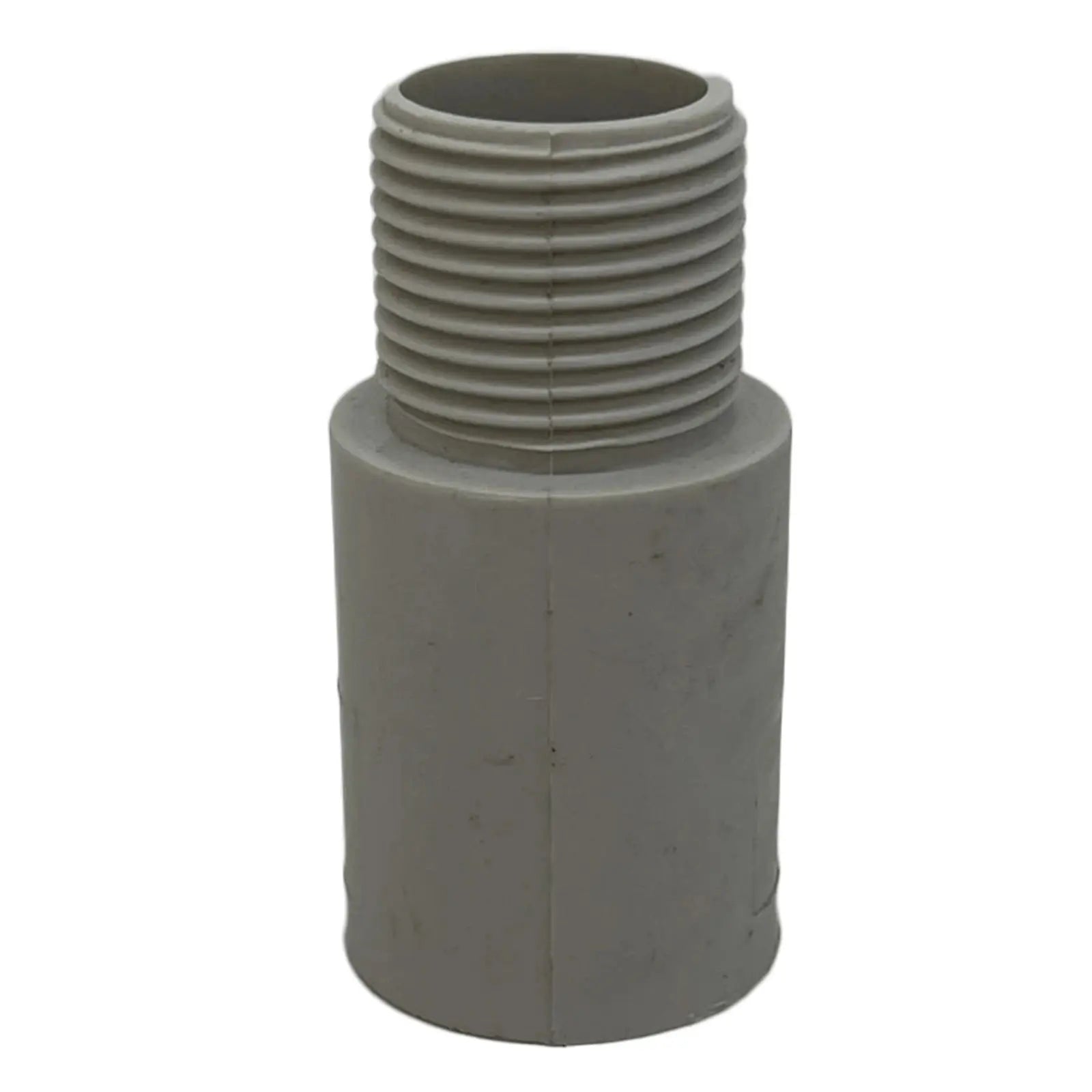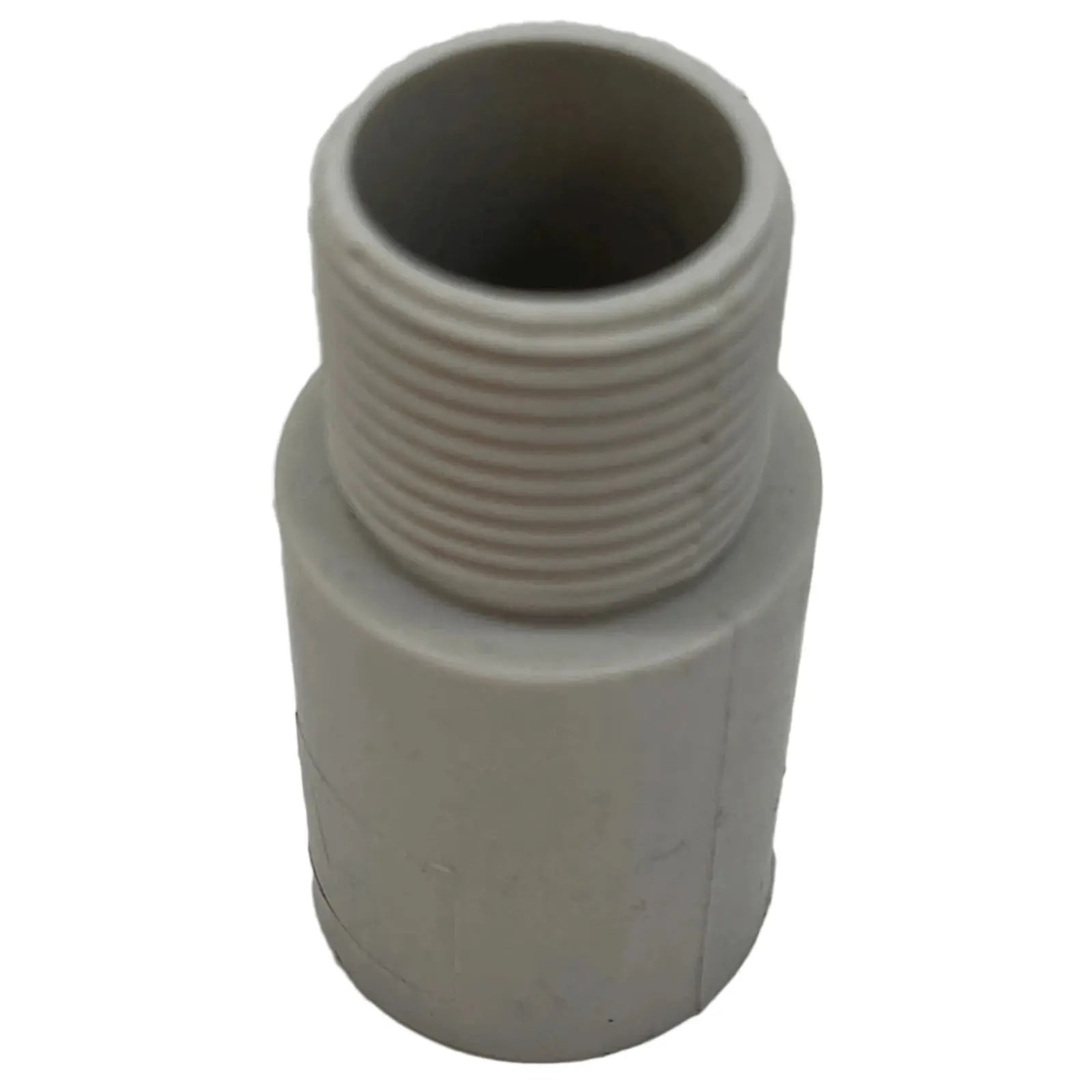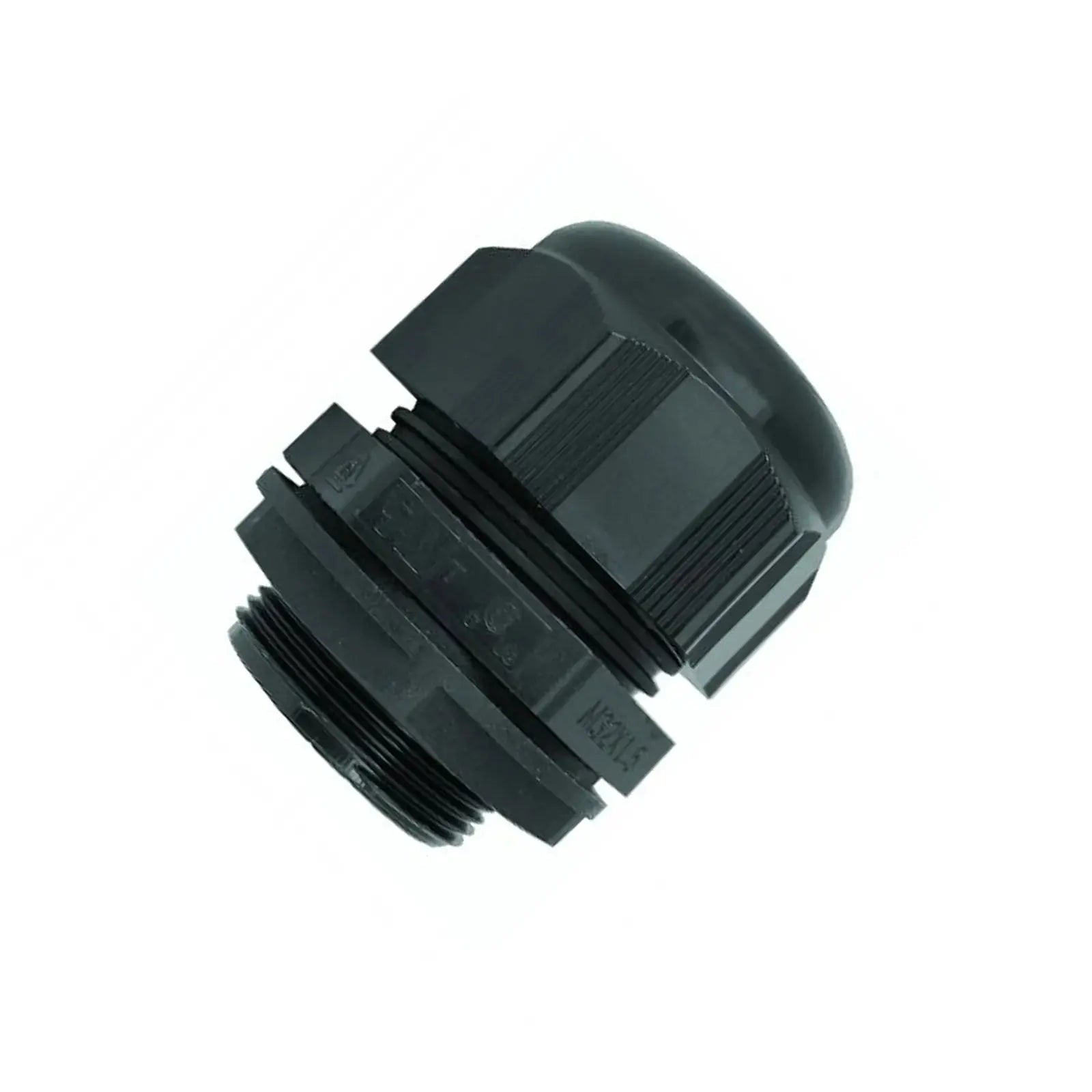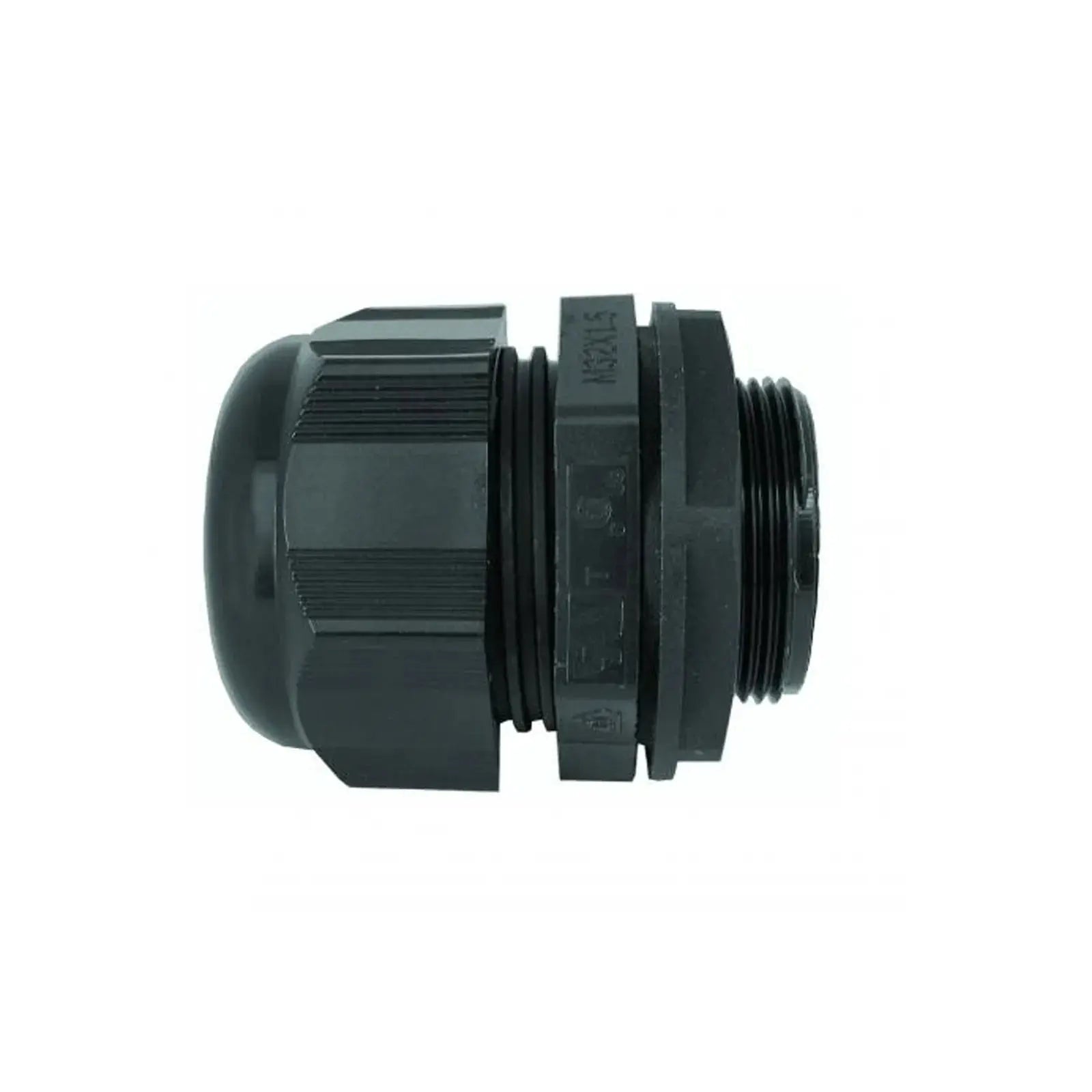Presse-étoupes : assurer une entrée et une protection sécurisées des câbles
Dans le monde interconnecté d'aujourd'hui, la transmission efficace et sûre de l'énergie électrique et des signaux est essentielle. Les presse-étoupes jouent un rôle crucial pour garantir la sécurité de l'entrée et de la protection des câbles, préservant ainsi les systèmes électriques de divers risques. Comprendre leur fonction, l'importance d'une entrée de câble sécurisée, la protection qu'ils offrent et savoir choisir le presse-étoupe adapté à vos besoins sont des éléments clés pour créer une infrastructure électrique fiable et sécurisée.
Comprendre la fonction des presse-étoupes
Avant d'aborder les détails des presse-étoupes, il est essentiel de comprendre leur fonction au sein d'un système électrique. Les presse-étoupes sont des dispositifs mécaniques conçus pour sécuriser l'entrée des câbles dans les équipements, boîtiers ou appareils électriques, tout en préservant leur intégrité. En scellant l'entrée des câbles, ils empêchent la pénétration de poussière, d'humidité et d'autres particules étrangères, garantissant ainsi la fiabilité et la sécurité de l'ensemble du système.
Le rôle des presse-étoupes dans les systèmes électriques
Les presse-étoupes constituent une interface essentielle entre les équipements électriques et les câbles. Ils assurent une transmission efficace et sûre de l'énergie et des signaux en assurant une connexion sécurisée. Correctement installés, ils préviennent les mouvements, les tensions et les dommages des câbles, garantissant ainsi leur longévité et réduisant les risques de pannes ou de dysfonctionnements électriques.
De plus, les presse-étoupes jouent un rôle essentiel dans l'esthétique globale d'un système électrique. Grâce à leur design élégant et compact, ils offrent non seulement un point d'entrée sécurisé pour les câbles, mais contribuent également à l'aspect soigné et organisé du système. Ceci est particulièrement important dans les environnements où l'esthétique est primordiale, comme les espaces commerciaux ou les architectures modernes.
Différents types de presse-étoupes et leurs utilisations
Il existe différents types de presse-étoupes, chacun conçu pour des applications spécifiques. Parmi les types courants, on trouve les presse-étoupes armés, non armés, antidéflagrants et résistants aux intempéries. Les presse-étoupes armés offrent une protection supplémentaire contre les forces externes, ce qui les rend adaptés aux environnements dangereux, tandis que les presse-étoupes non armés sont couramment utilisés dans les installations électriques générales. Les presse-étoupes antidéflagrants sont essentiels dans les zones où des gaz ou des matériaux inflammables sont présents, empêchant les étincelles ou les flammes de s'échapper de l'équipement. Les presse-étoupes résistants aux intempéries garantissent l'intégrité du système, même en extérieur ou dans des conditions climatiques difficiles.
De plus, les presse-étoupes peuvent être personnalisés pour répondre à des exigences spécifiques. Les fabricants proposent une gamme d'options, telles que différentes tailles de filetage, matériaux et techniques d'étanchéité, permettant aux utilisateurs de choisir le presse-étoupe le mieux adapté à leur application. Cette polyvalence garantit une intégration transparente des presse-étoupes à divers systèmes électriques, quelles que soient leur complexité ou leurs spécifications spécifiques.
L'importance d'une entrée de câble sécurisée
Une entrée de câble sécurisée est primordiale pour garantir la sécurité et la fiabilité globales d'un système électrique. Une entrée de câble inadéquate ou non sécurisée peut entraîner divers risques et problèmes, compromettant les performances du système et mettant potentiellement en danger des vies humaines. Il est essentiel de comprendre les risques d'une entrée de câble non sécurisée et comment les presse-étoupes peuvent renforcer la sécurité.
Risques d'une entrée de câble non sécurisée
Une entrée de câble mal sécurisée peut exposer les câbles à des éléments extérieurs, entraînant des dommages ou des pannes. L'humidité, la poussière et des particules étrangères peuvent s'infiltrer dans le système et provoquer des ruptures d'isolation, des courts-circuits, voire de la corrosion. De plus, une entrée de câble incorrecte peut entraîner une tension excessive des câbles, entraînant une usure prématurée, voire une déconnexion. Ces risques peuvent entraîner des temps d'arrêt du système, des réparations coûteuses ou, dans le pire des cas, des risques pour la sécurité.
Comment les presse-étoupes améliorent la sécurité
Les presse-étoupes offrent une solution fiable et sécurisée pour atténuer les risques liés à une entrée de câble non sécurisée. En créant une étanchéité parfaite autour du câble, ils empêchent la pénétration d'humidité, de poussière et d'autres contaminants. Ils offrent également une protection contre les contraintes, évitant ainsi une tension excessive sur les câbles. De plus, certains presse-étoupes offrent des caractéristiques supplémentaires, comme un indice de protection IP (Ingress Protection), qui indique leur efficacité à protéger contre des conditions environnementales spécifiques. Choisir le presse-étoupe adapté à l'application garantit une sécurité et des performances optimales du système électrique.
De plus, les presse-étoupes sont conçus pour s'adapter à une large gamme de tailles et de types de câbles, garantissant ainsi leur compatibilité avec diverses applications. Disponibles en différents matériaux, tels que le laiton, l'acier inoxydable ou le plastique, ils permettent aux utilisateurs de choisir l'option la plus adaptée aux exigences spécifiques de leur installation. De plus, les presse-étoupes sont disponibles en plusieurs modèles, notamment filetés, à compression ou antidéflagrants, offrant flexibilité et polyvalence dans différents environnements.
De plus, les presse-étoupes sont soumis à des tests et à des certifications rigoureux afin de garantir leur fiabilité et leur conformité aux normes industrielles. Ces tests évaluent des facteurs tels que l'indice de protection, la résistance mécanique et la résistance aux conditions environnementales. En choisissant des presse-étoupes certifiés, les utilisateurs peuvent avoir confiance en la qualité et les performances du produit, renforçant ainsi la sécurité de leur entrée de câbles.
Protection offerte par les presse-étoupes
Les presse-étoupes offrent une protection complète qui va au-delà de la simple sécurisation des points d'entrée des câbles. Ils jouent un rôle essentiel dans la protection des systèmes électriques contre les facteurs environnementaux et assurent une protection mécanique.
Protection contre les facteurs environnementaux
Les équipements électriques sont souvent soumis à des conditions environnementales difficiles, notamment des températures extrêmes, de l'humidité, des produits chimiques et des vibrations. Des presse-étoupes dotés de propriétés d'étanchéité et d'isolation appropriées protègent les câbles et les équipements de ces éléments, garantissant un fonctionnement ininterrompu et une durée de vie prolongée des équipements.
Examinons de plus près comment les presse-étoupes protègent contre différents facteurs environnementaux :
Températures extrêmes : Les presse-étoupes sont conçus pour résister à une large plage de températures, du froid glacial à la chaleur torride. Ils forment une barrière empêchant la pénétration d'air chaud ou froid, maintenant ainsi une température stable à l'intérieur du système électrique.
Humidité : L'eau et l'humidité peuvent endommager les équipements électriques et provoquer des courts-circuits ou de la corrosion. Des presse-étoupes dotés d'une étanchéité efficace empêchent l'eau de pénétrer, garantissant ainsi que les câbles et les équipements restent secs et protégés.
Produits chimiques : Dans certains environnements industriels, l'exposition aux produits chimiques est fréquente. Les presse-étoupes fabriqués à partir de matériaux résistants aux produits chimiques agissent comme une barrière contre les substances corrosives, protégeant ainsi les câbles et les équipements des dommages chimiques.
Vibrations : Les vibrations peuvent provoquer le desserrage ou la déconnexion des câbles, ce qui peut entraîner une défaillance de l'équipement. Les presse-étoupes résistants aux vibrations assurent une connexion sécurisée, empêchant le mouvement des câbles et minimisant les risques de dommages.
Assurer la protection mécanique
Les câbles sont sujets aux contraintes, aux flexions, voire aux chocs accidentels. Les presse-étoupes répondent à ces préoccupations en offrant un point d'entrée sûr et stable qui minimise les mouvements, les contraintes et les dommages potentiels des câbles. De par leur conception et leur fabrication, les presse-étoupes améliorent la gestion des câbles et minimisent les risques de fatigue ou de déconnexion.
Examinons de plus près la protection mécanique offerte par les presse-étoupes :
Décharge de traction : Les presse-étoupes sont équipés de dispositifs de décharge de traction qui répartissent la tension sur le câble, l'empêchant ainsi d'être tiré ou étiré au-delà de ses limites. Cela garantit l'intégrité du câble et prévient tout dommage potentiel.
Protection contre la flexion : En maintenant fermement le câble en place, les presse-étoupes empêchent toute flexion excessive, susceptible de provoquer une rupture du câble ou d'endommager l'isolation. Ils préservent l'intégrité du câble, lui permettant ainsi de fonctionner de manière optimale.
Résistance aux chocs : Des impacts accidentels peuvent survenir dans divers environnements, tels que les chantiers de construction ou les installations industrielles. Les presse-étoupes agissent comme une barrière protectrice, absorbant les chocs et protégeant le câble de tout dommage potentiel.
Choisir le presse-étoupe adapté à vos besoins
Choisir le bon presse-étoupe est crucial pour garantir des performances, une fiabilité et une sécurité optimales du système électrique. Plusieurs facteurs doivent être pris en compte lors du processus de sélection pour répondre à des exigences spécifiques.
Lors du choix d'un presse-étoupe, de nombreux facteurs doivent être pris en compte. L'un des plus importants est le diamètre du câble. Il est essentiel de choisir un presse-étoupe de la taille adaptée au câble, afin de garantir un ajustement et une étanchéité parfaits. Un presse-étoupe trop petit risque de ne pas offrir une protection adéquate, tandis qu'un presse-étoupe trop grand peut entraîner des inefficacités et des risques potentiels pour la sécurité.
Un autre facteur à prendre en compte est la compatibilité des matériaux. Différents câbles et équipements peuvent nécessiter des presse-étoupes spécifiques afin d'éviter les réactions chimiques ou les conflits susceptibles de compromettre l'intégrité du système. Il est essentiel de s'assurer que le presse-étoupe choisi est compatible avec les matériaux avec lesquels il entrera en contact, afin d'éviter tout problème ultérieur.
Les conditions environnementales jouent également un rôle important dans le processus de sélection. Les fluctuations de température, la présence de liquides ou l'exposition aux rayons UV peuvent avoir un impact sur les performances et la longévité du presse-étoupe. Il est crucial de choisir un presse-étoupe adapté aux conditions environnementales spécifiques auxquelles il sera exposé, afin de garantir des performances et une longévité optimales.
L'indice de protection (IP) est un autre élément important à prendre en compte. Il indique le niveau de protection du presse-étoupe contre les solides et les liquides. Selon l'application, différents indices IP peuvent être requis pour garantir la résistance du presse-étoupe aux conditions environnementales spécifiques auxquelles il sera exposé. Il est essentiel d'évaluer soigneusement les indices IP et de sélectionner un presse-étoupe offrant le niveau de protection approprié.
Erreurs courantes dans la sélection des presse-étoupes
Malgré l'importance du choix du presse-étoupe adapté, des erreurs fréquentes peuvent survenir lors du processus de sélection. L'une des erreurs les plus fréquentes consiste à négliger les facteurs environnementaux. Ne pas tenir compte des conditions environnementales spécifiques auxquelles le presse-étoupe sera exposé peut entraîner une défaillance prématurée ou des dysfonctionnements du système.
Une autre erreur courante consiste à choisir un presse-étoupe de taille incorrecte. Il est crucial de mesurer soigneusement le diamètre du câble et de sélectionner un presse-étoupe de la bonne taille. Choisir un presse-étoupe trop petit peut entraîner une mauvaise étanchéité et une protection insuffisante, tandis qu'un presse-étoupe trop grand peut entraîner des inefficacités et des risques potentiels pour la sécurité.
L'utilisation de matériaux incompatibles est également une erreur courante. Il est essentiel de s'assurer que les matériaux utilisés dans le presse-étoupe sont compatibles avec les câbles et les équipements avec lesquels ils entreront en contact. Des matériaux incompatibles peuvent entraîner des réactions chimiques ou des conflits compromettant l'intégrité du système.
Pour éviter ces erreurs courantes, il est essentiel d'évaluer soigneusement les exigences de l'application et de demander conseil à des experts ou à des fabricants. Prendre le temps d'examiner attentivement tous les facteurs impliqués dans le choix d'un presse-étoupe contribuera à garantir des performances, une fiabilité et une sécurité optimales du système électrique.
Installation et entretien des presse-étoupes
Une installation correcte et un entretien régulier des presse-étoupes sont essentiels pour garantir leur efficacité et leur longévité. Le respect des bonnes techniques d'installation et la réalisation d'inspections régulières garantissent la fiabilité et la sécurité globales du système électrique.
Techniques d'installation appropriées pour les presse-étoupes
L'installation correcte des presse-étoupes nécessite des mesures précises, une préparation adéquate des câbles et l'utilisation d'outils d'installation adaptés. Il est essentiel de suivre les directives du fabricant et les meilleures pratiques du secteur pour obtenir une étanchéité sûre et efficace. Un serrage correct de l'écrou du presse-étoupe garantit une étanchéité optimale sans endommager le câble ou l'équipement. Une installation soignée minimise les risques de pénétration ou de tension des câbles.
Entretien et inspection réguliers des presse-étoupes
L'entretien et l'inspection des presse-étoupes doivent être effectués régulièrement afin d'identifier les problèmes potentiels et de garantir une fiabilité continue. Des inspections visuelles régulières permettent de détecter les signes d'usure, de dommages ou de connexions desserrées. Le nettoyage des presse-étoupes et l'élimination des débris accumulés garantissent leur bon fonctionnement. Tout problème identifié doit être résolu rapidement afin d'éviter tout dommage ou compromission supplémentaire.
Les presse-étoupes sont des composants essentiels des systèmes électriques, garantissant une entrée et une protection sûres des câbles. Comprendre leur fonction, leur importance et les facteurs à prendre en compte dans leur choix permet de créer une infrastructure électrique fiable et performante. Grâce à des techniques d'installation appropriées et à un entretien régulier, l'efficacité et la longévité des presse-étoupes peuvent être optimisées, améliorant ainsi la sécurité et les performances globales du système.
Besoin de commandes en gros ou de recommandations d'experts sur CF-B-CG ?
Vous souhaitez commander des CF-B-CG en gros ou avez besoin d'aide pour choisir la solution industrielle idéale ? Notre équipe est là pour vous aider avec des devis personnalisés, des recommandations de produits et des conseils techniques. Que vous soyez électricien, entrepreneur ou chef d'entreprise, nous proposons des solutions sur mesure pour répondre à vos besoins.
📩 Contactez-nous ou discutez avec nous en direct pour une assistance instantanée !
Découvrez notre collection mensuelle d'offres de folie !
Ne manquez pas nos énormes économies dans notre magasin ! Découvrez les meilleures offres :
Explorez ces catégories maintenant et profitez des meilleures offres avant qu'elles ne disparaissent !
-
Tous les produits de notre gamme – Des produits de qualité supérieure sélectionnés avec soin pour vous.
-
Meilleures ventes – Articles préférés des clients et articles très demandés.
-
Offres spéciales et soldes Watts – Remises à durée limitée sur des produits incontournables.
-
Watts New – Nouveautés et dernières innovations.
-
Toutes les collections – Explorez tout ce que nous avons à offrir.
Explorez ces catégories maintenant et profitez des meilleures offres avant qu'elles ne disparaissent !
N'oubliez pas de consulter nos remises massives jusqu'à épuisement des stocks !


